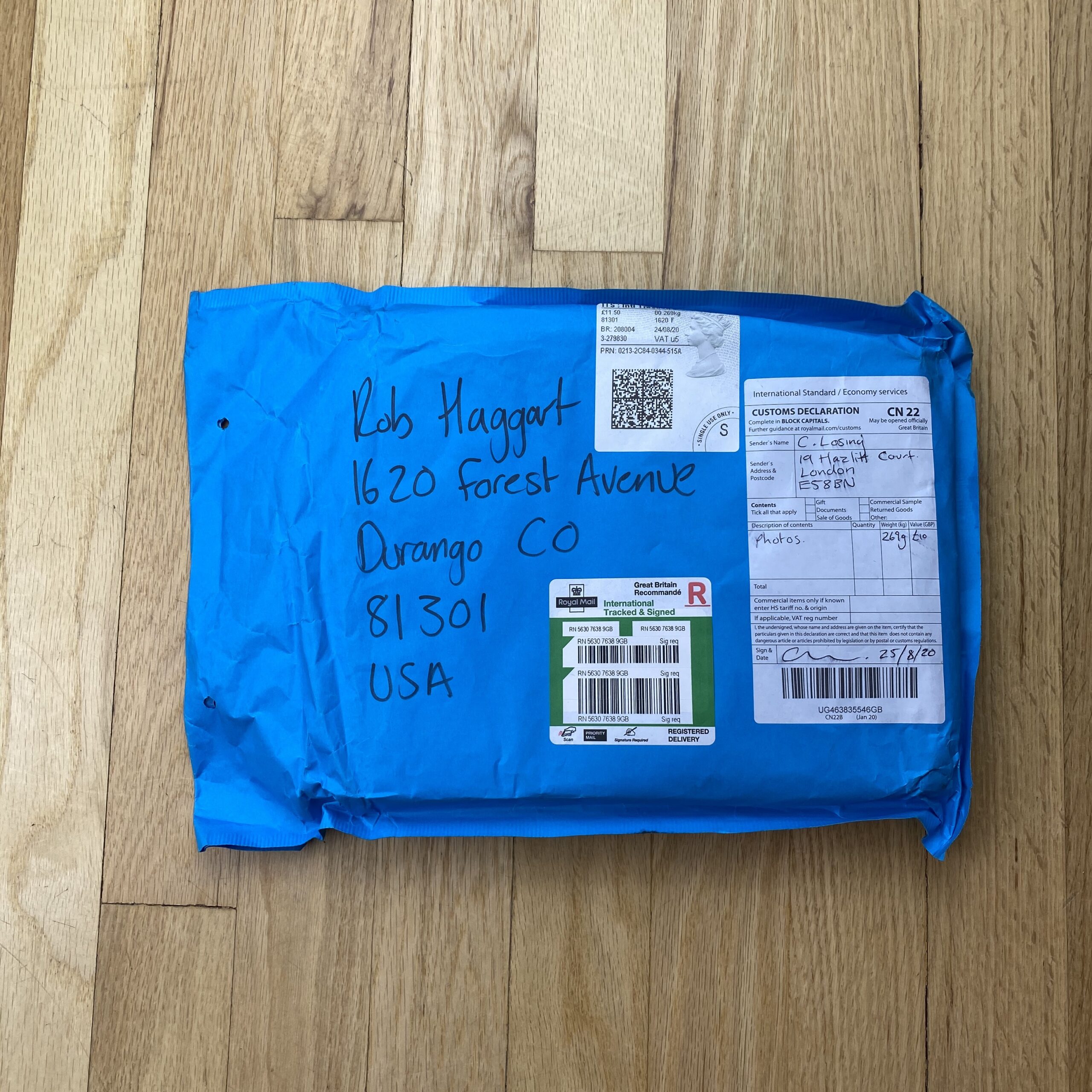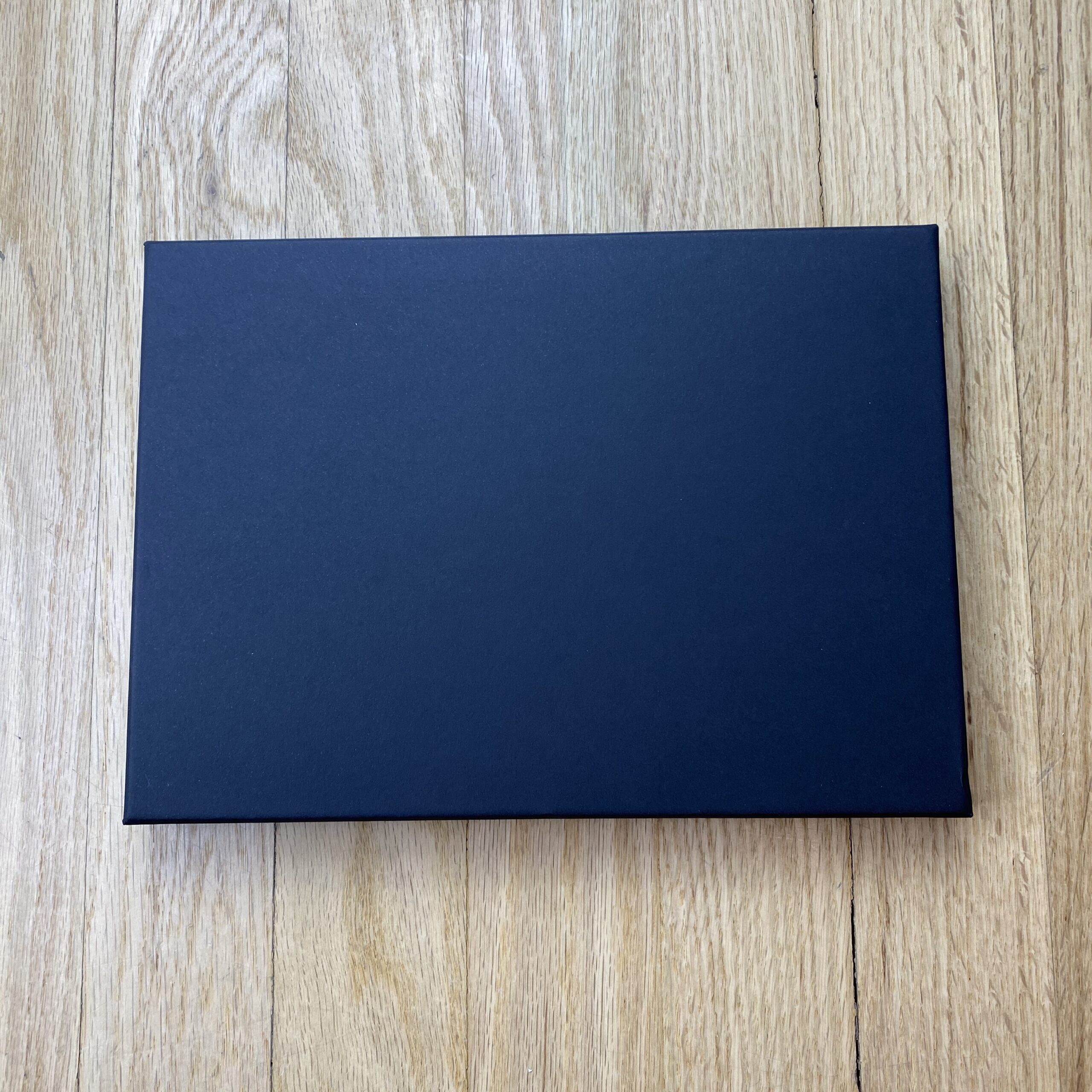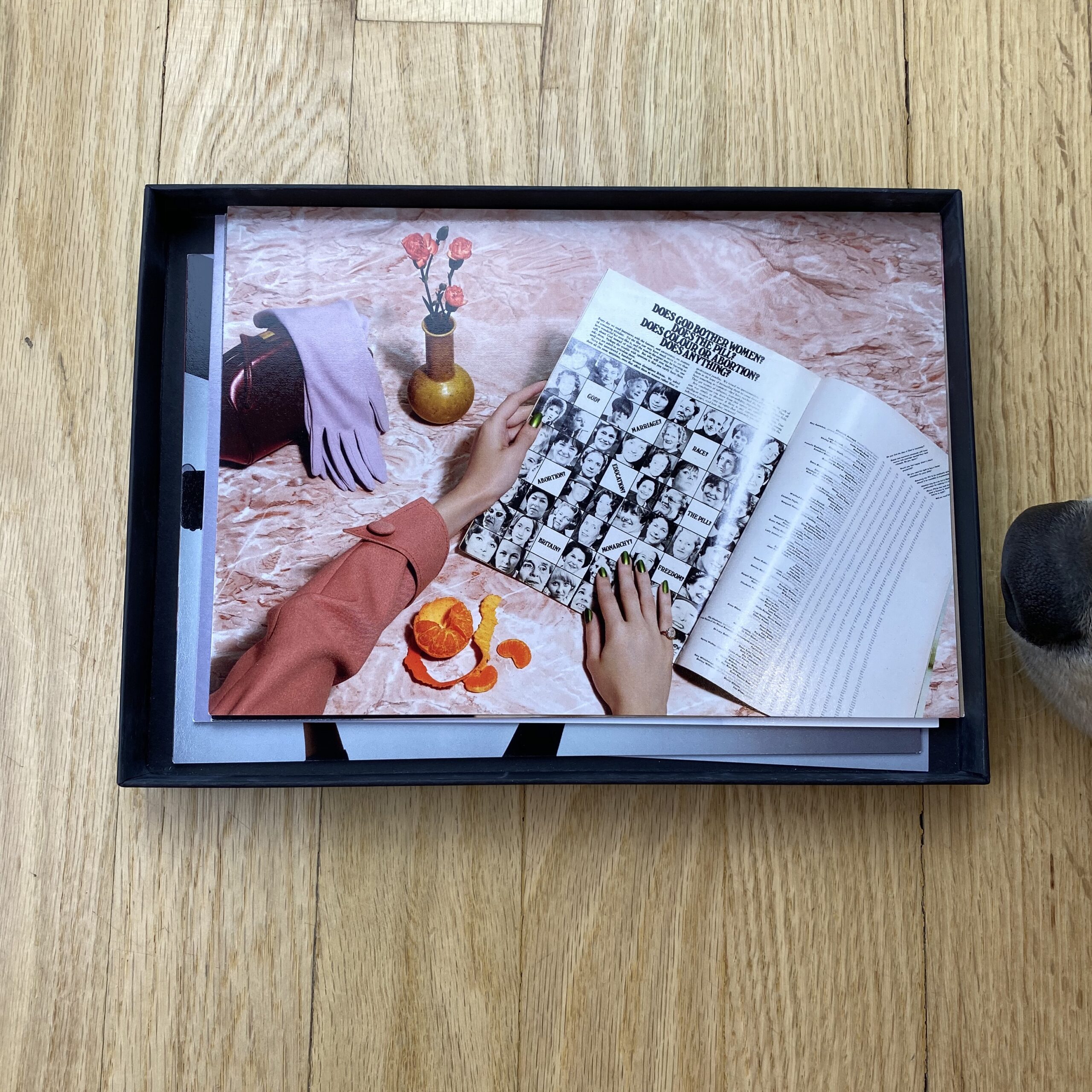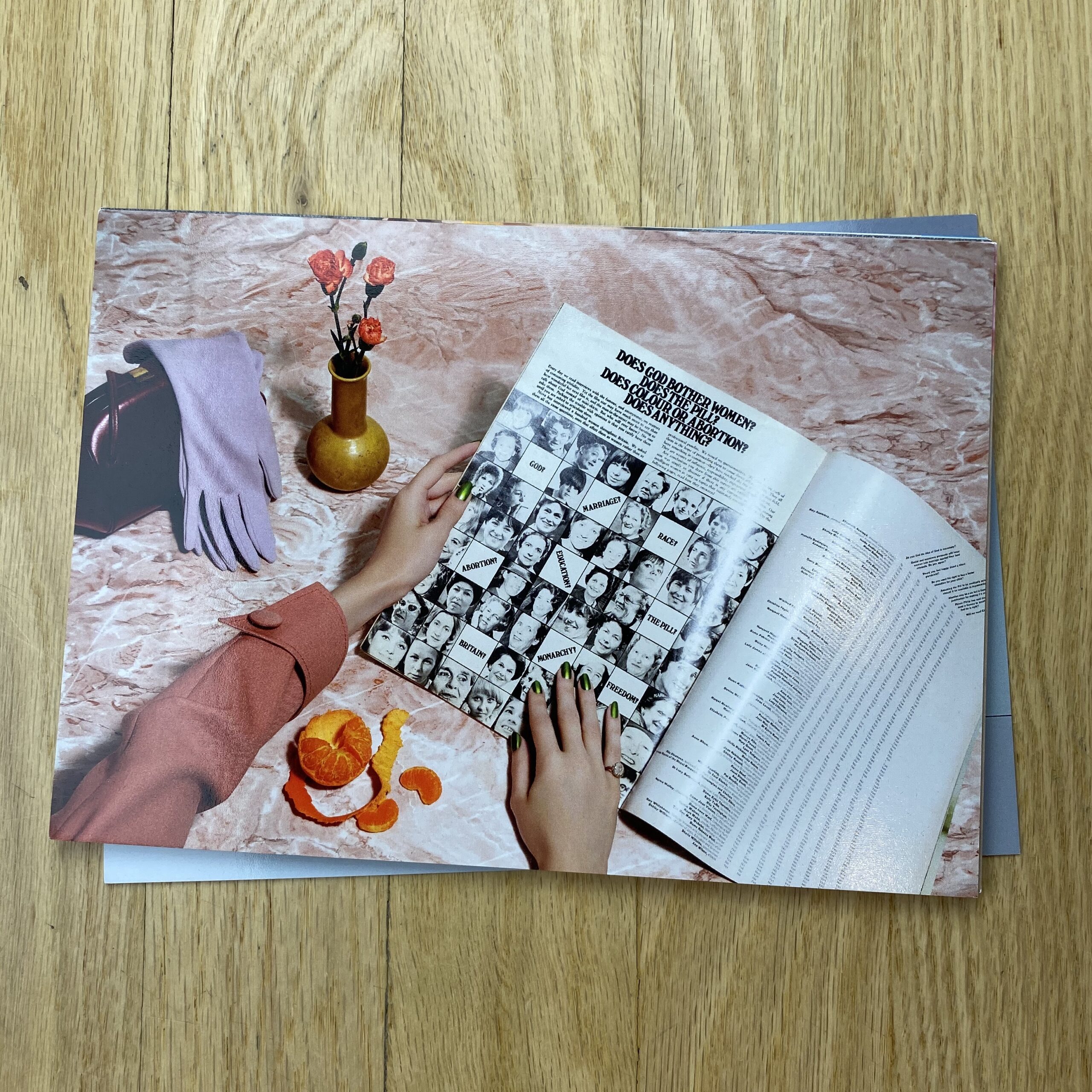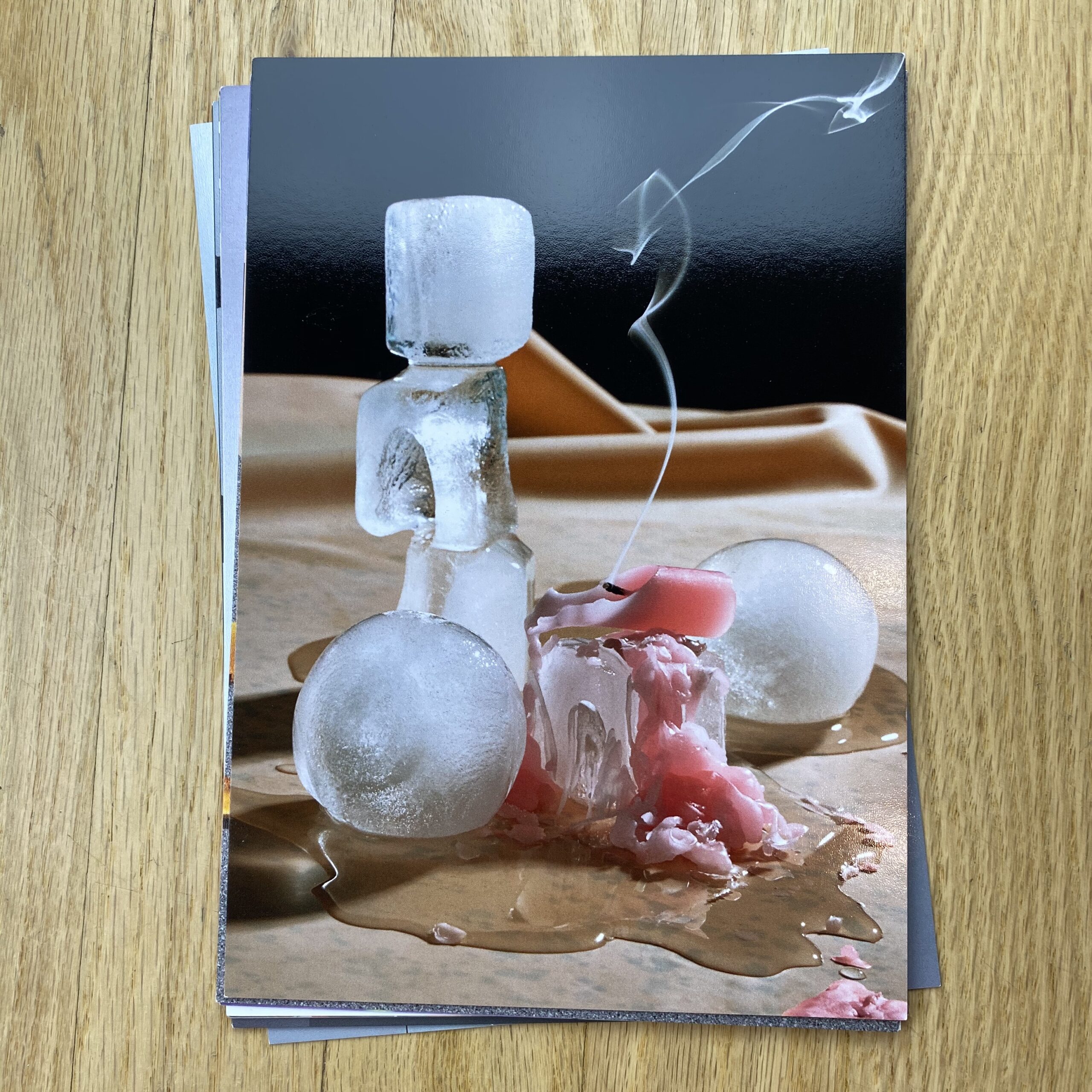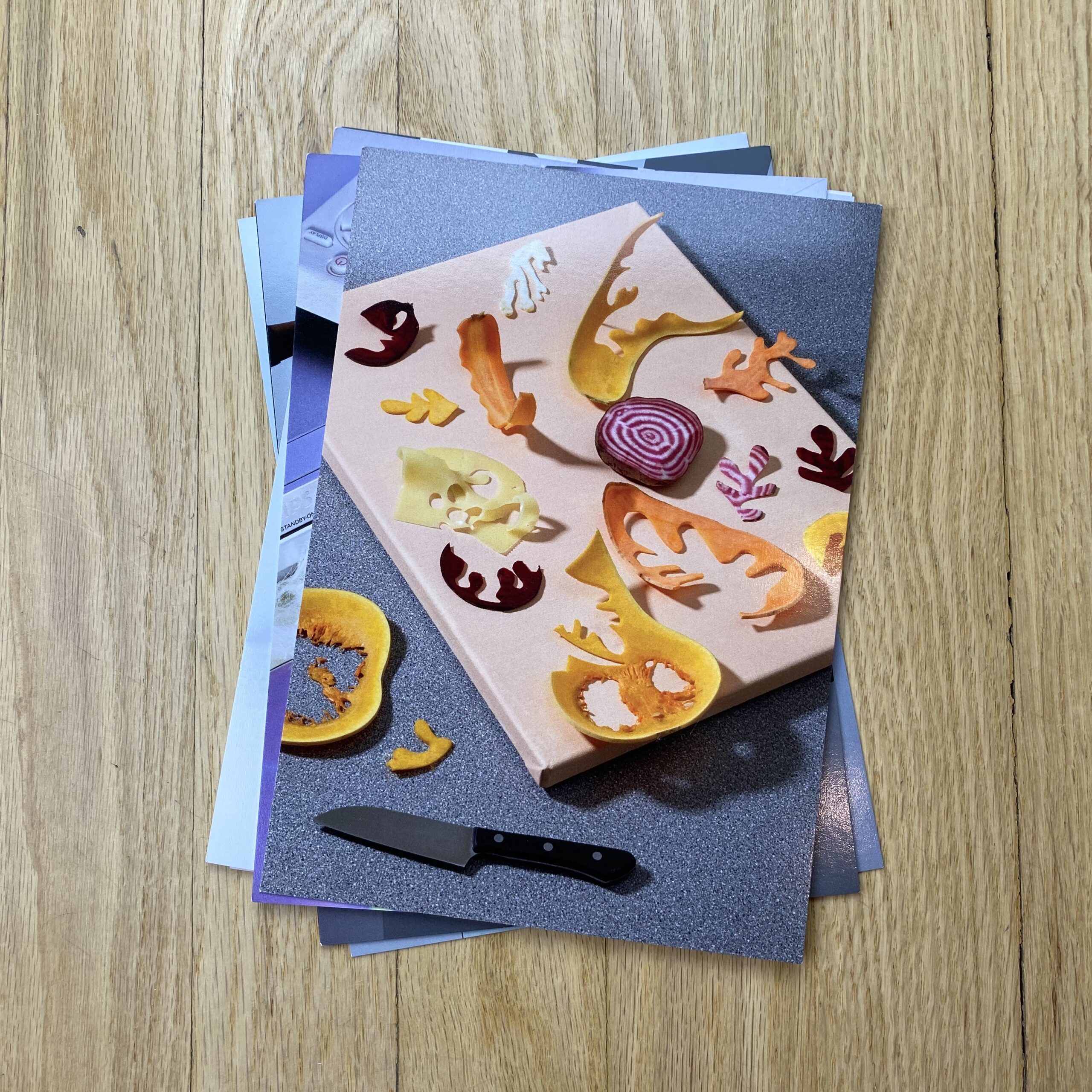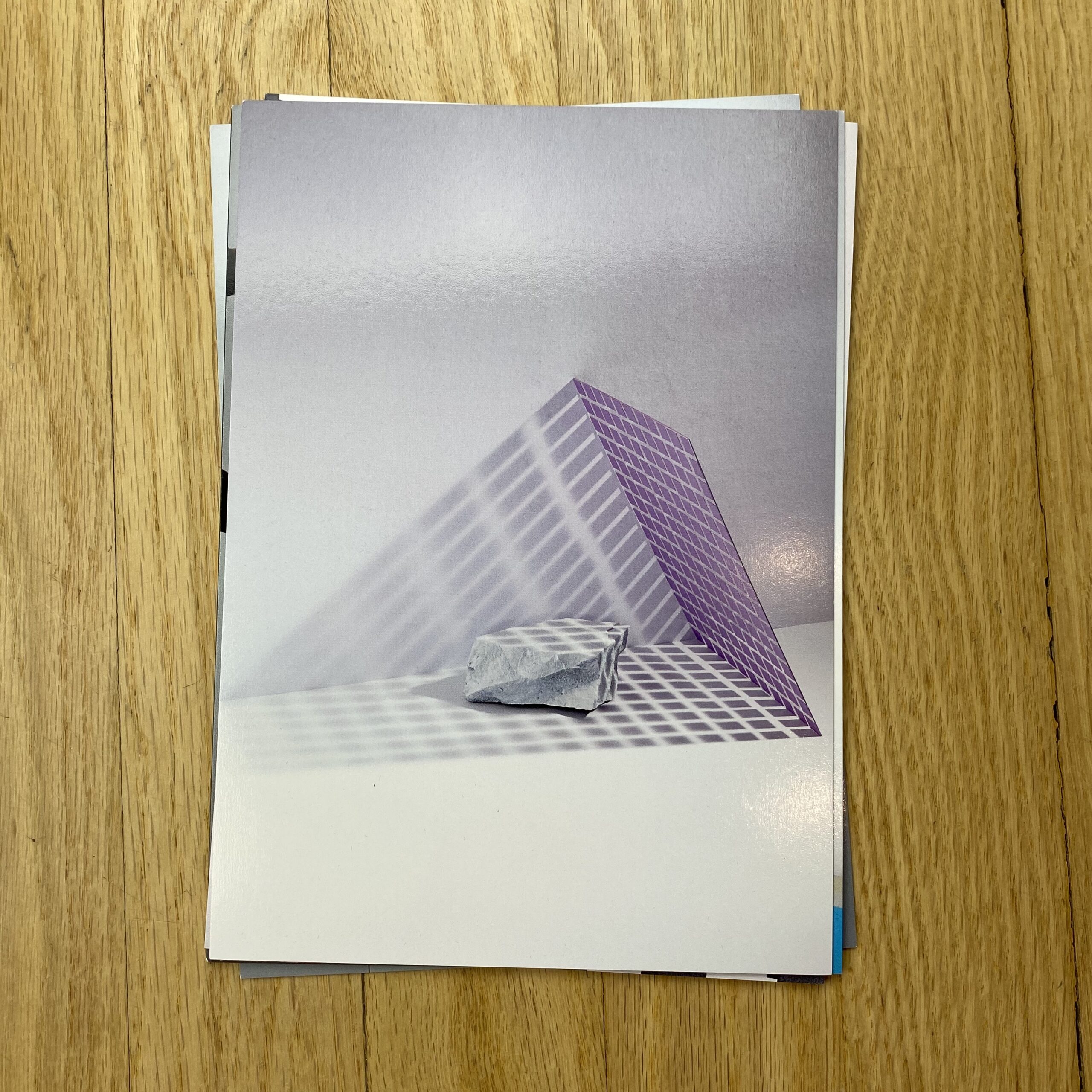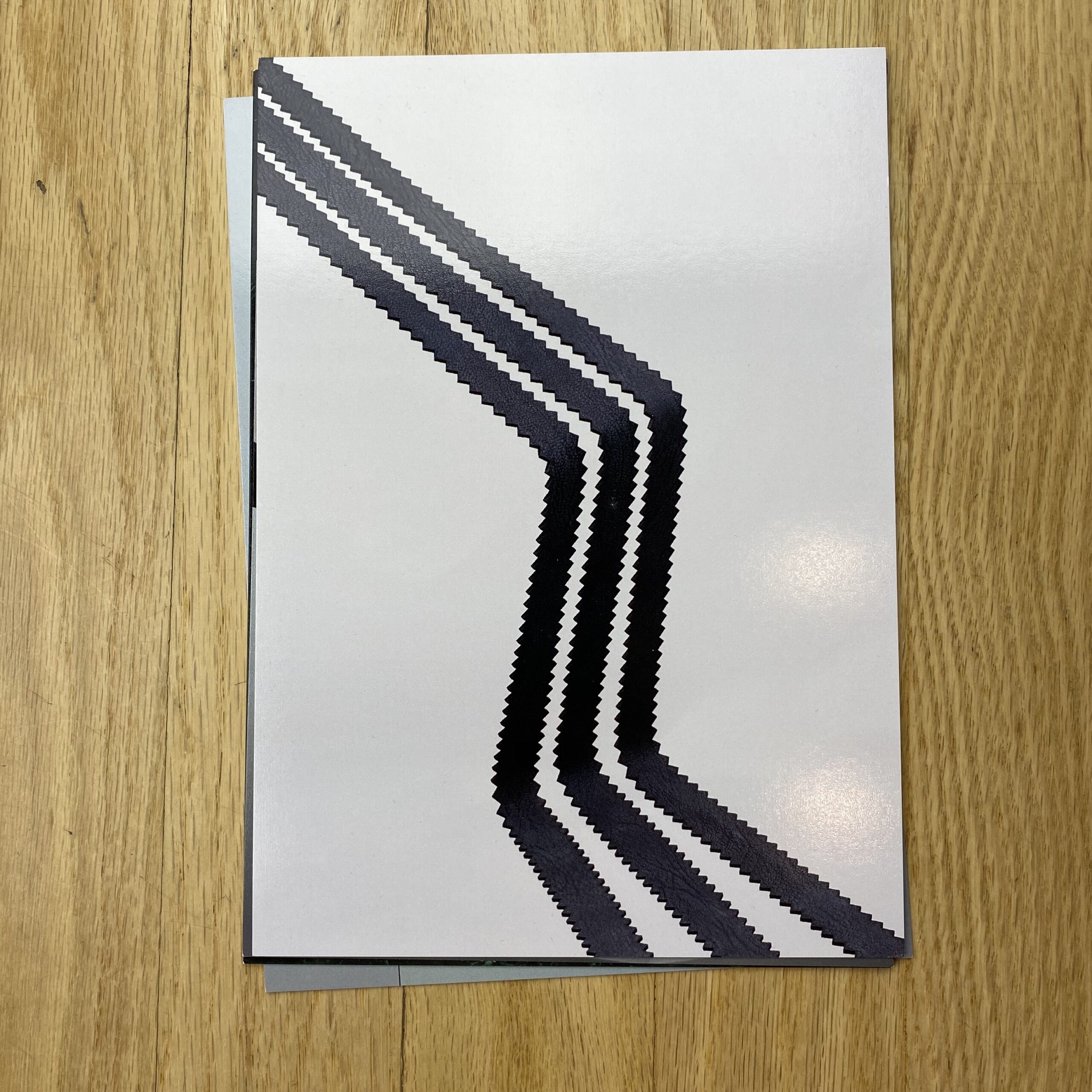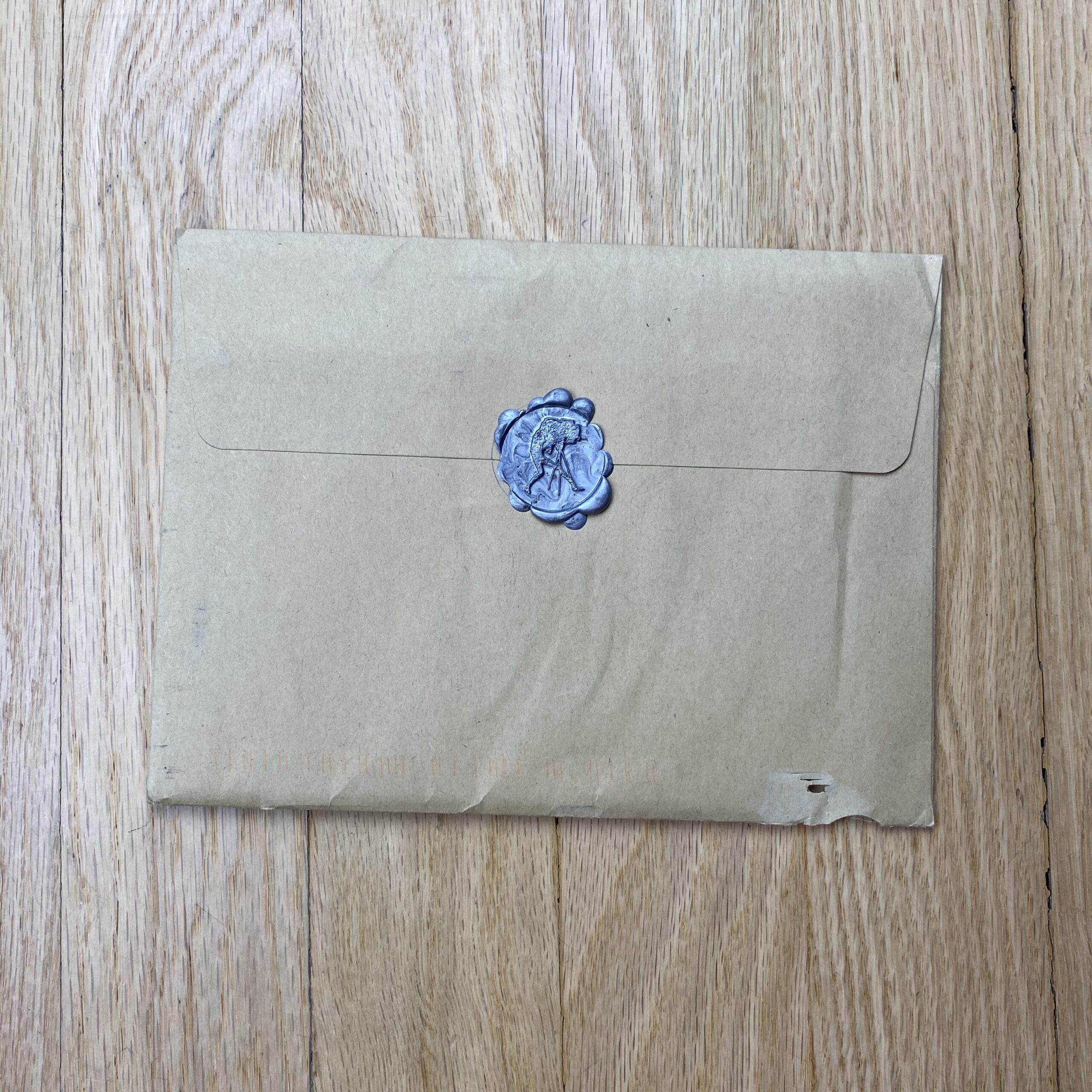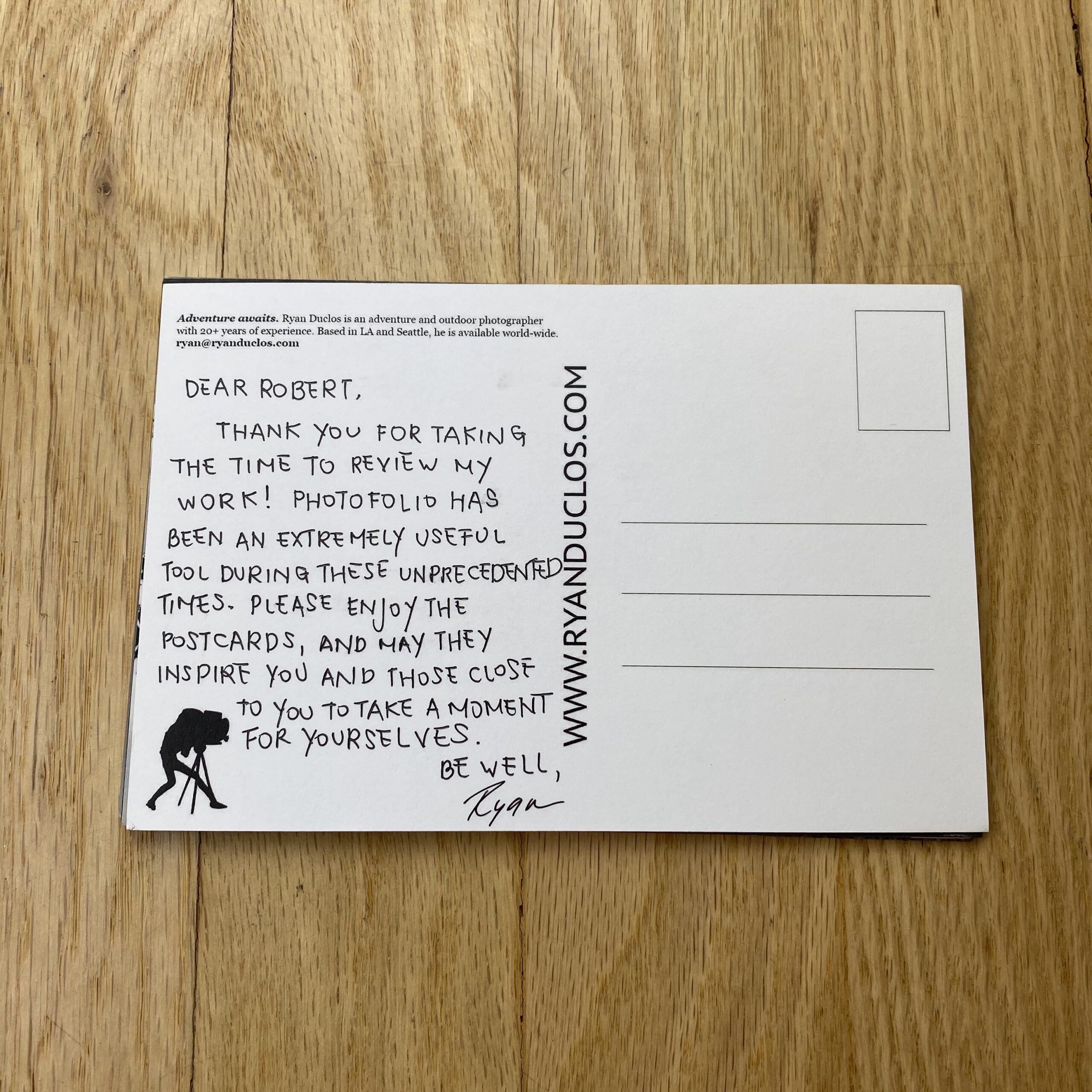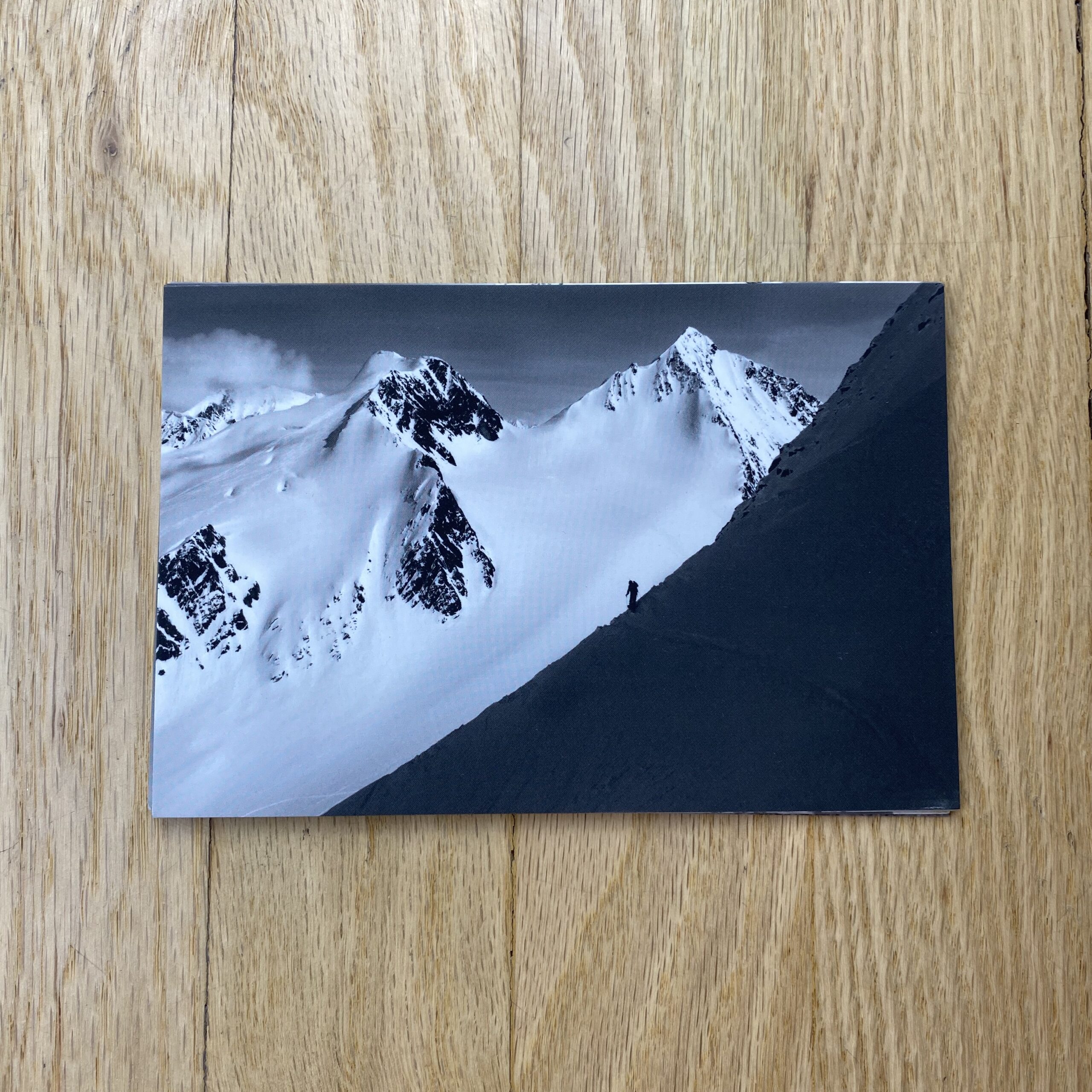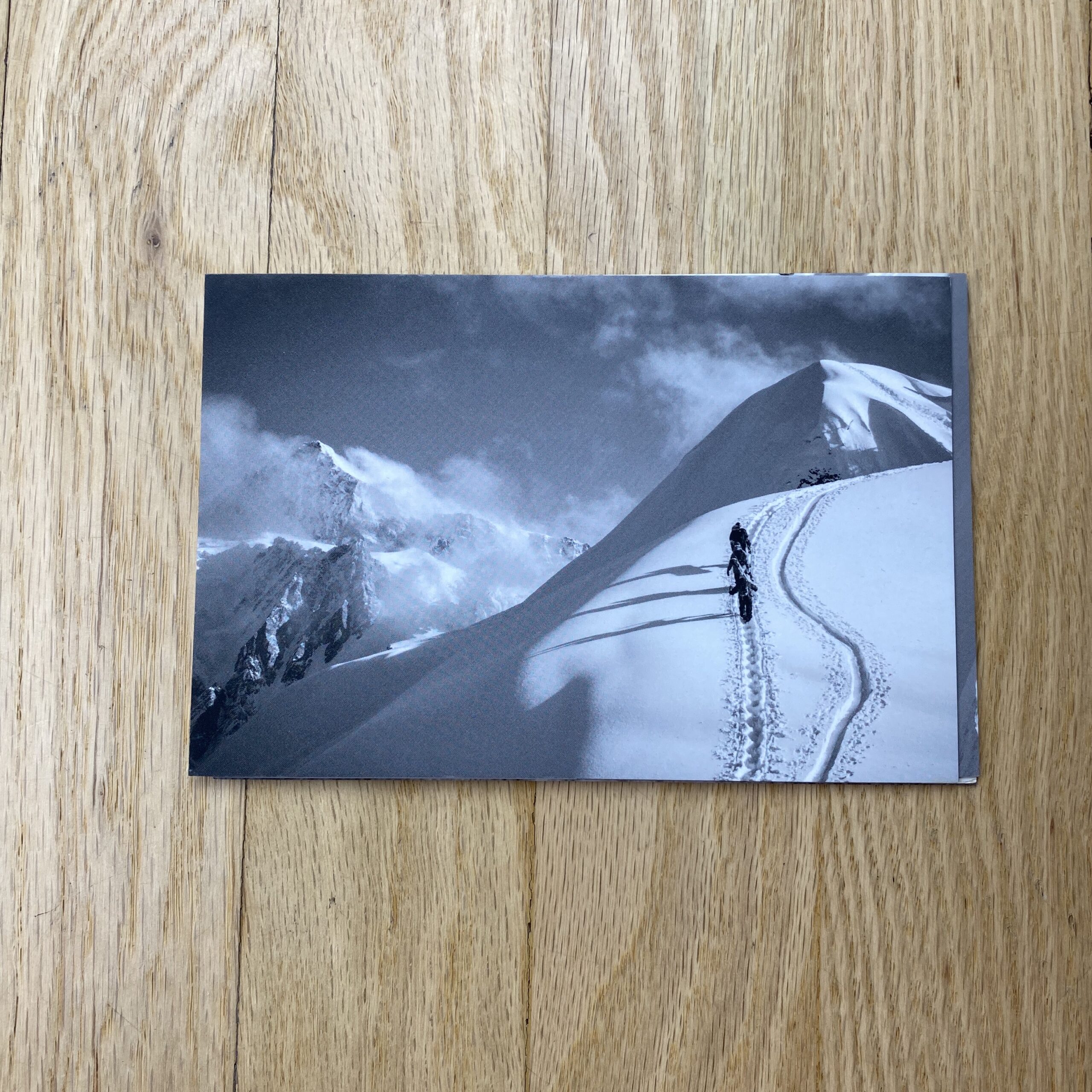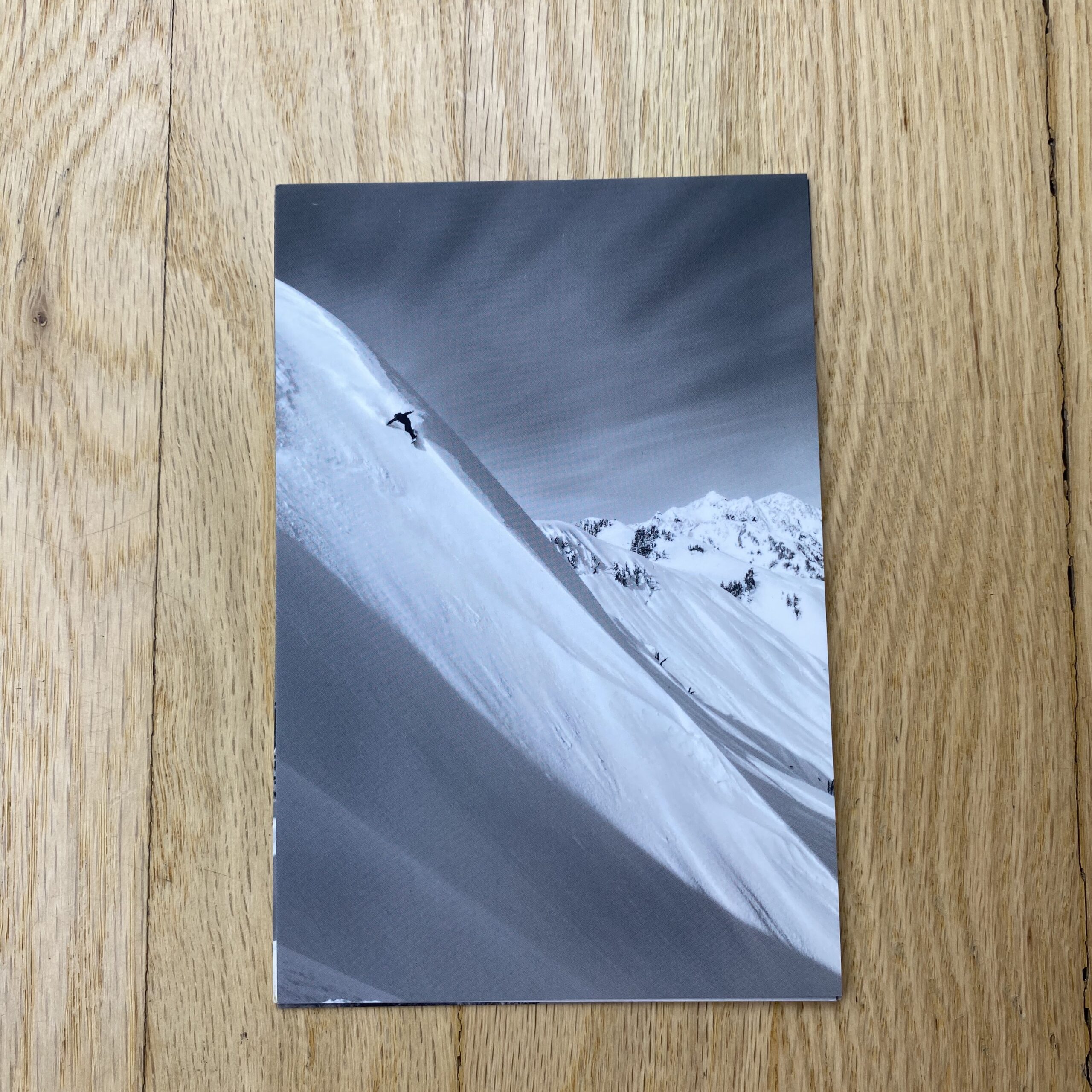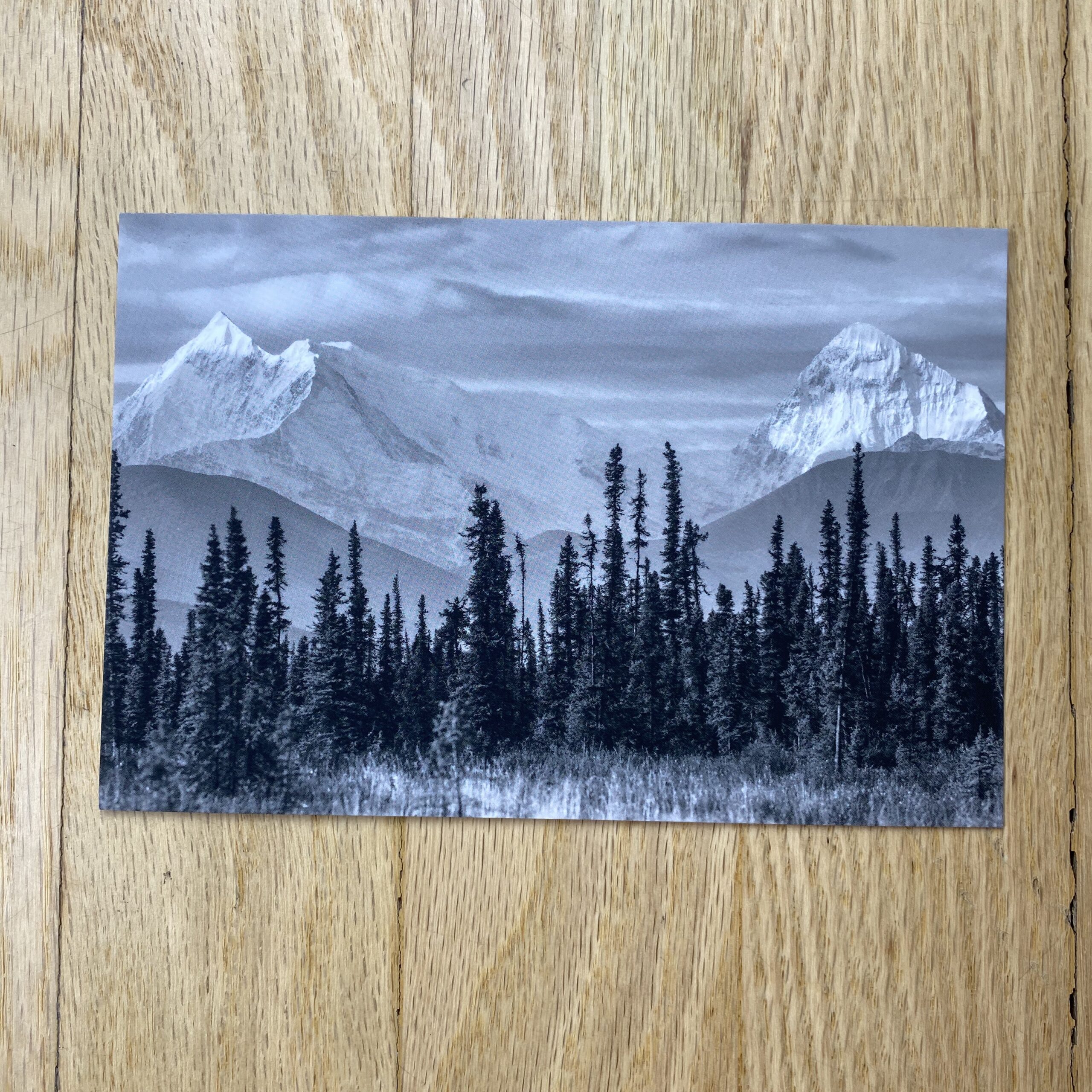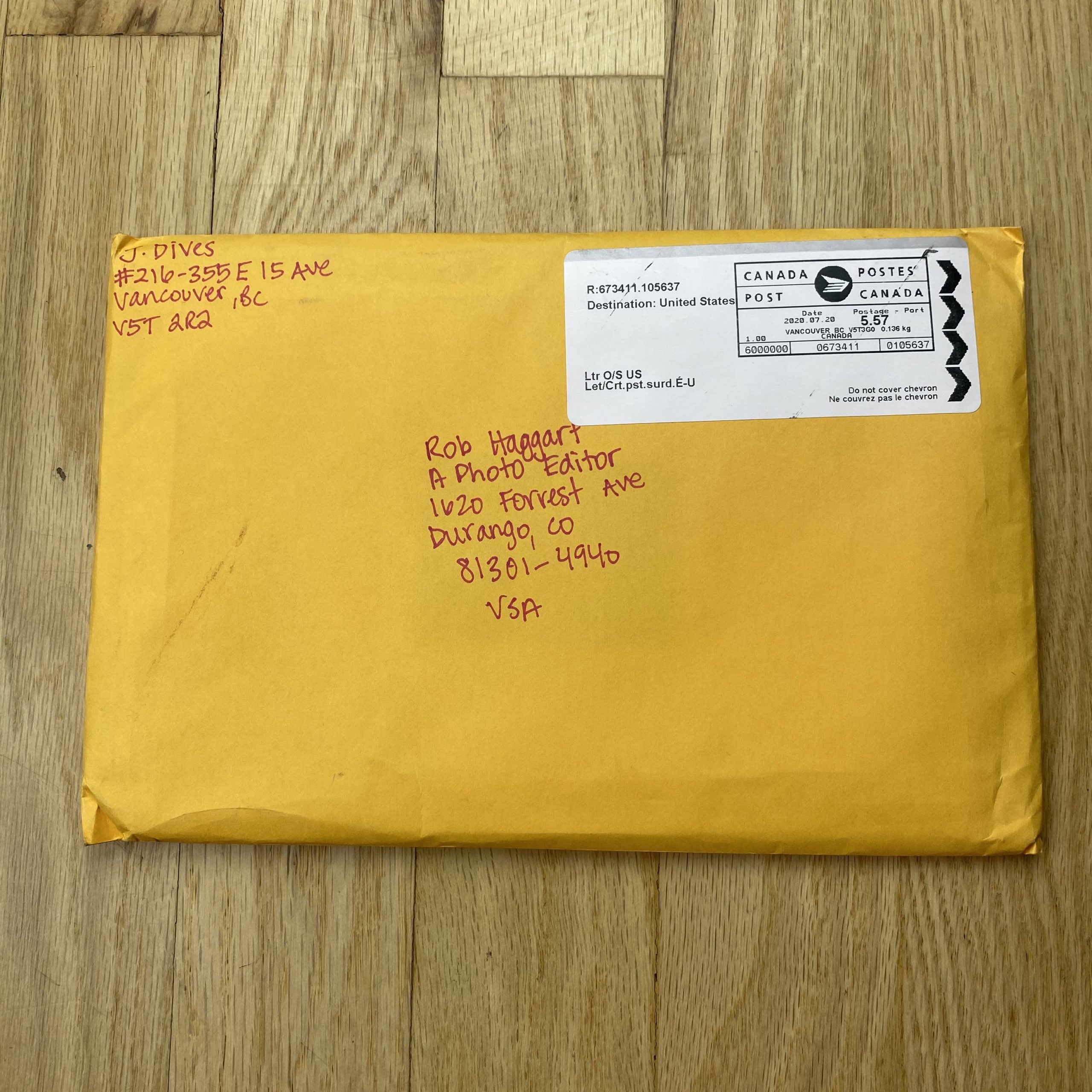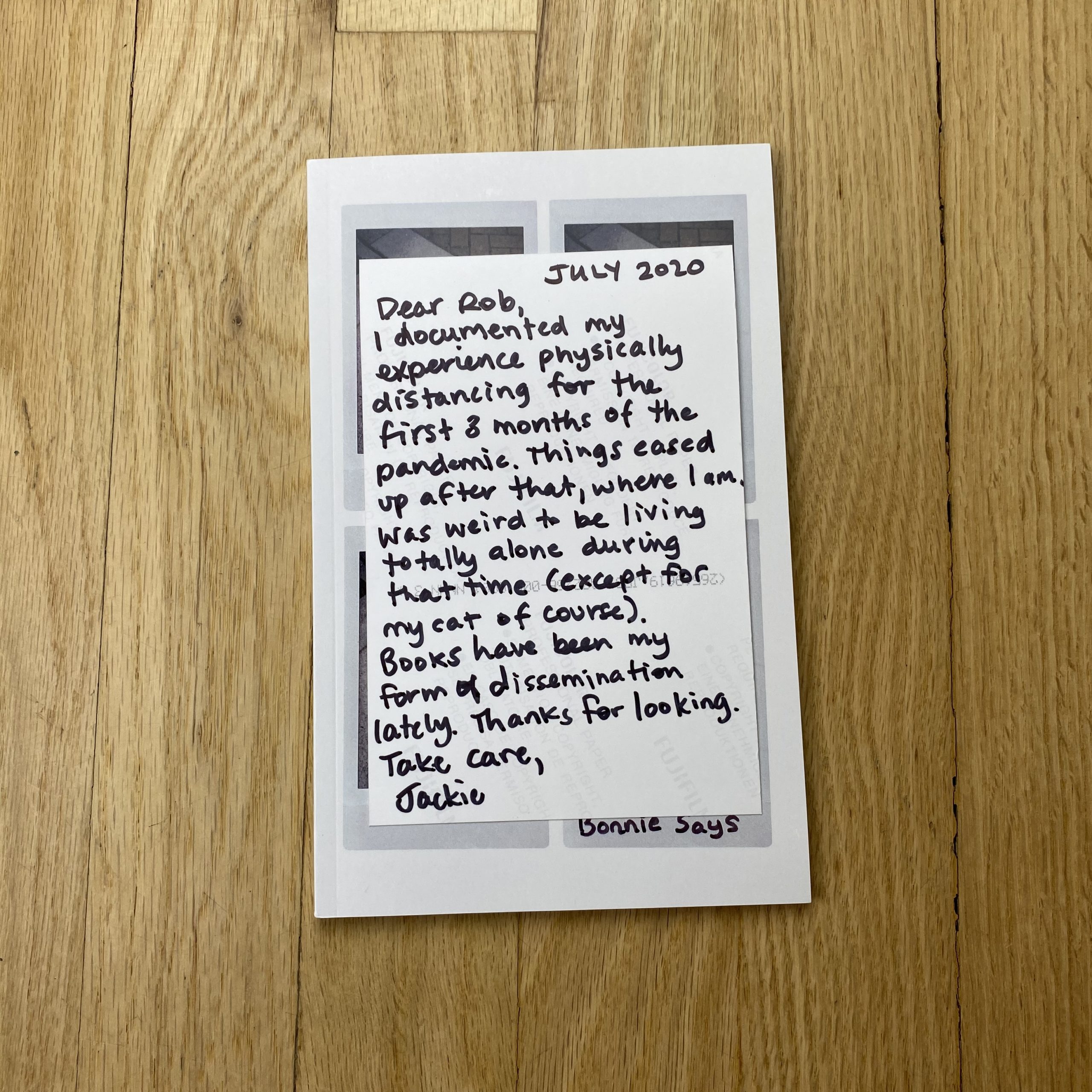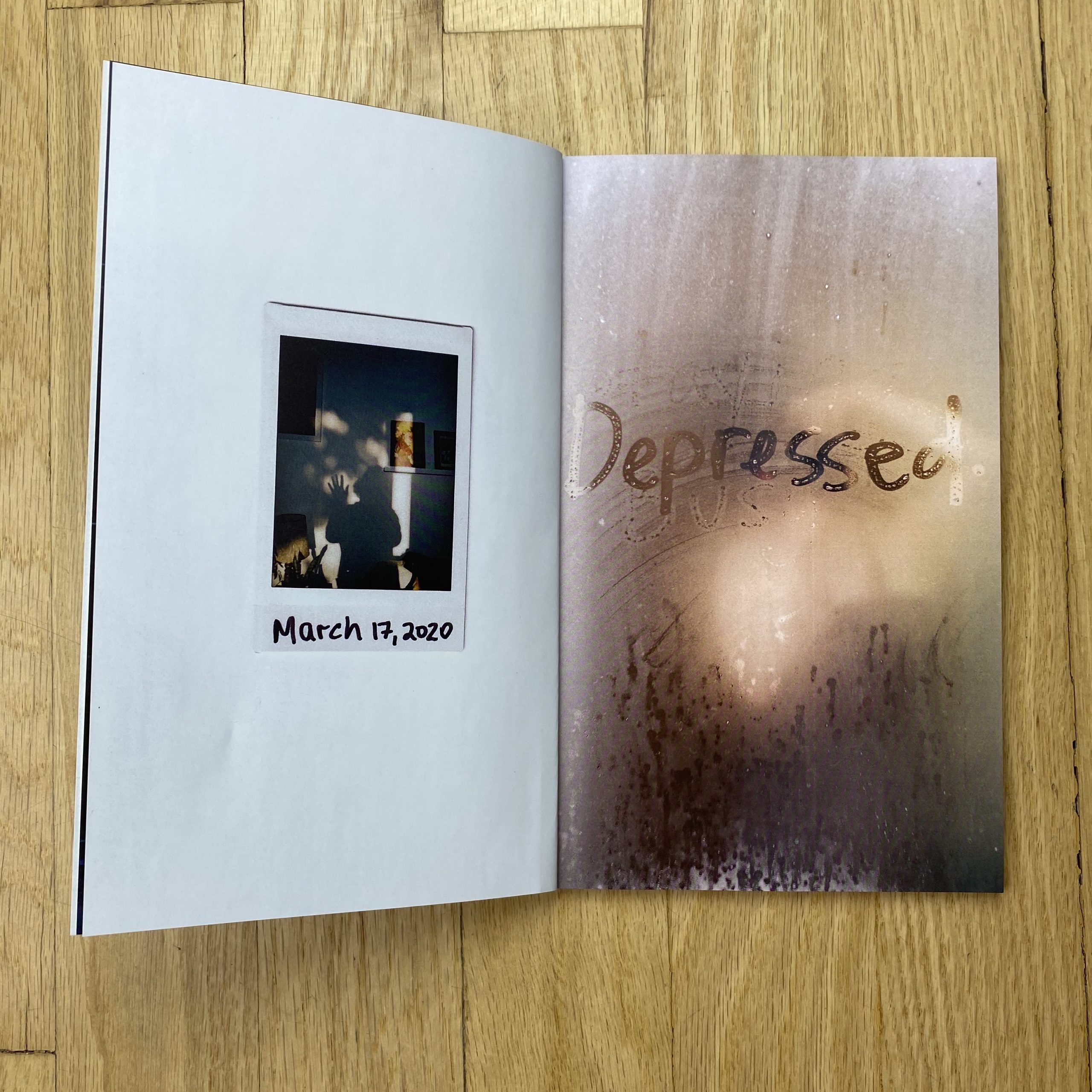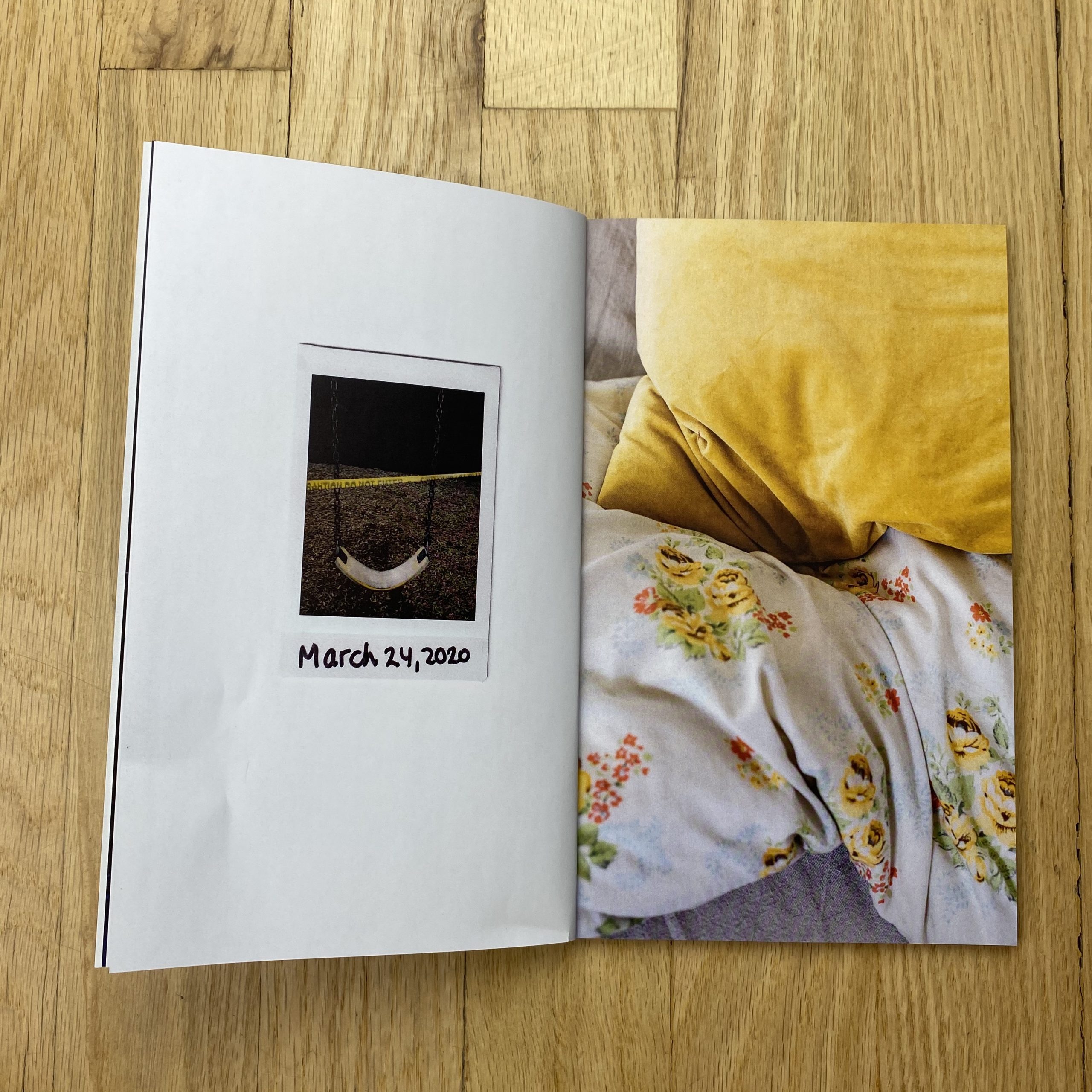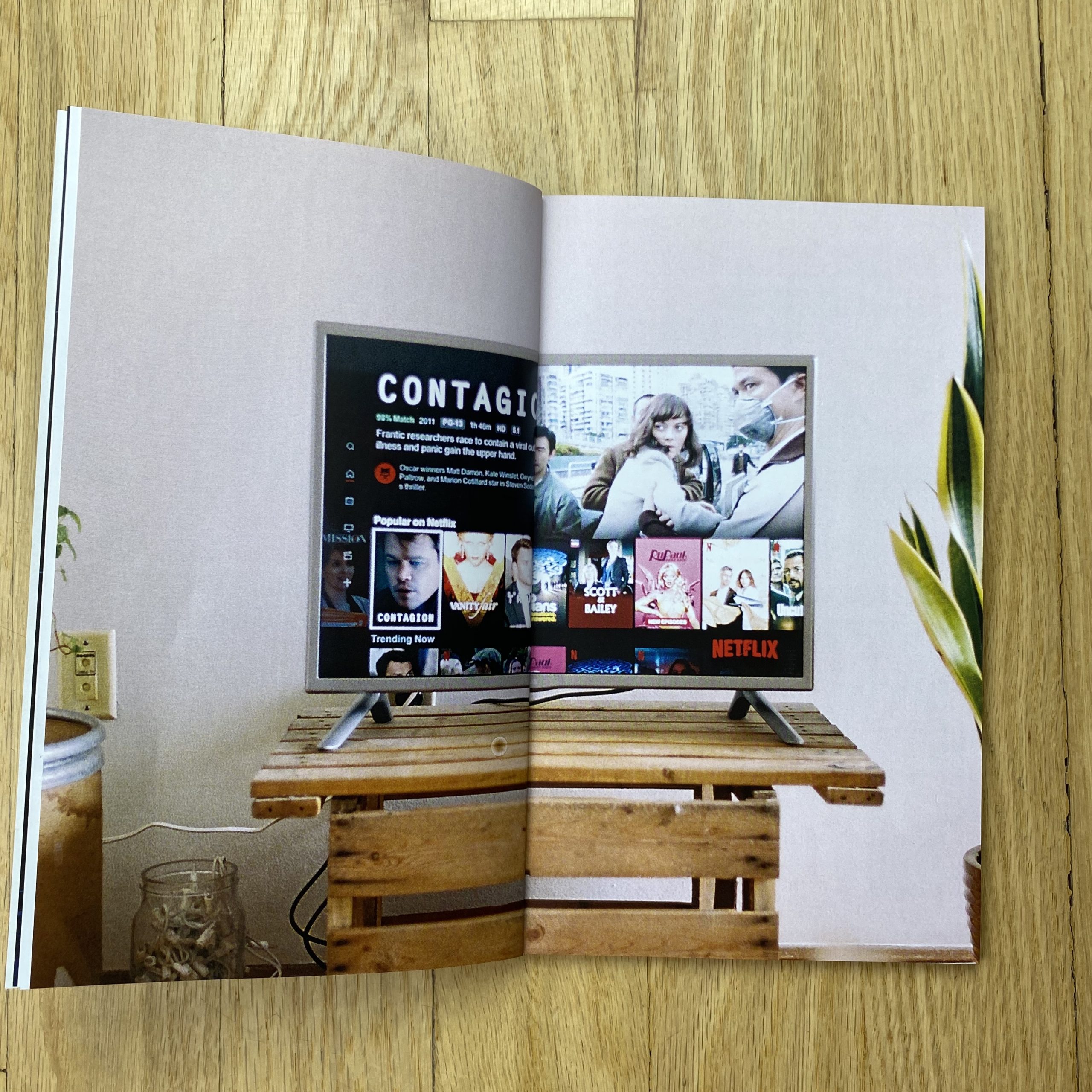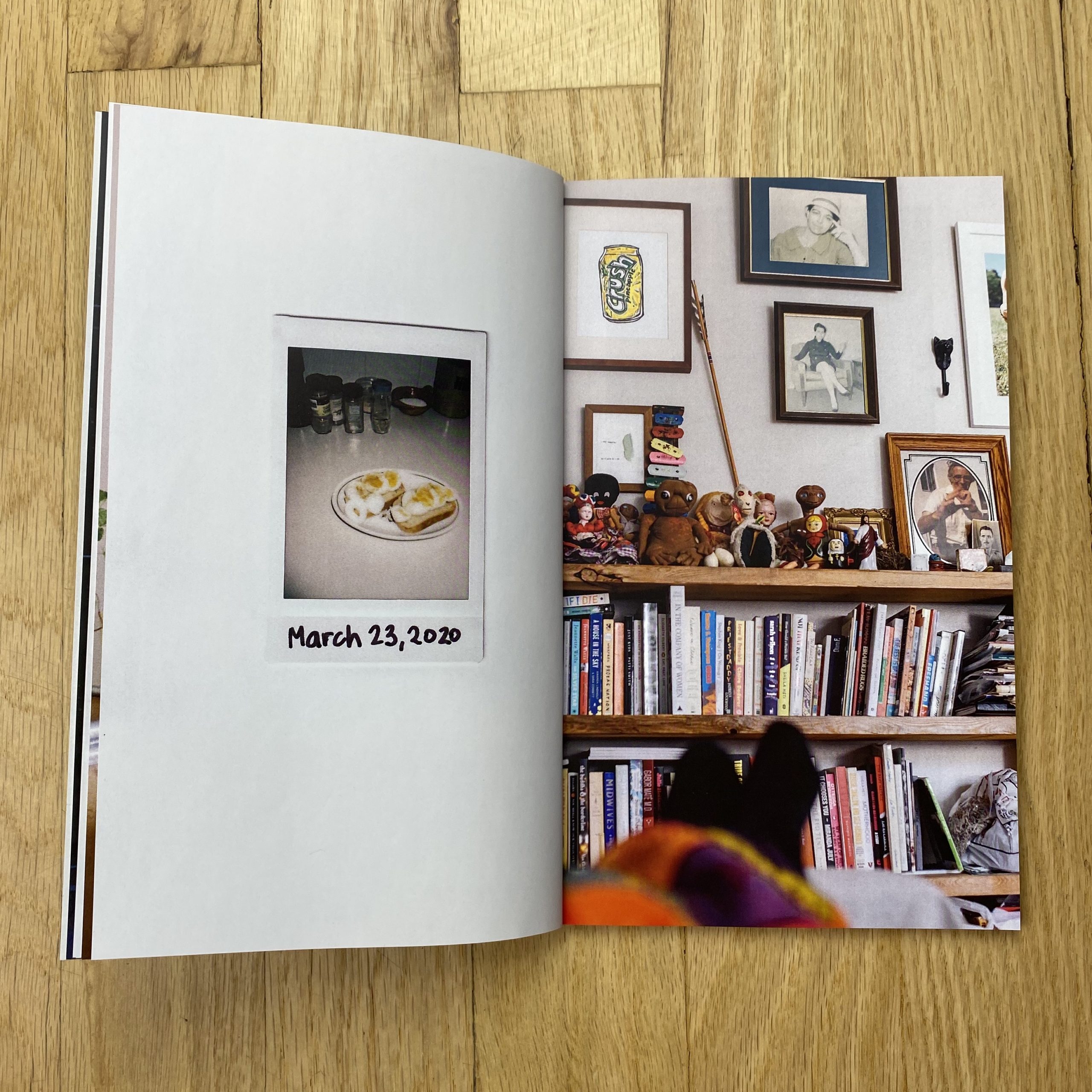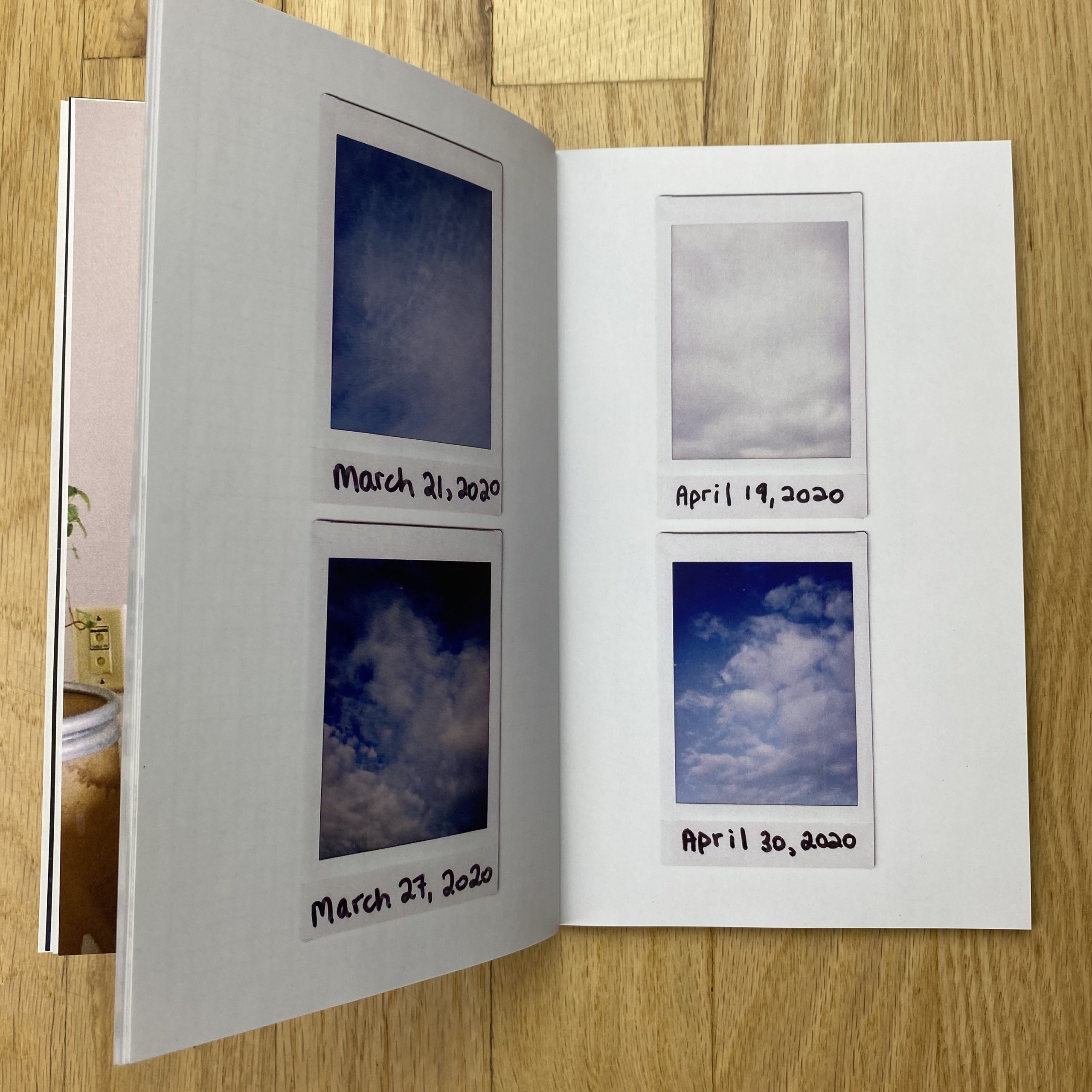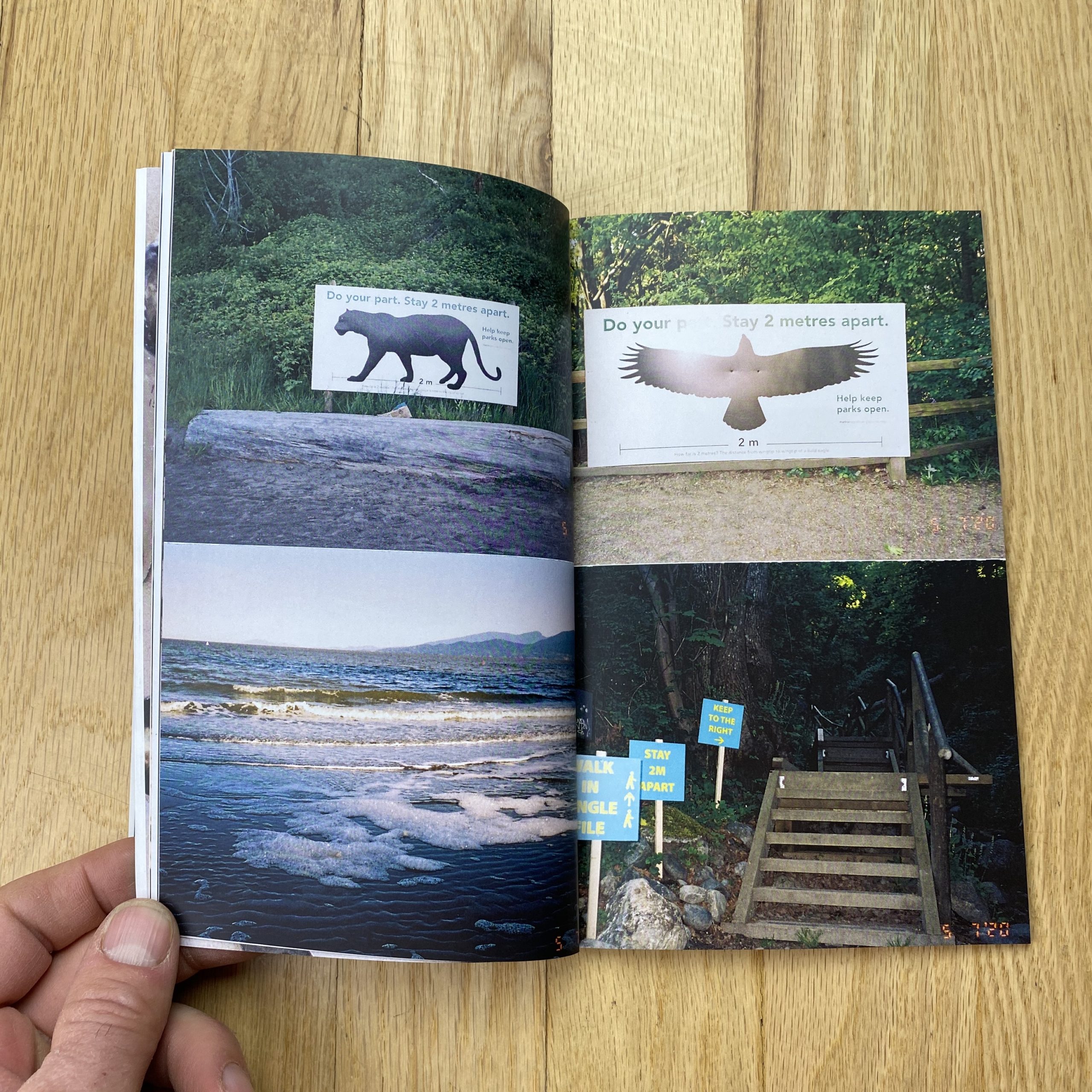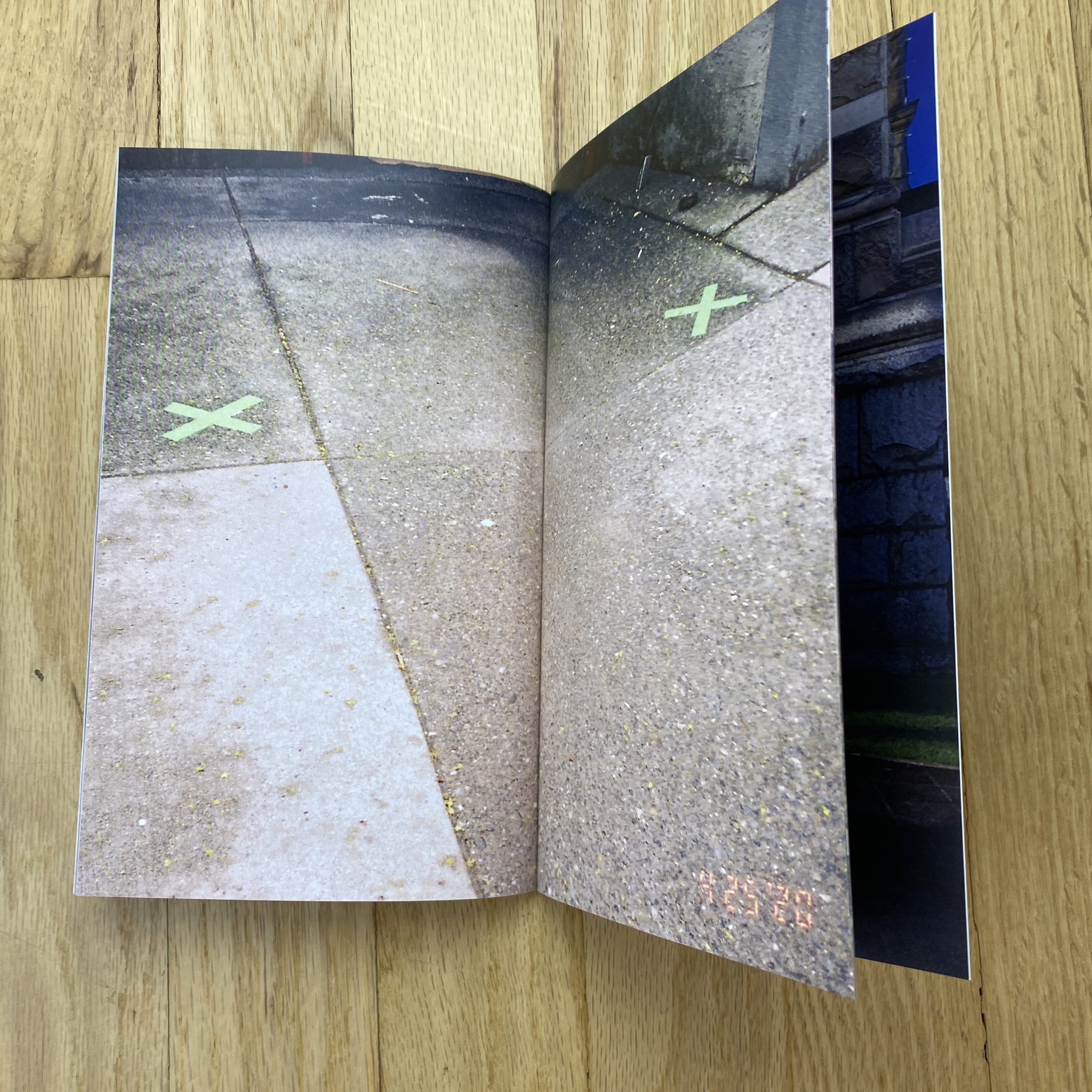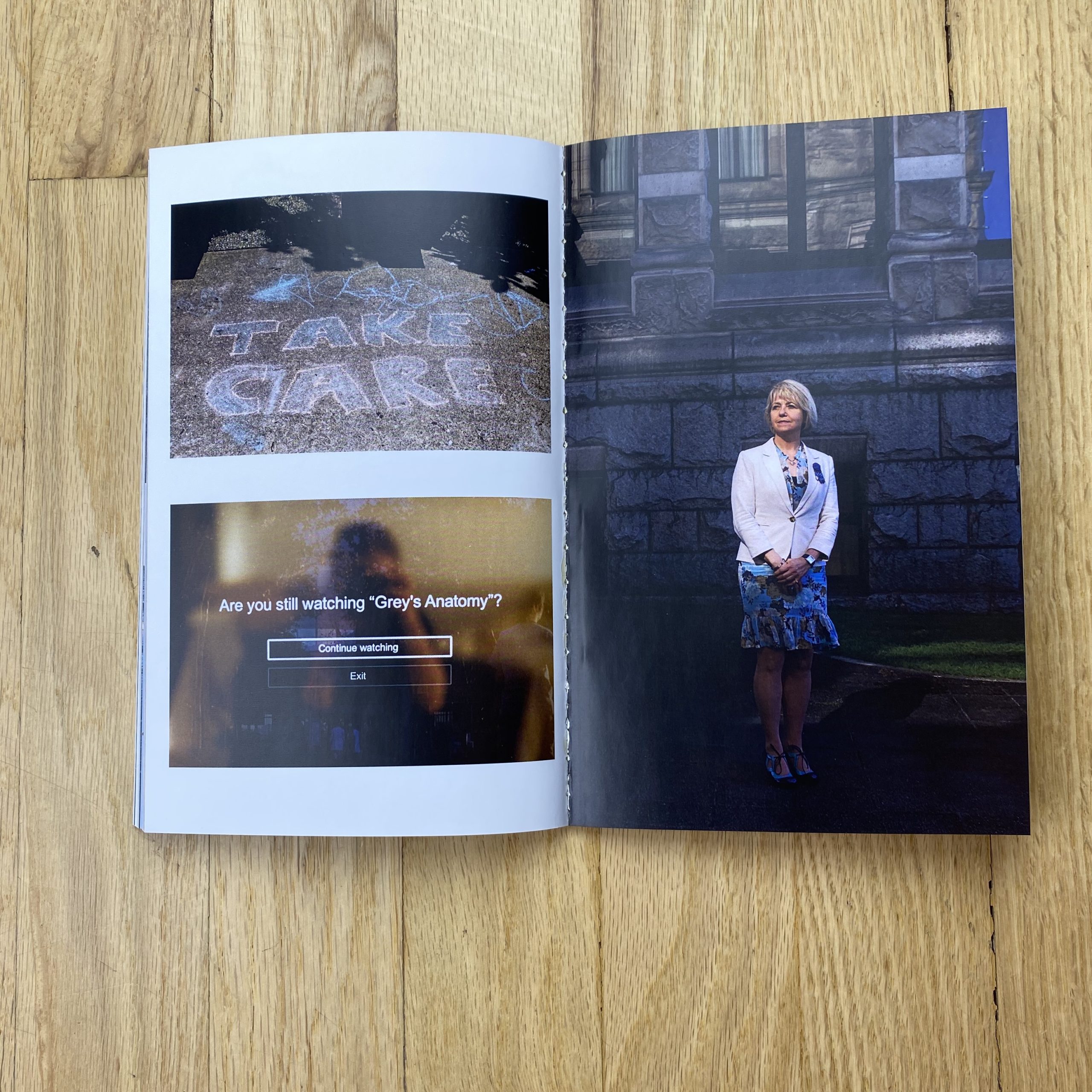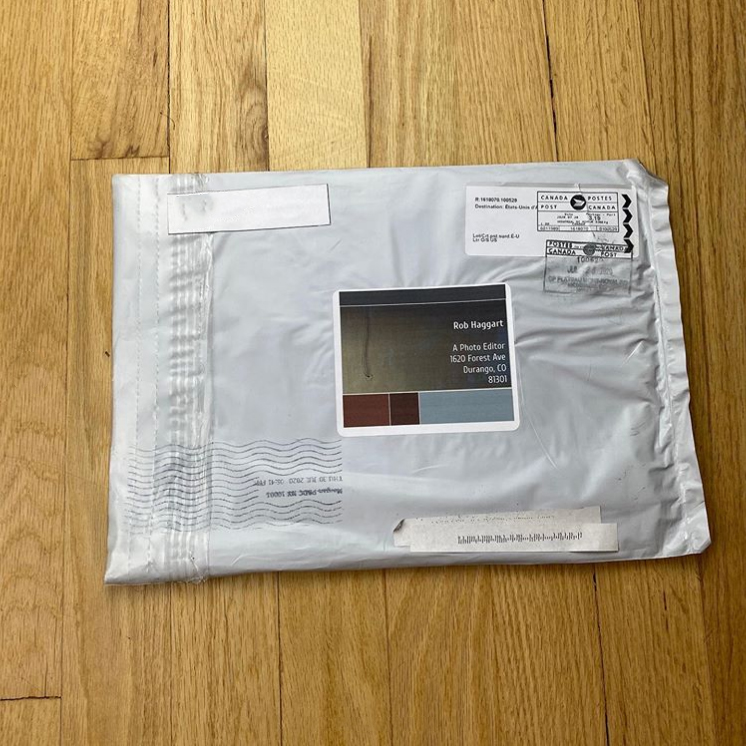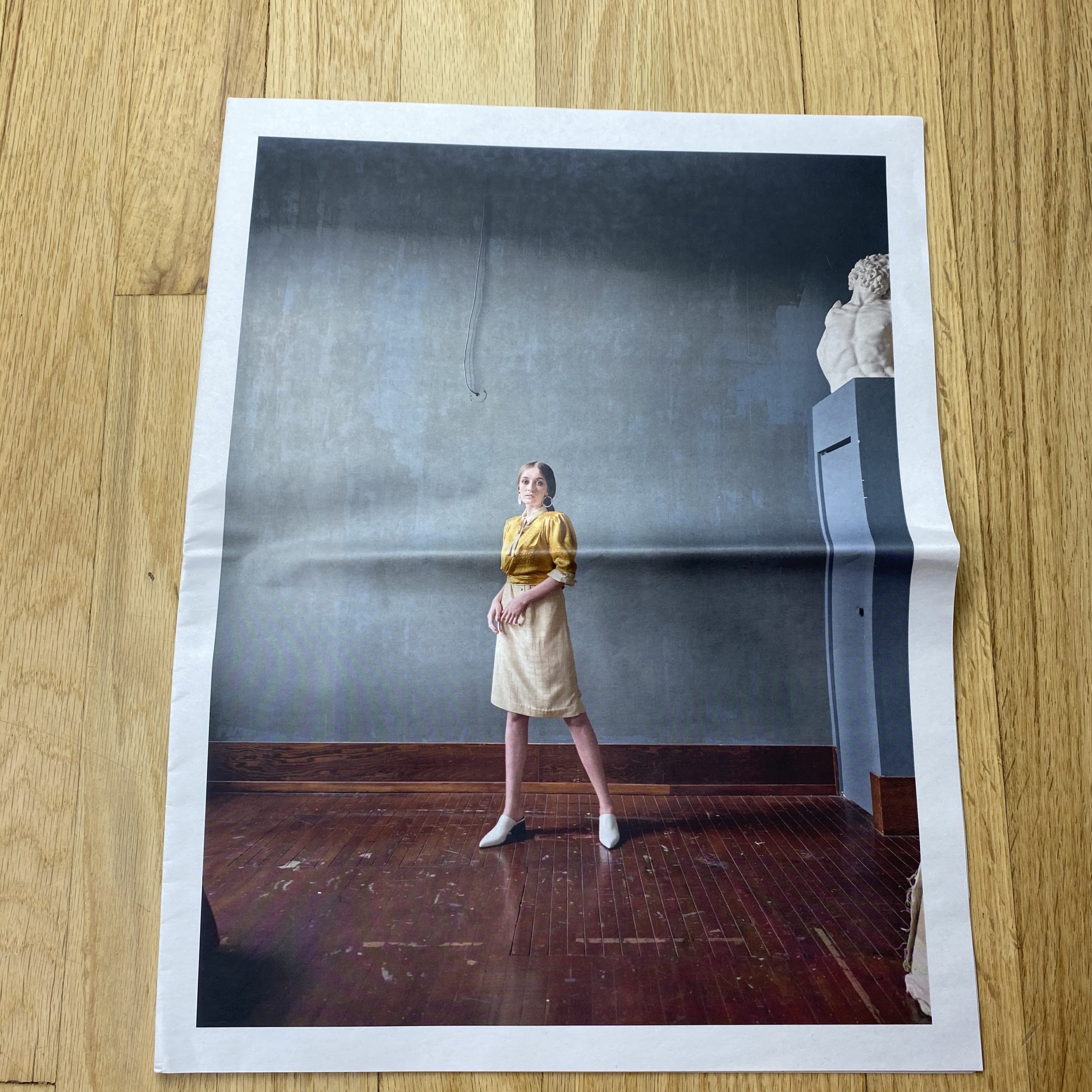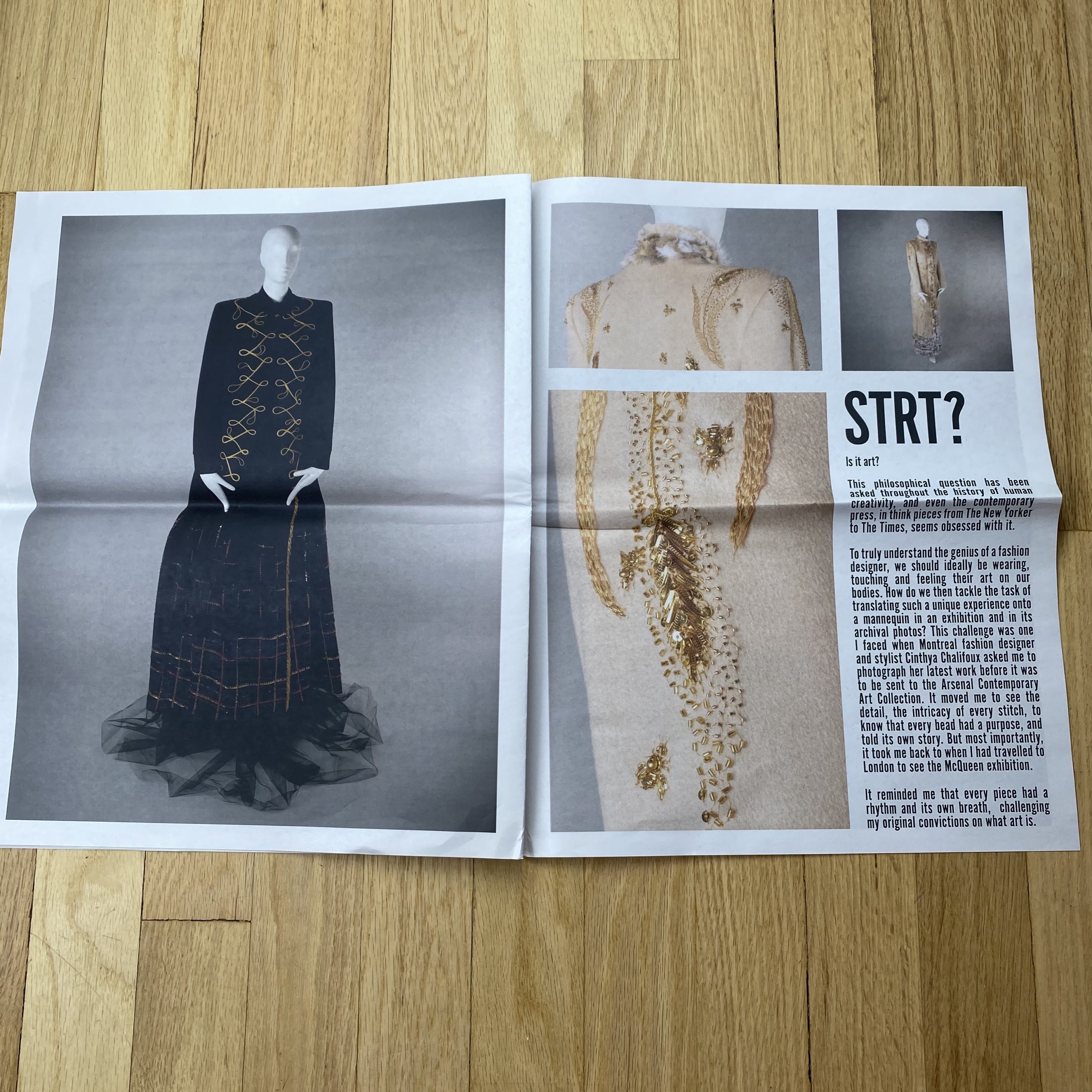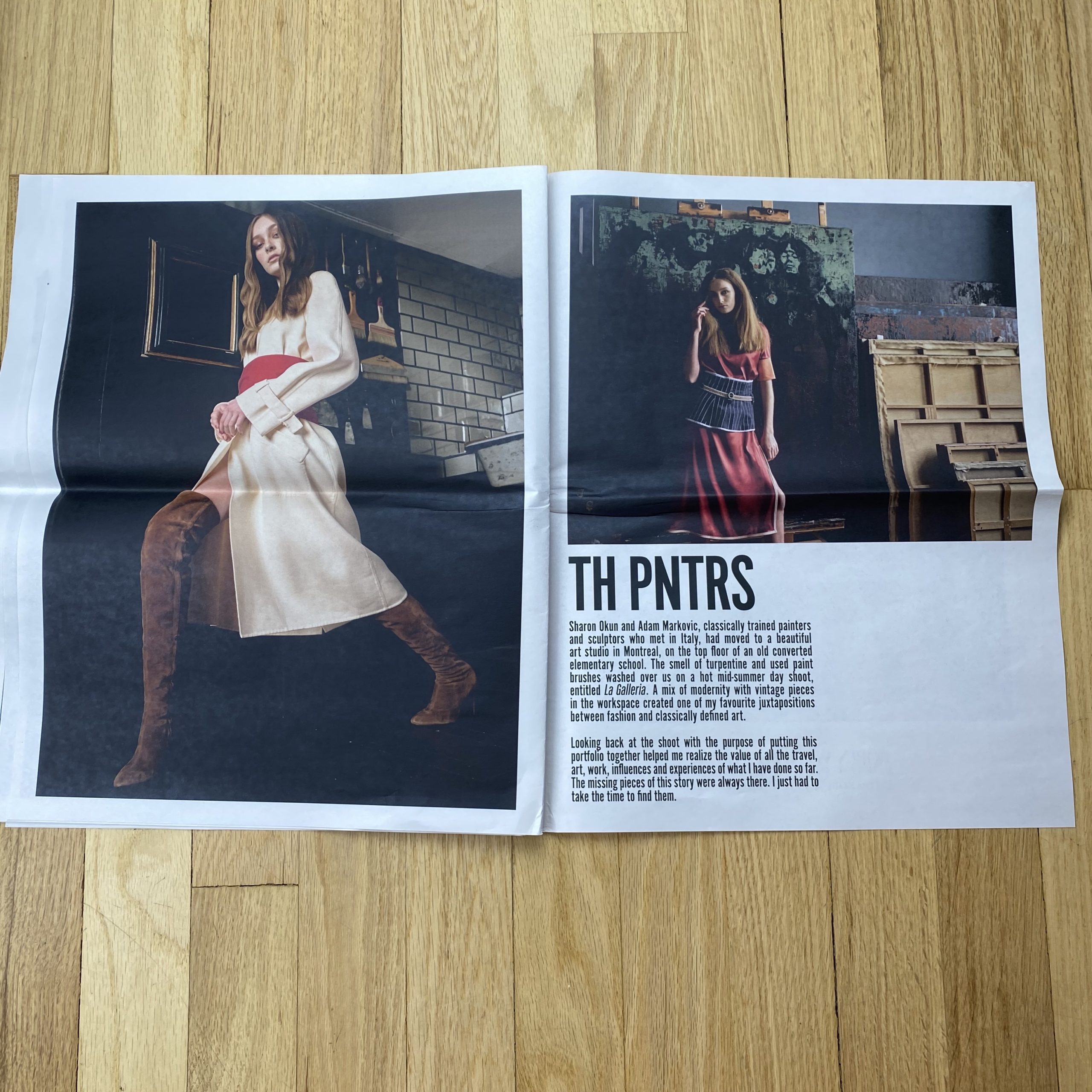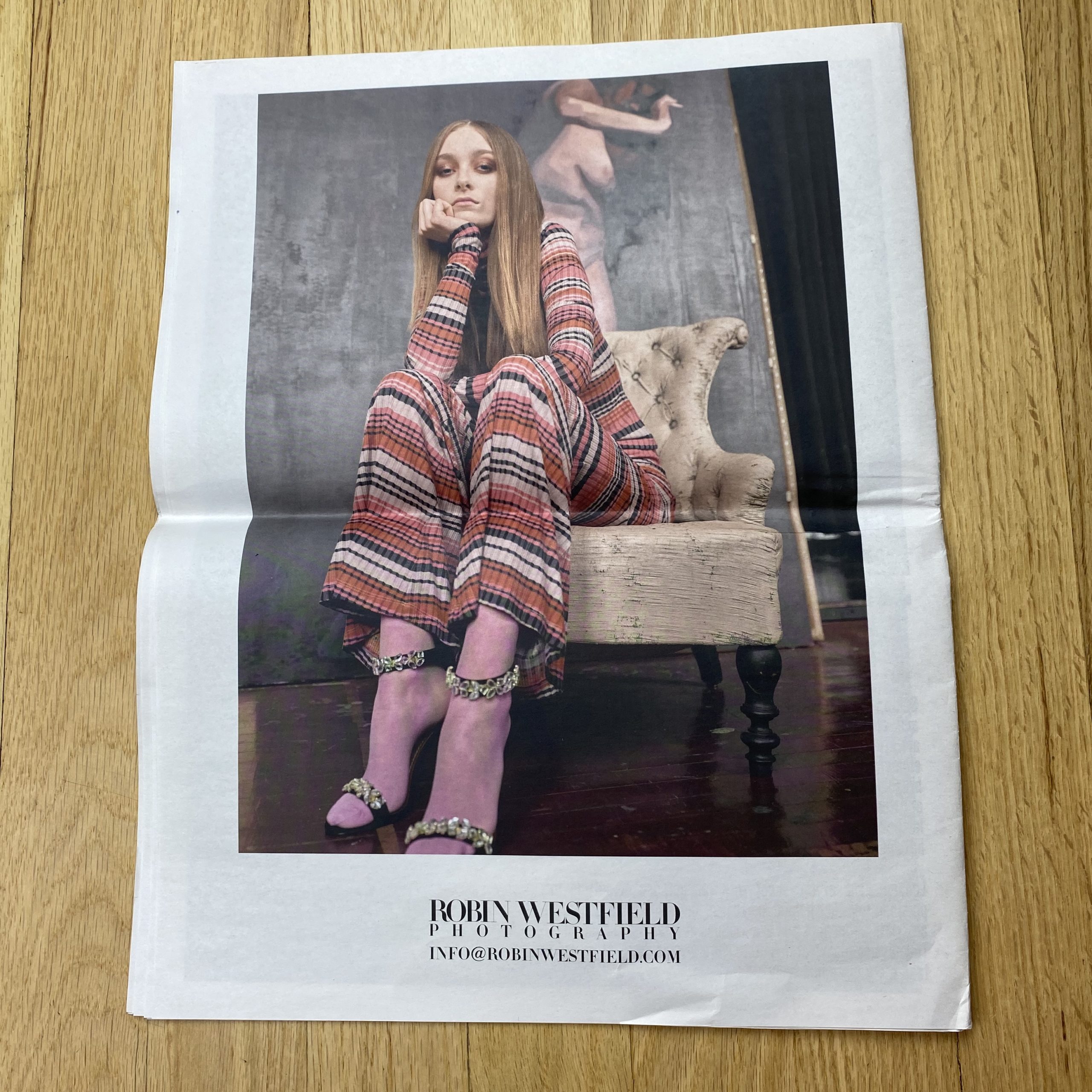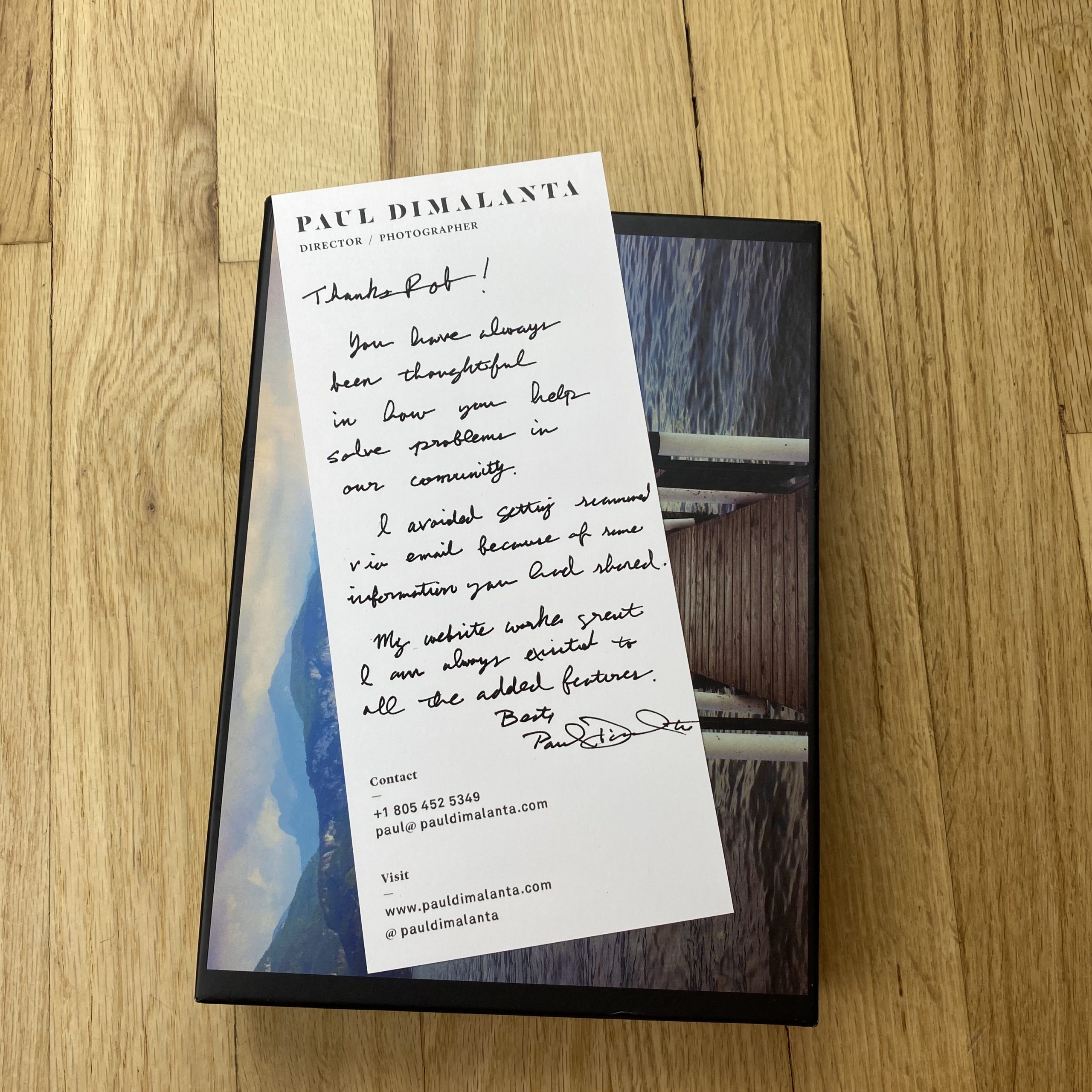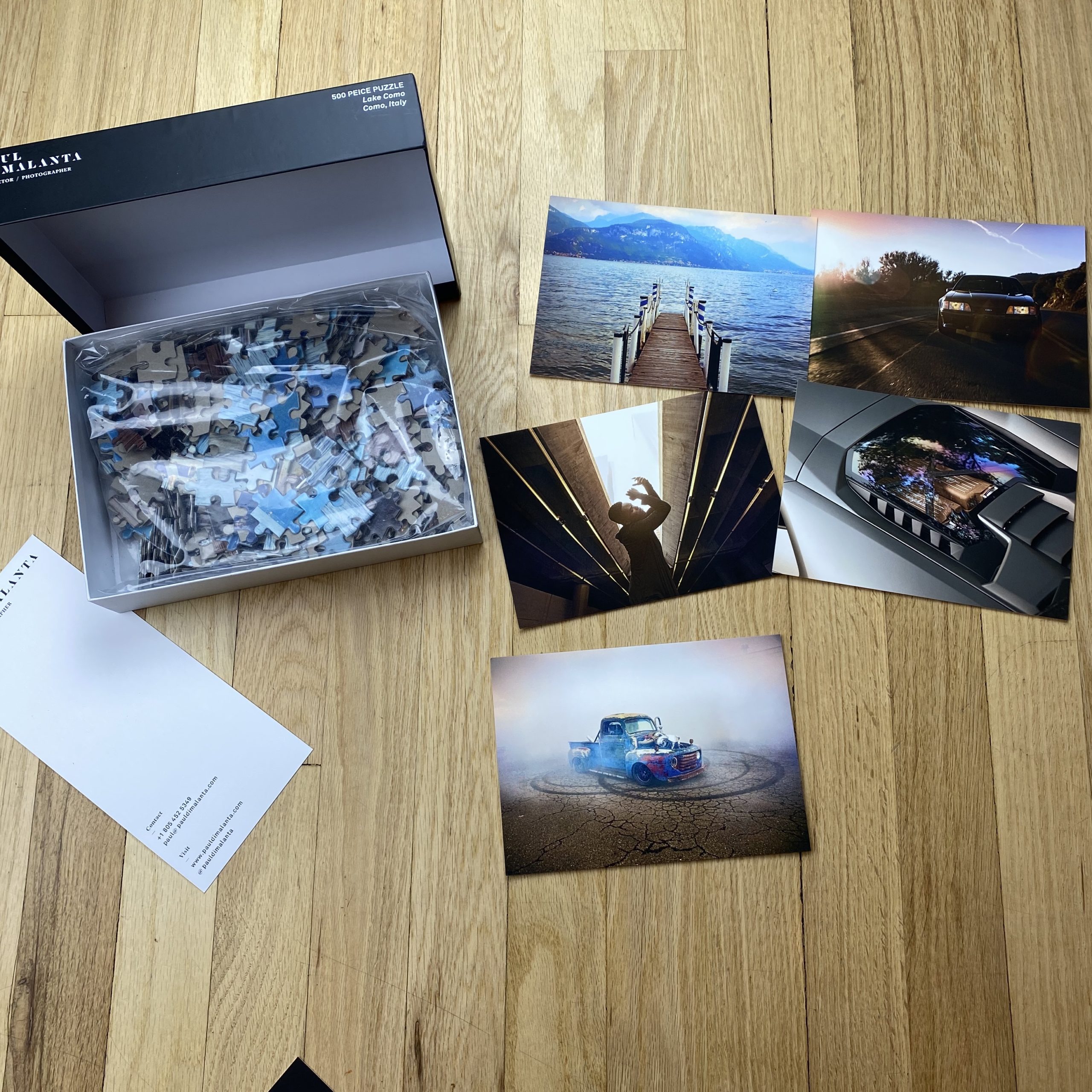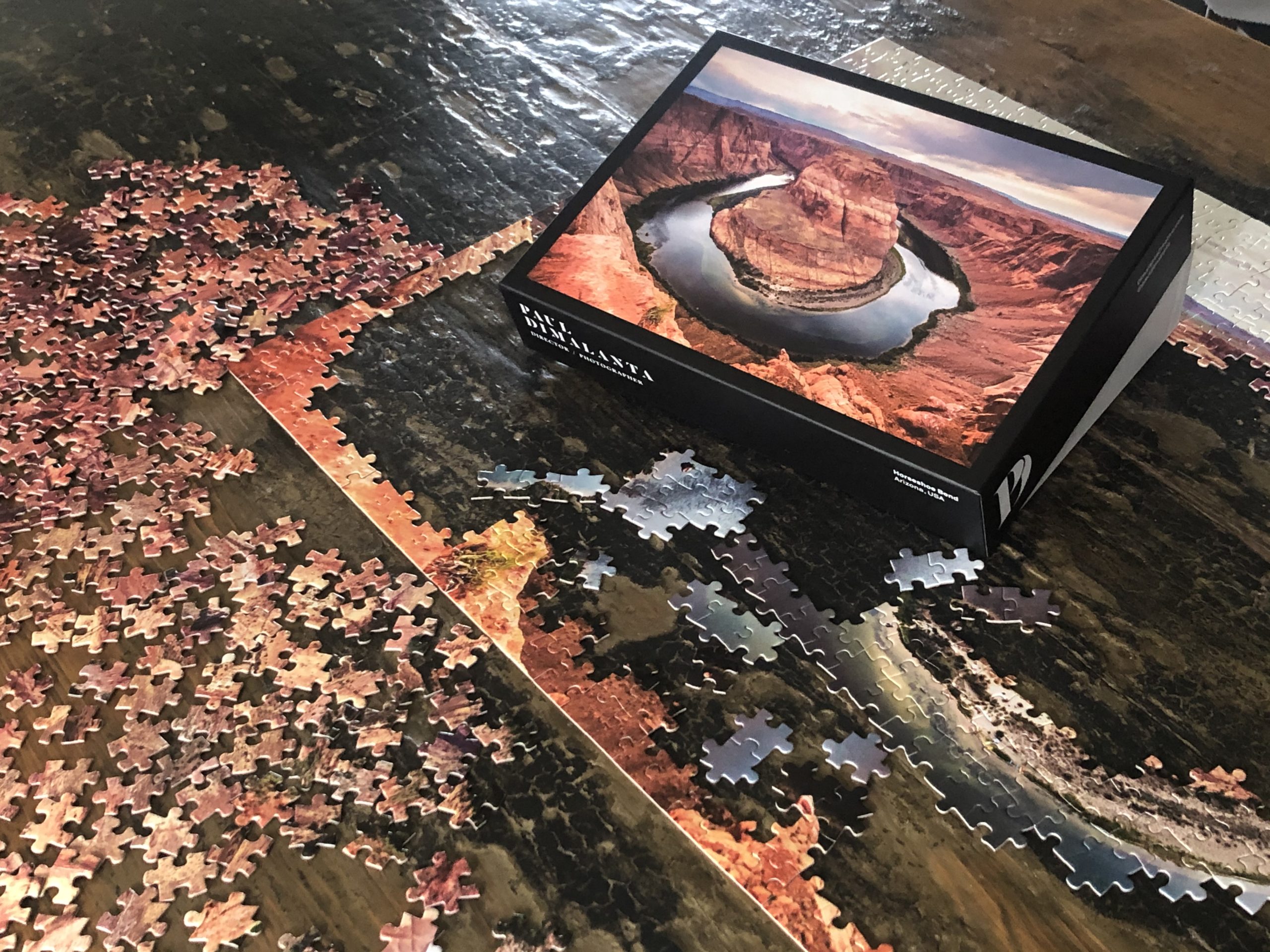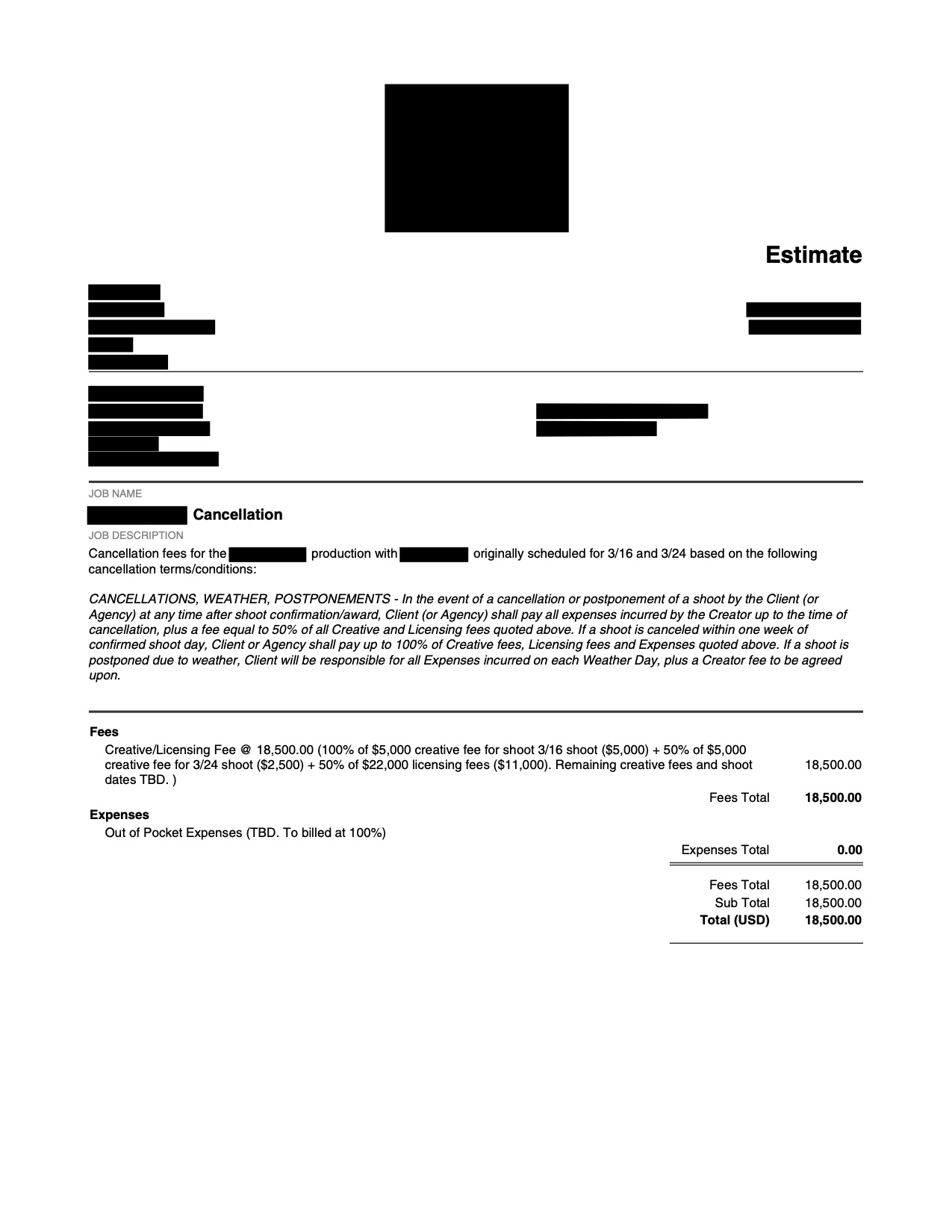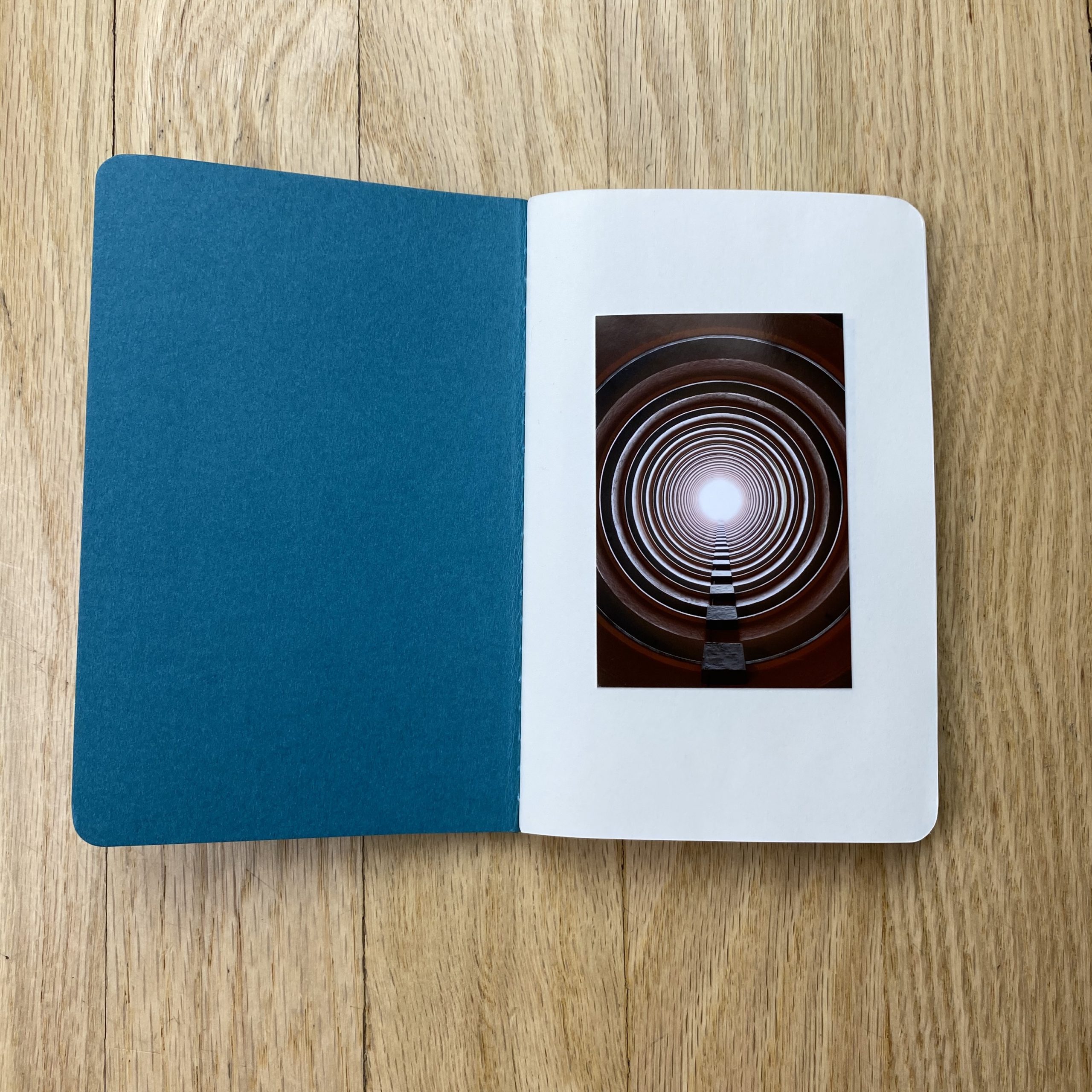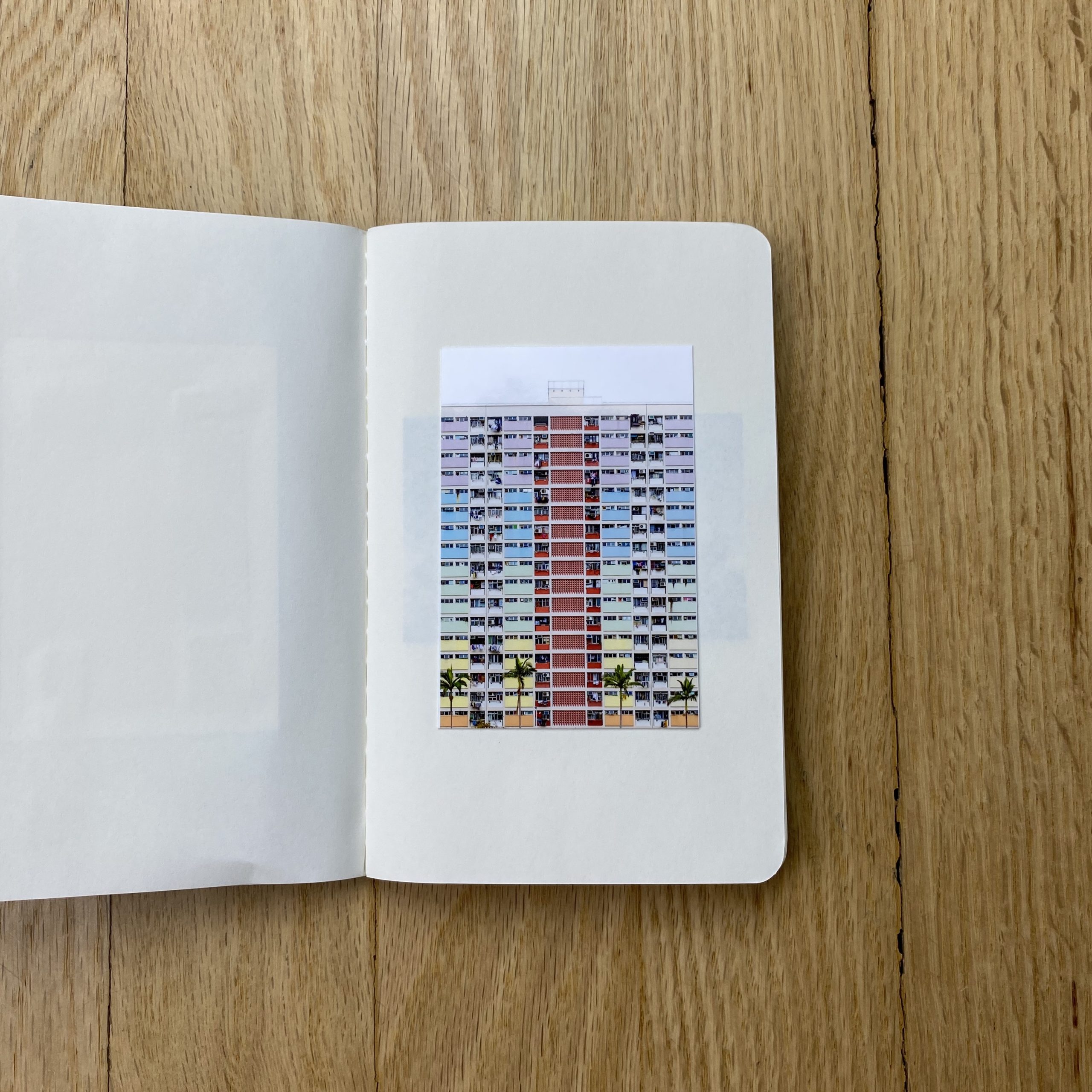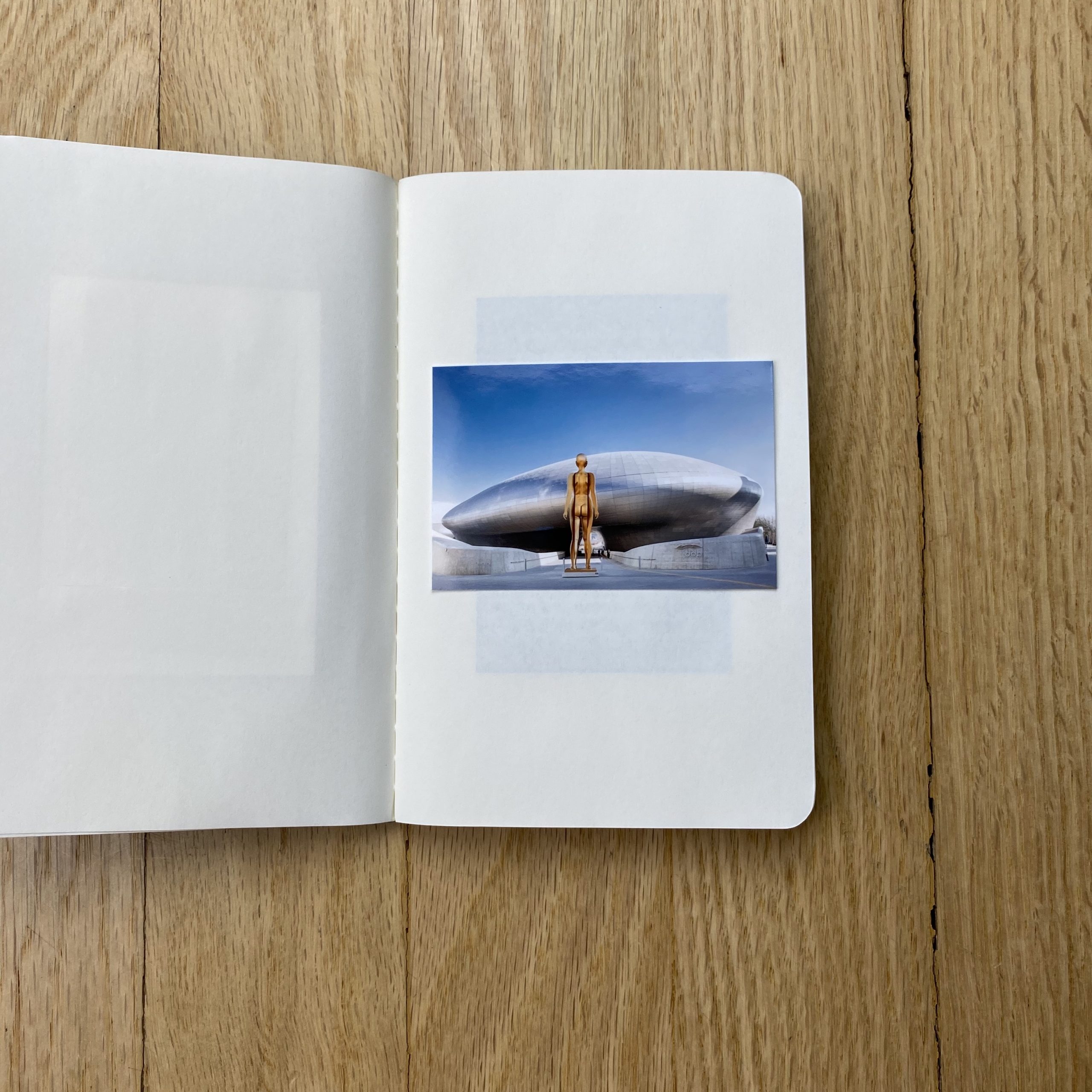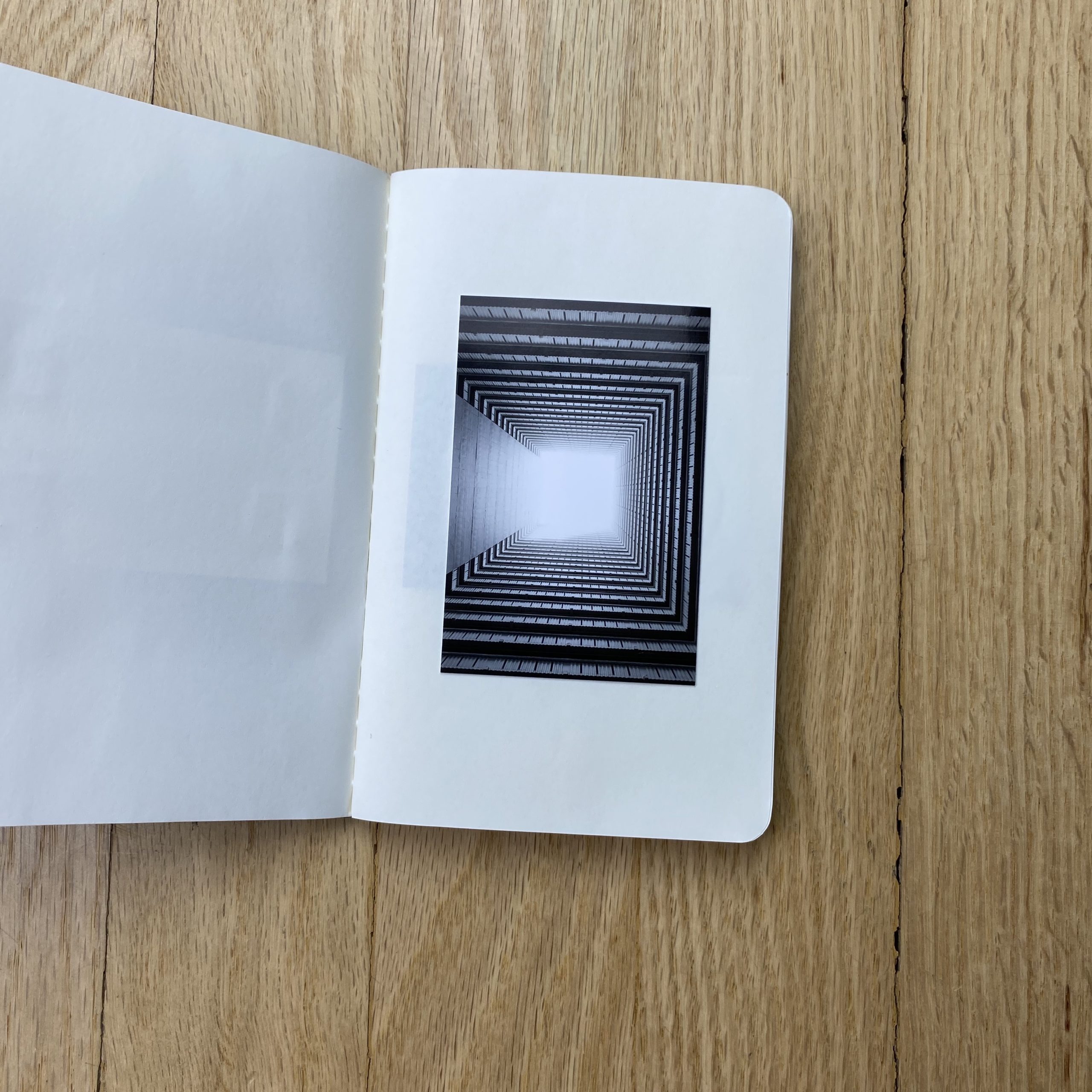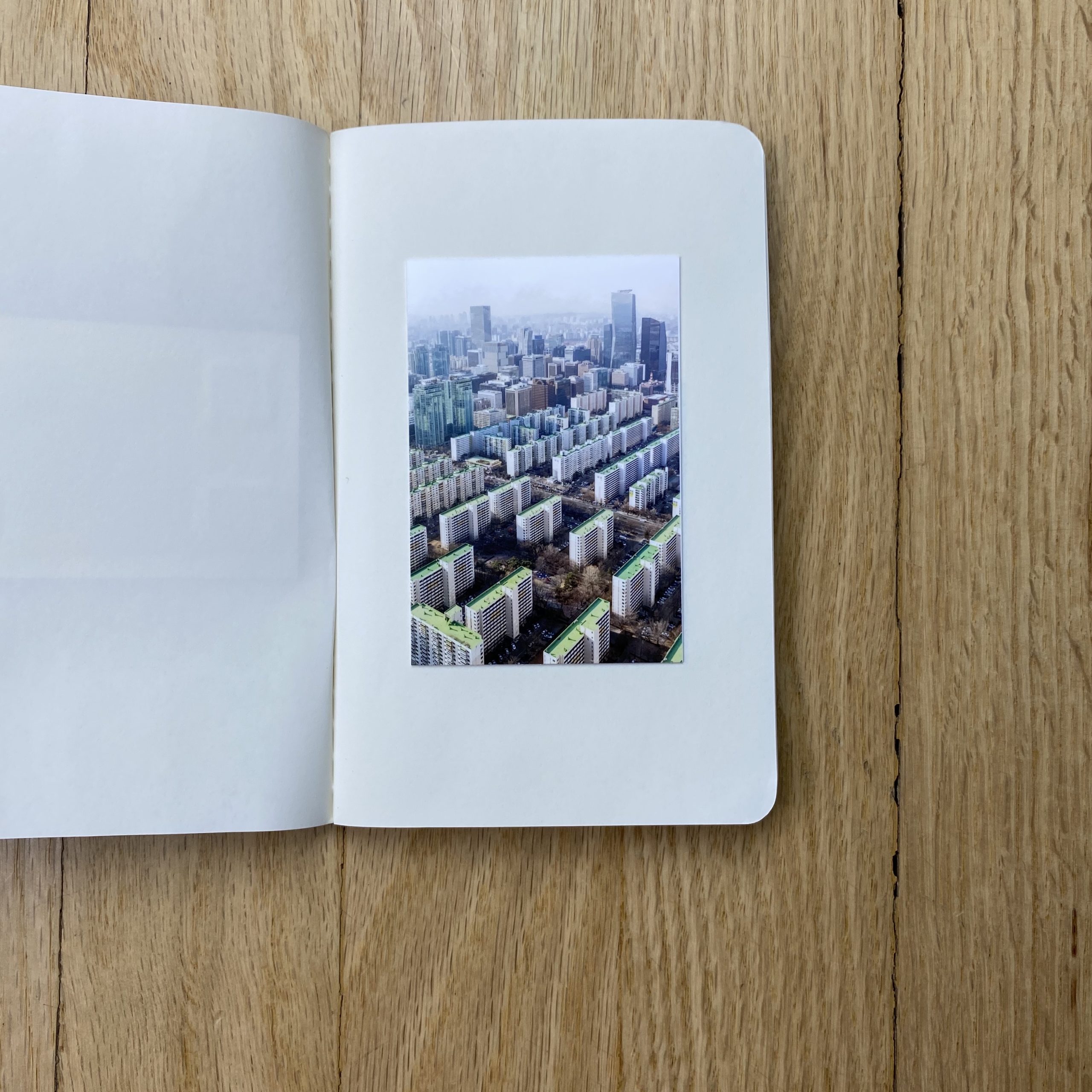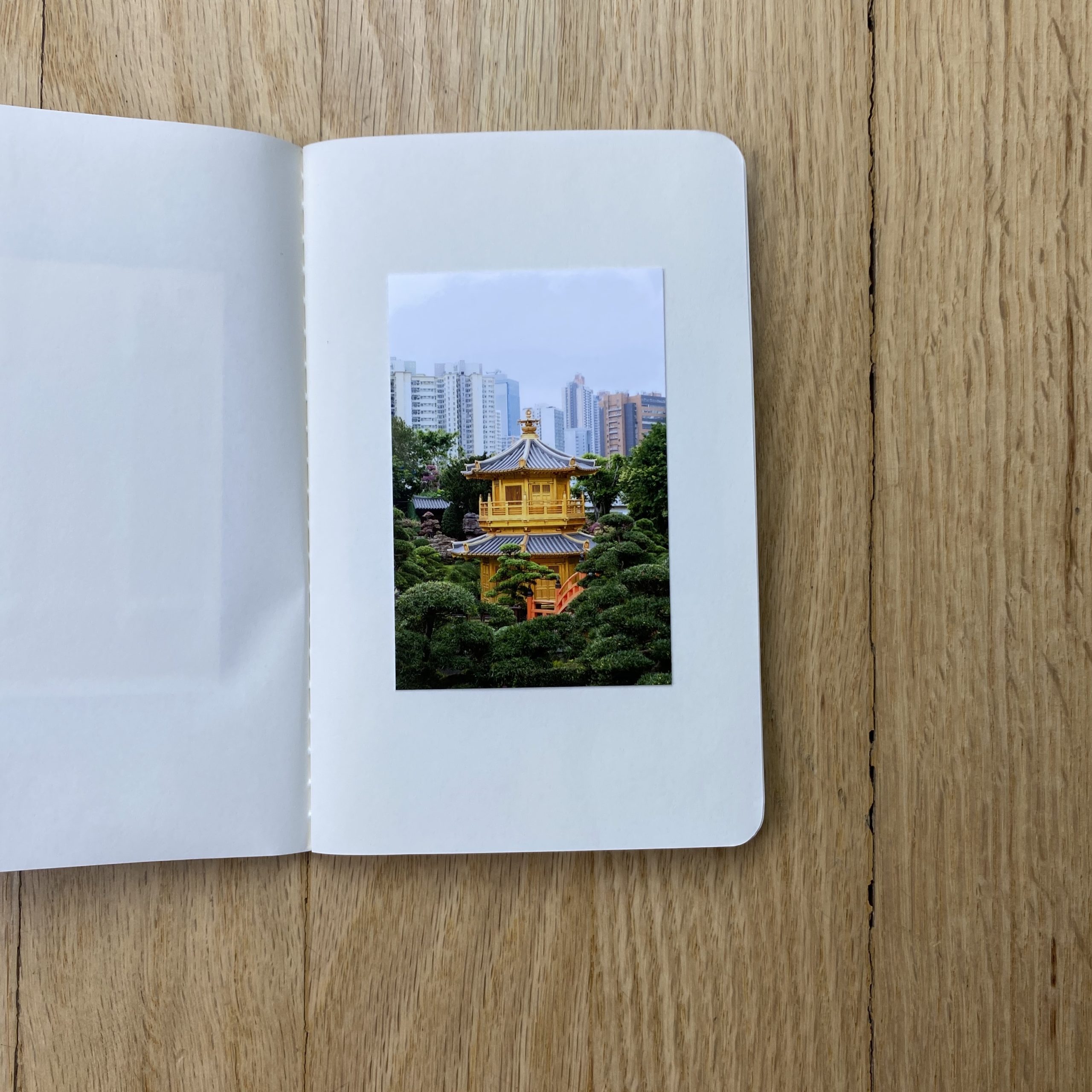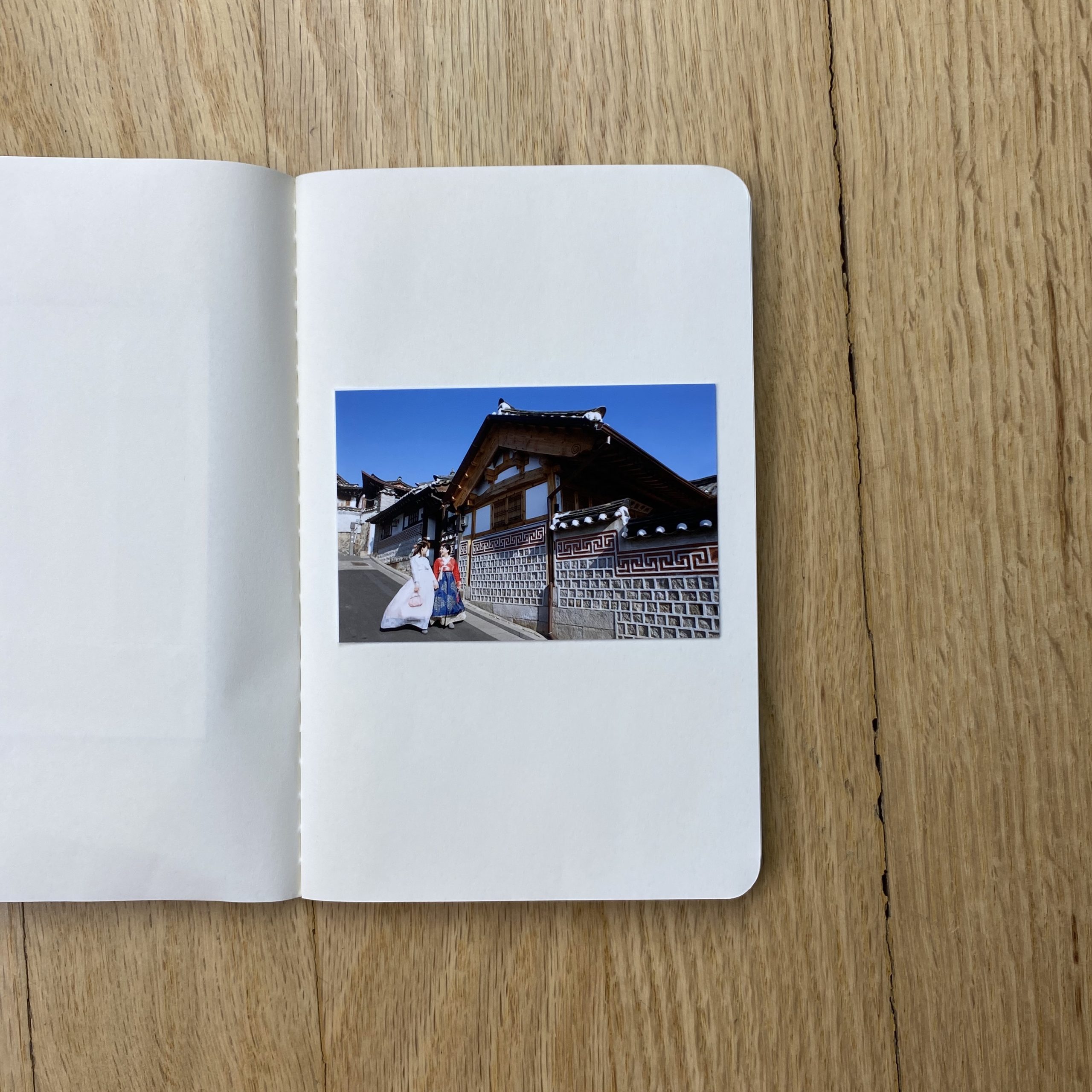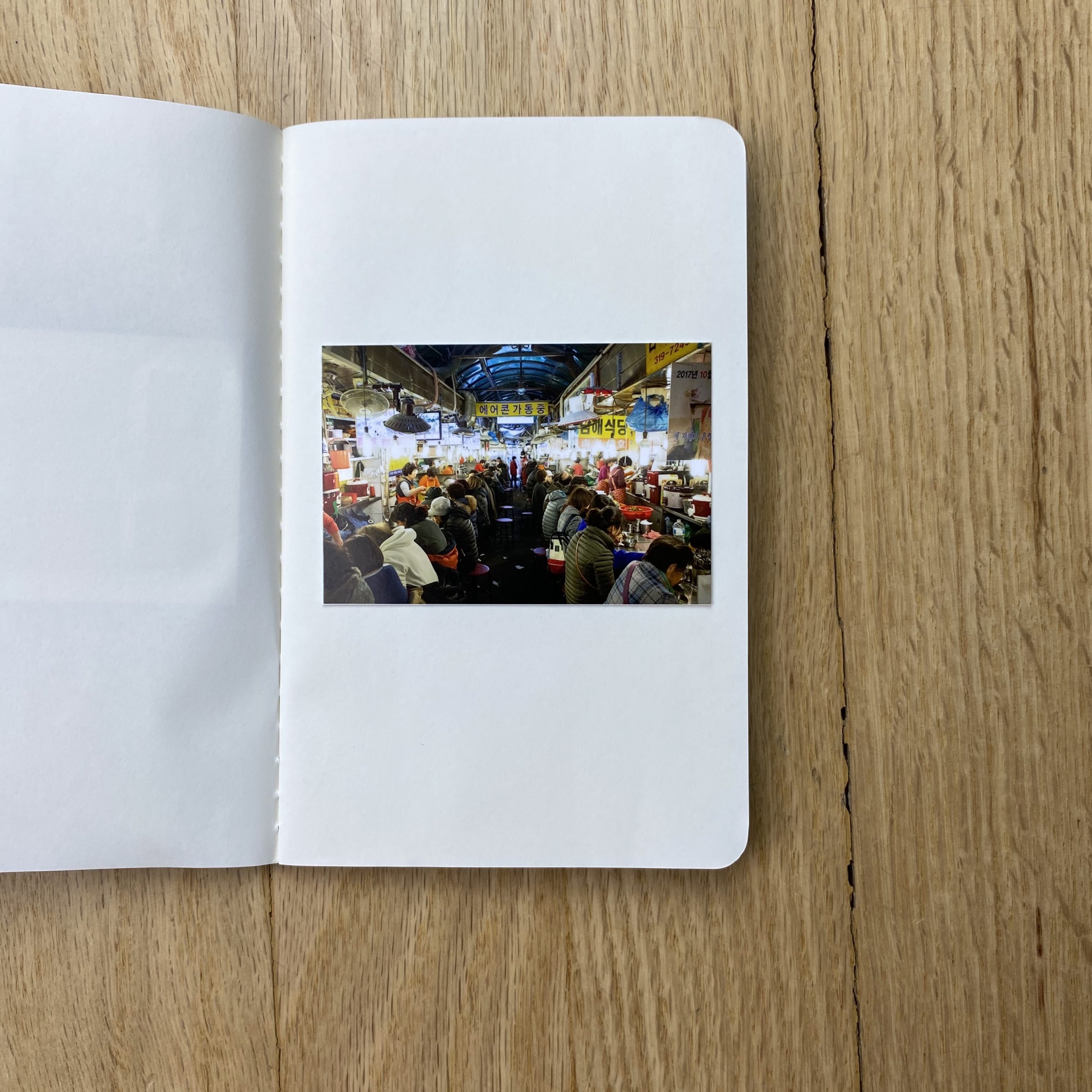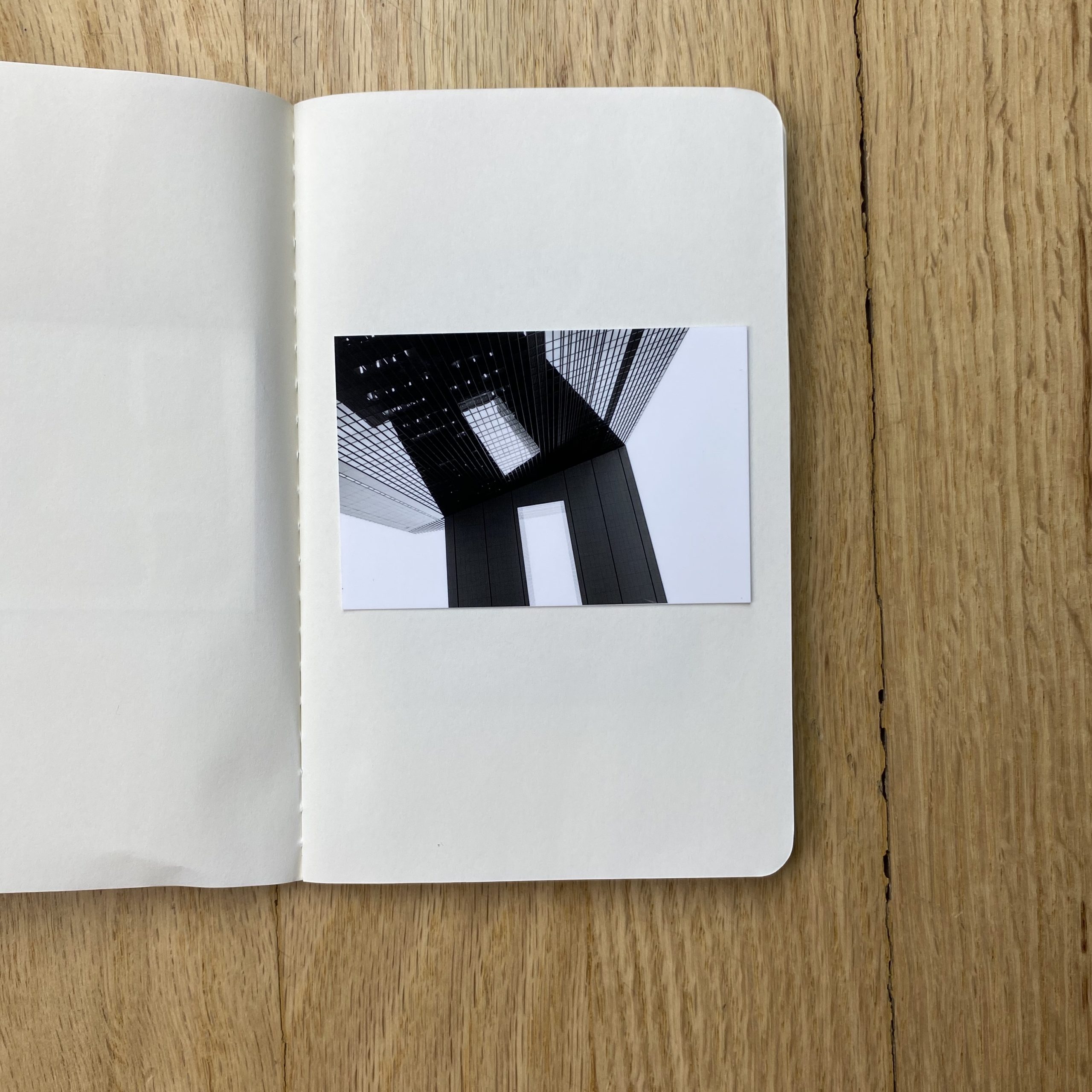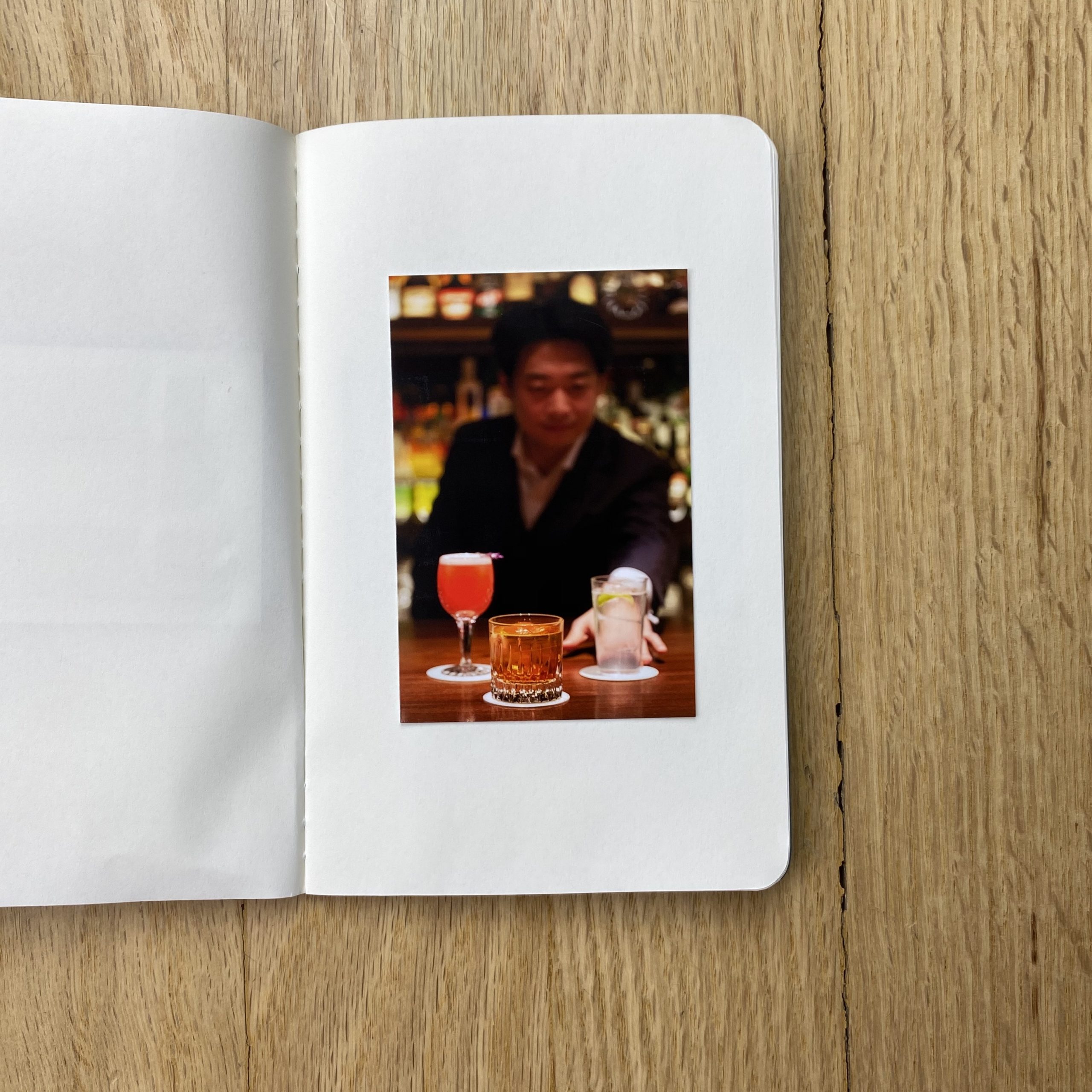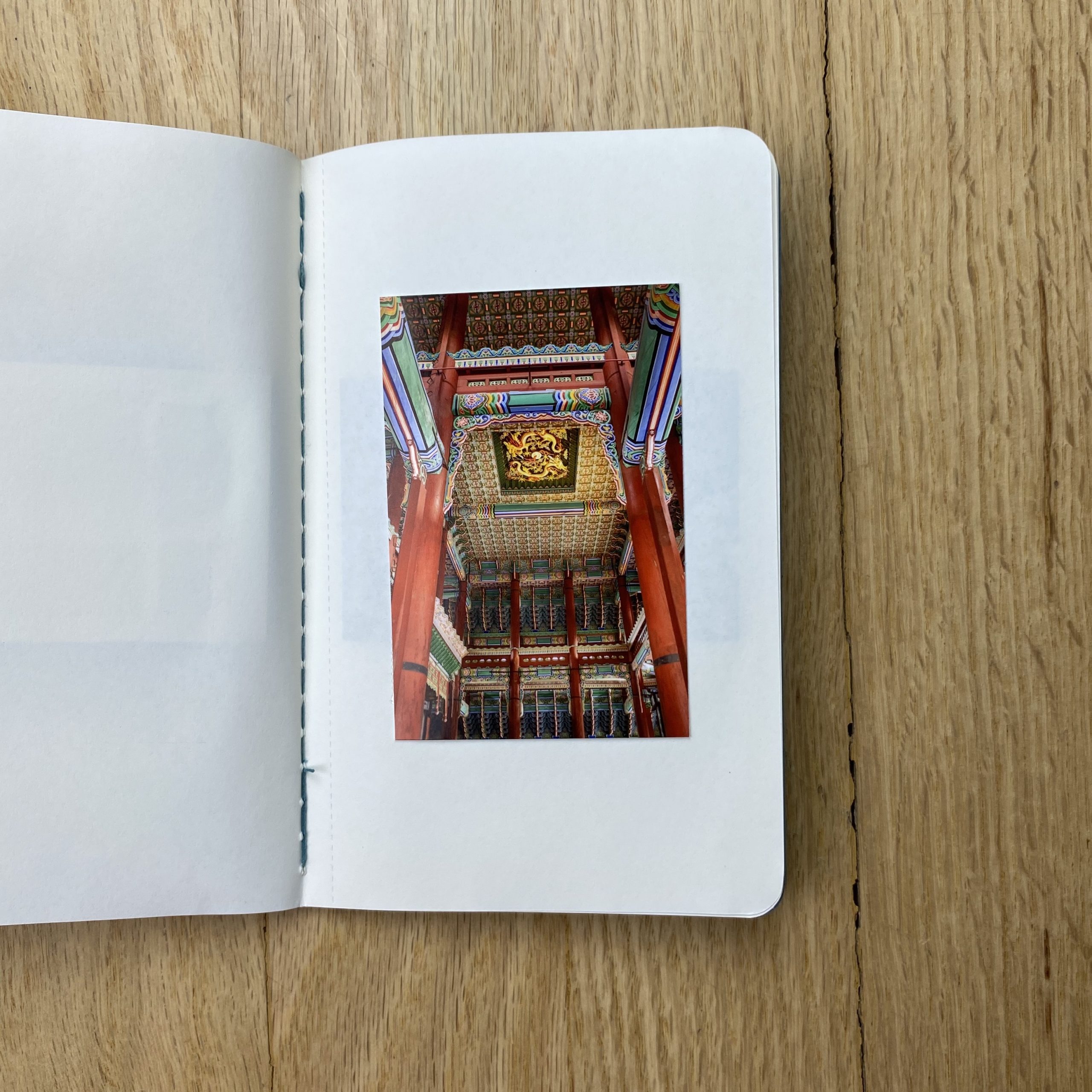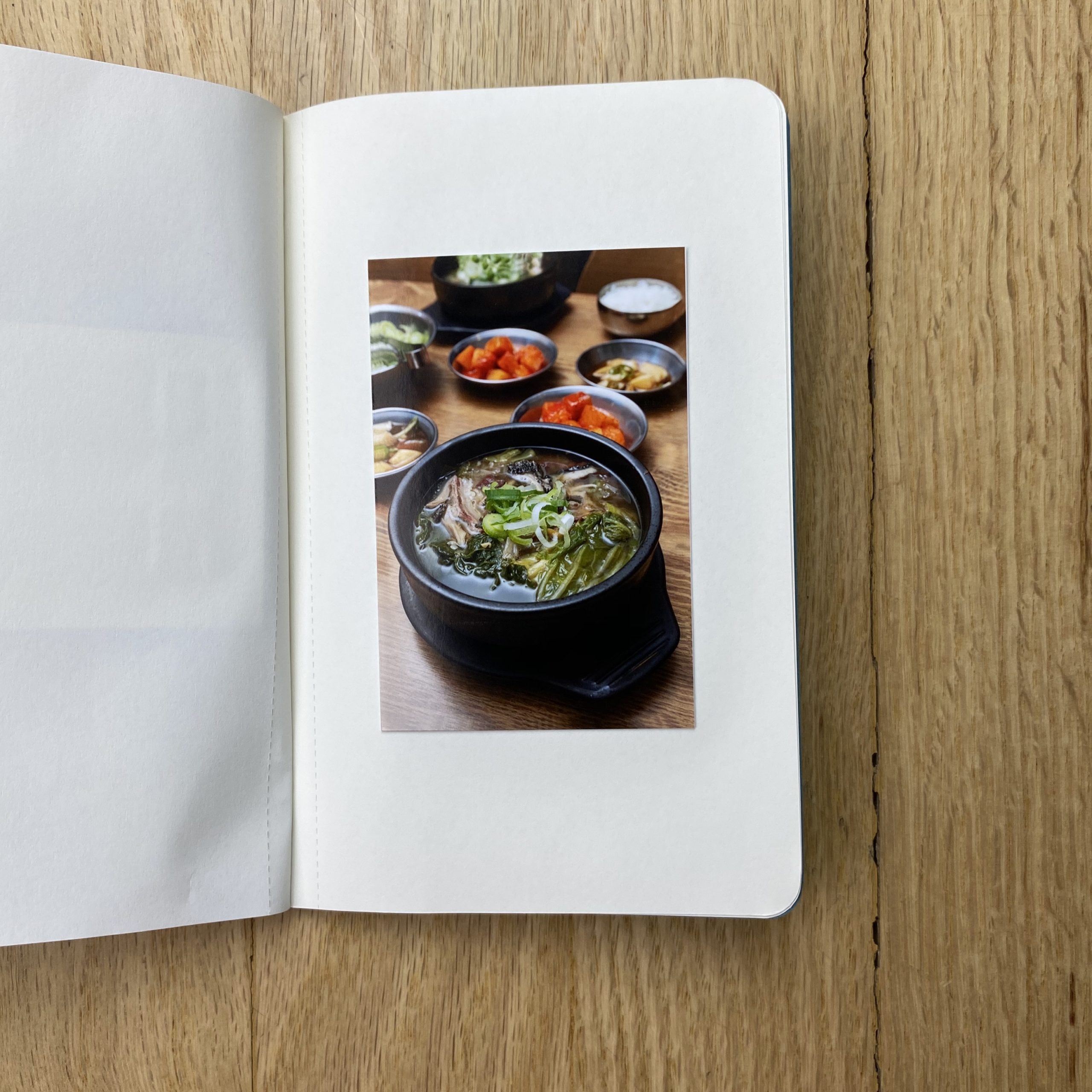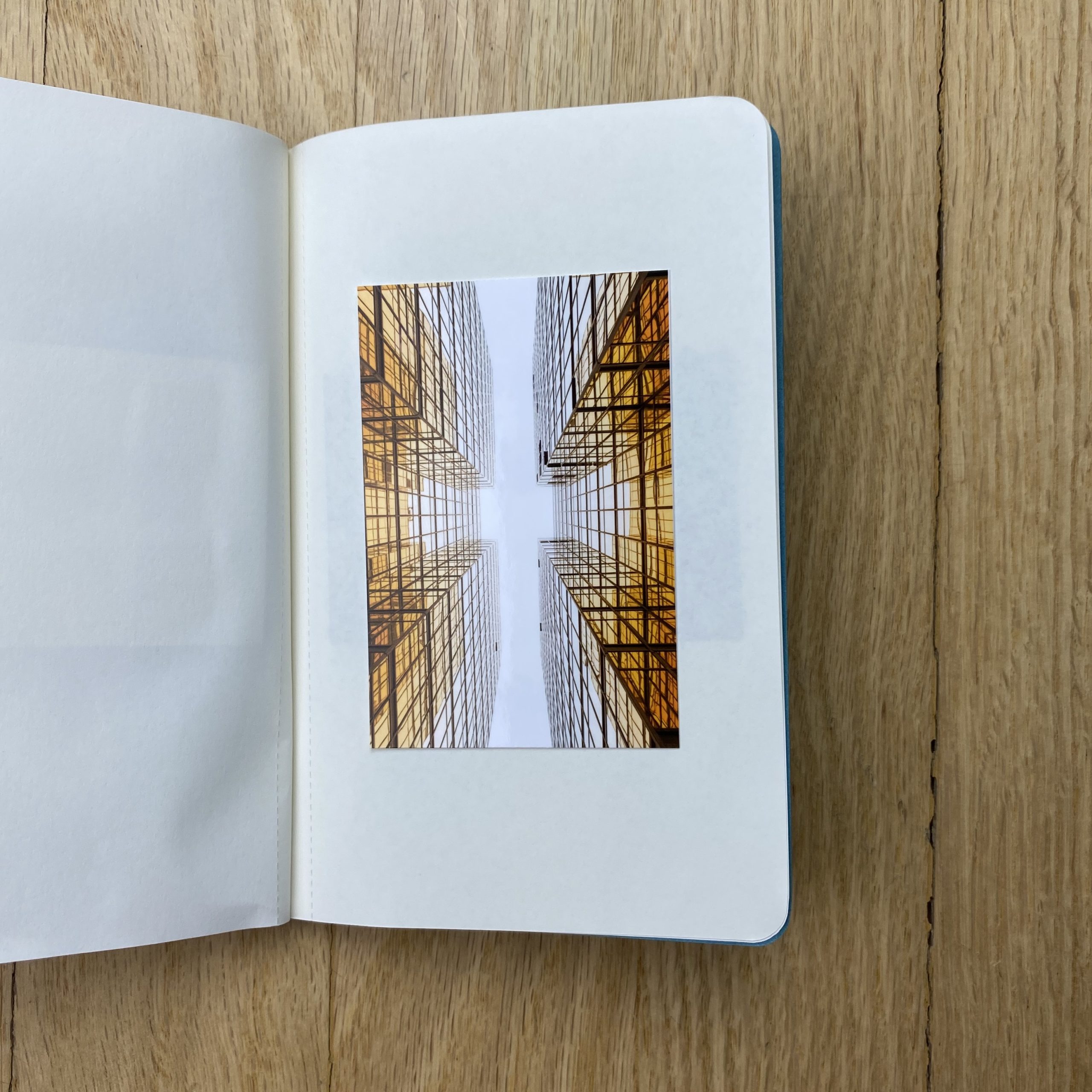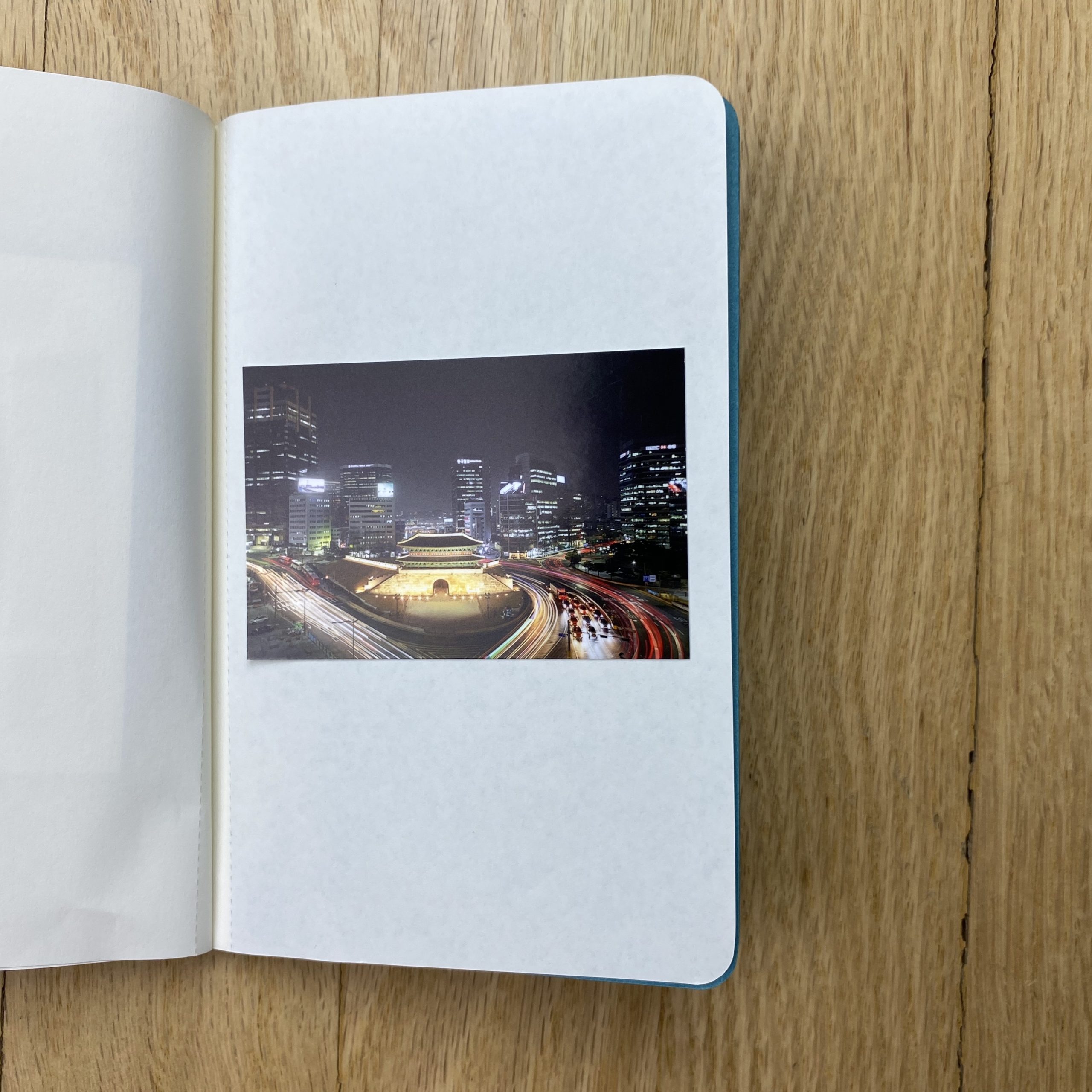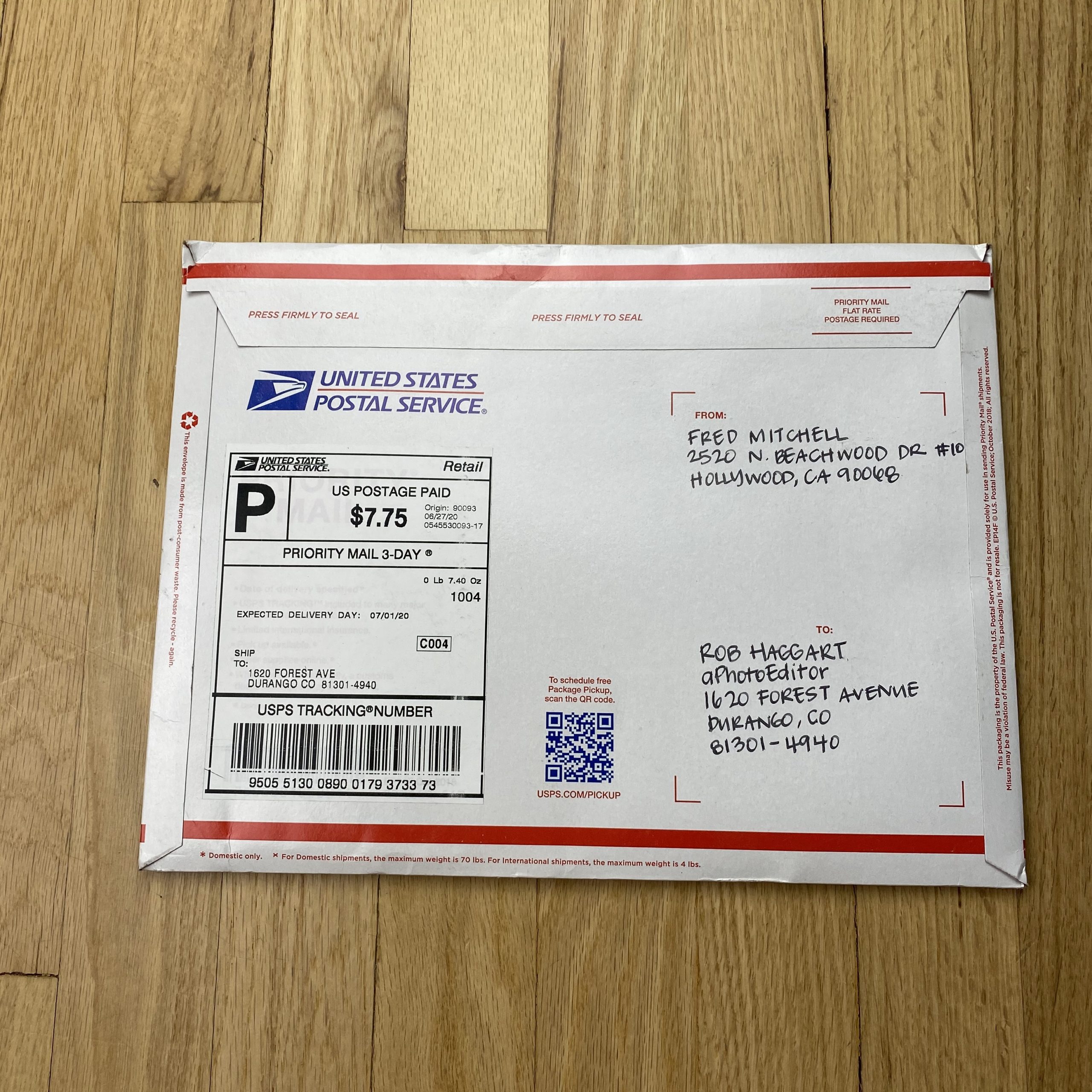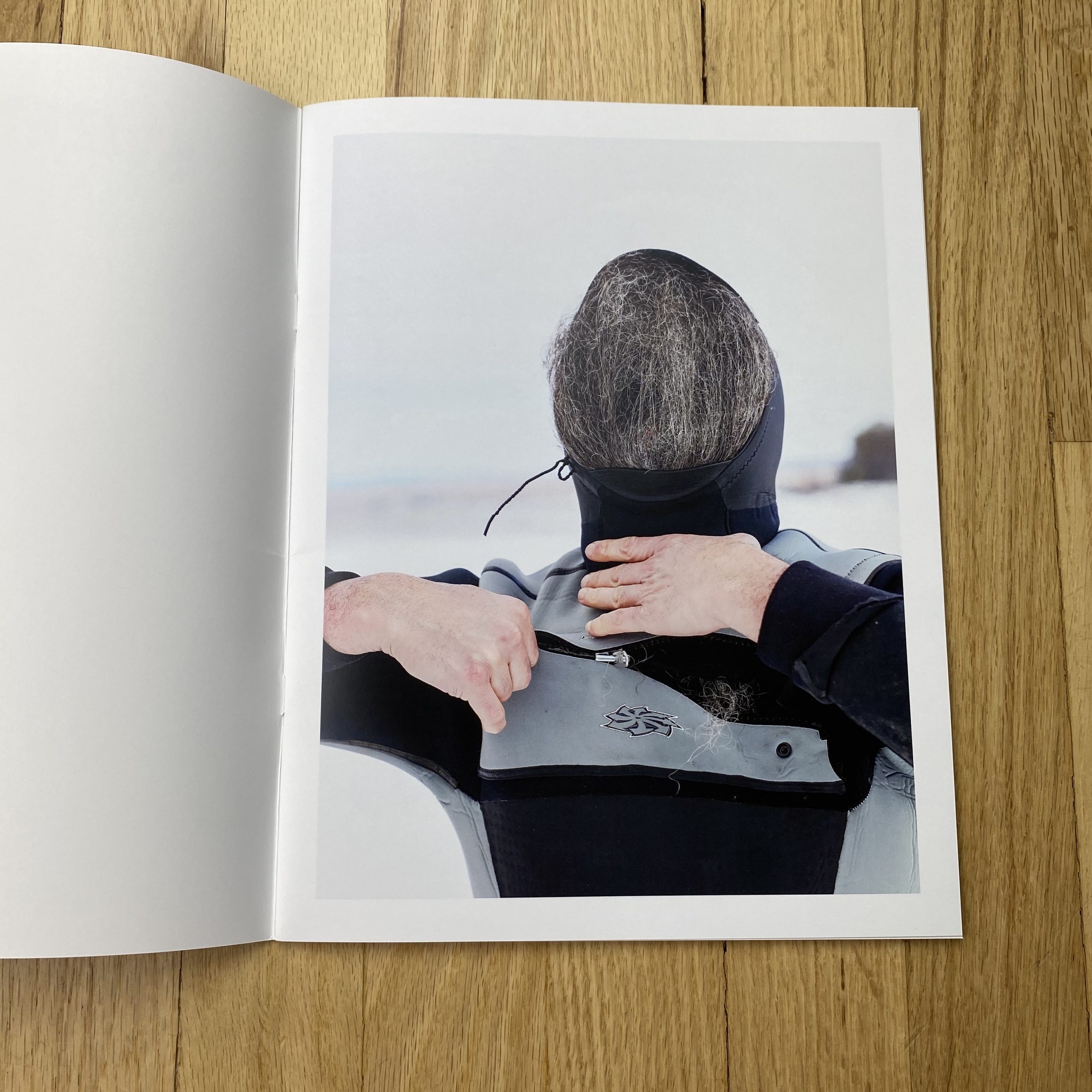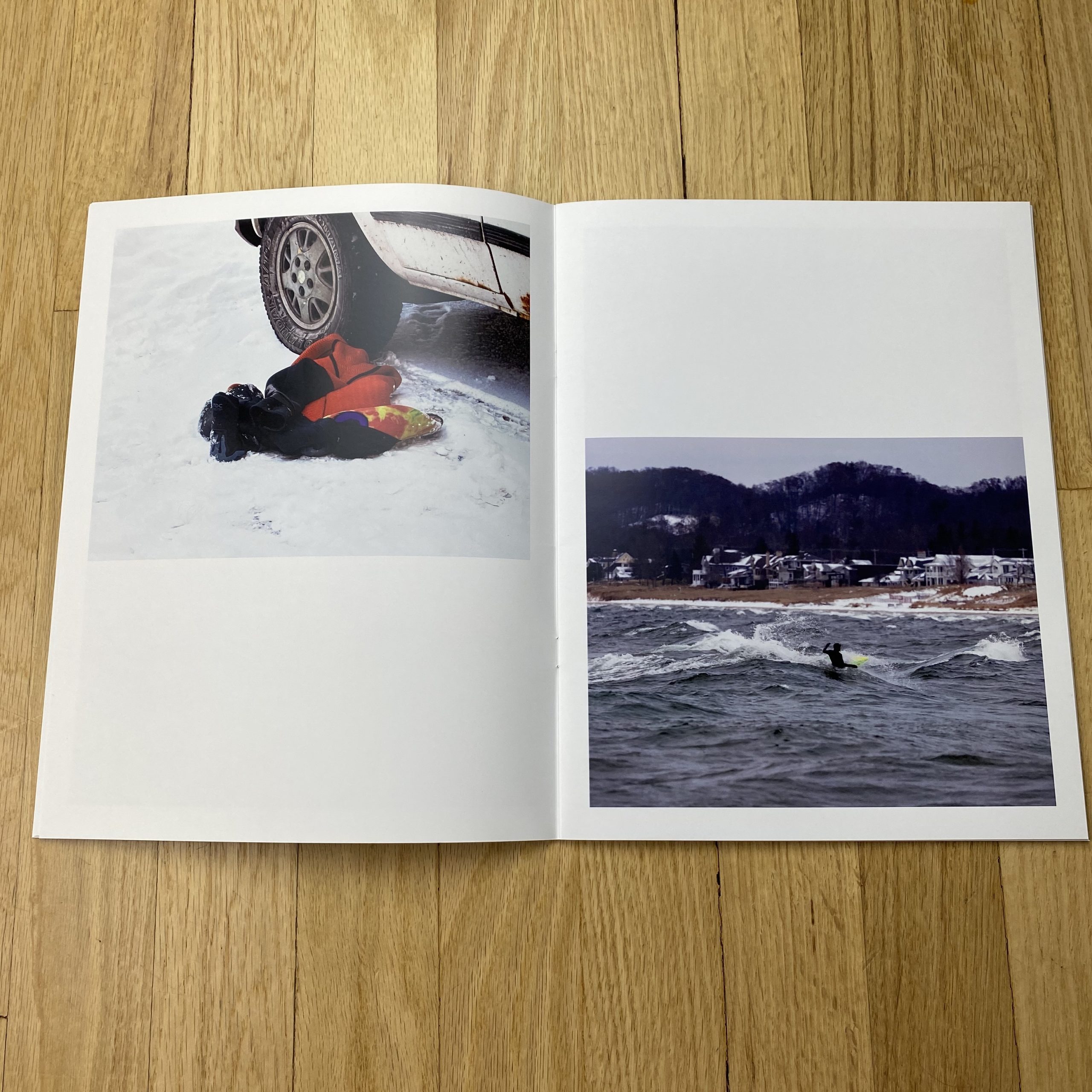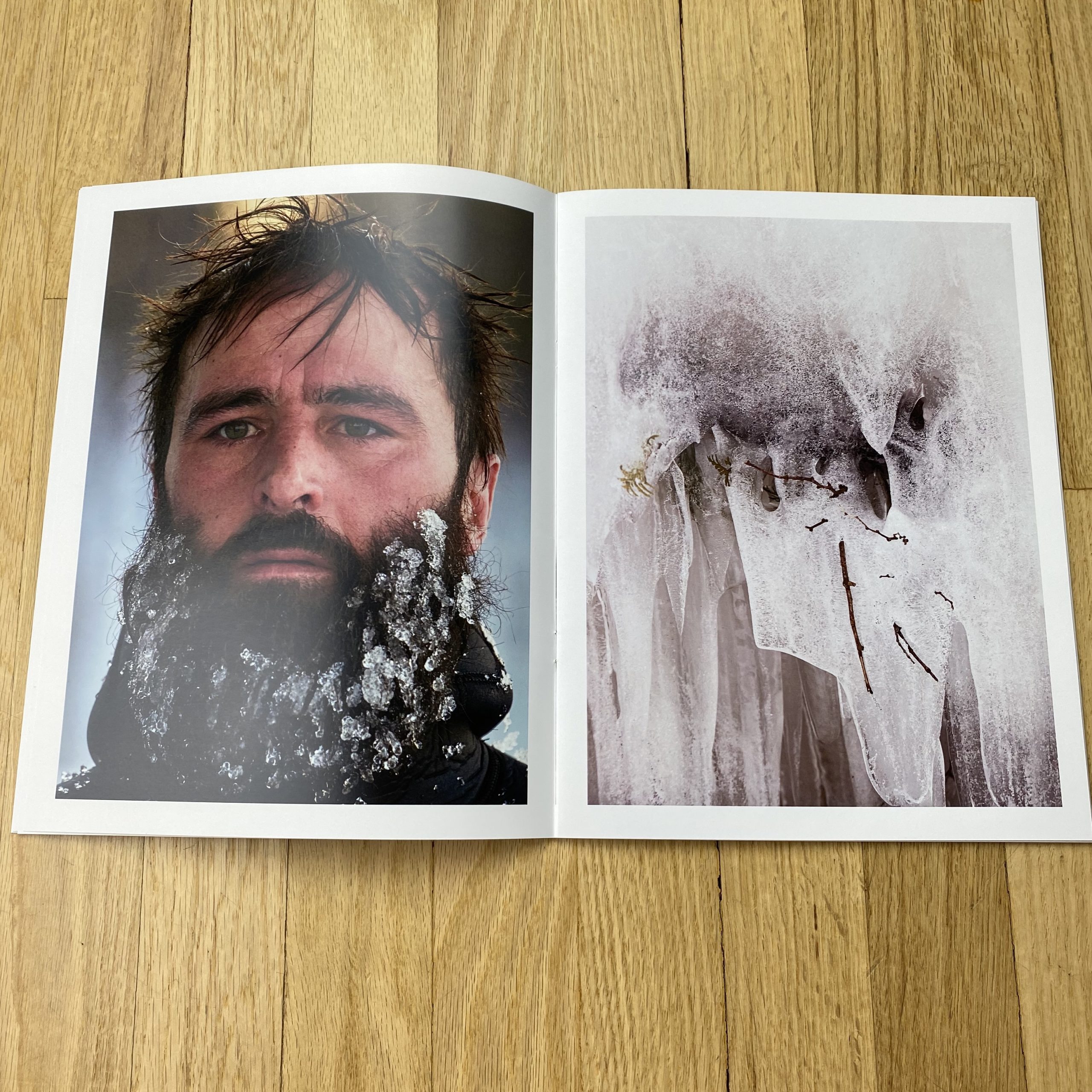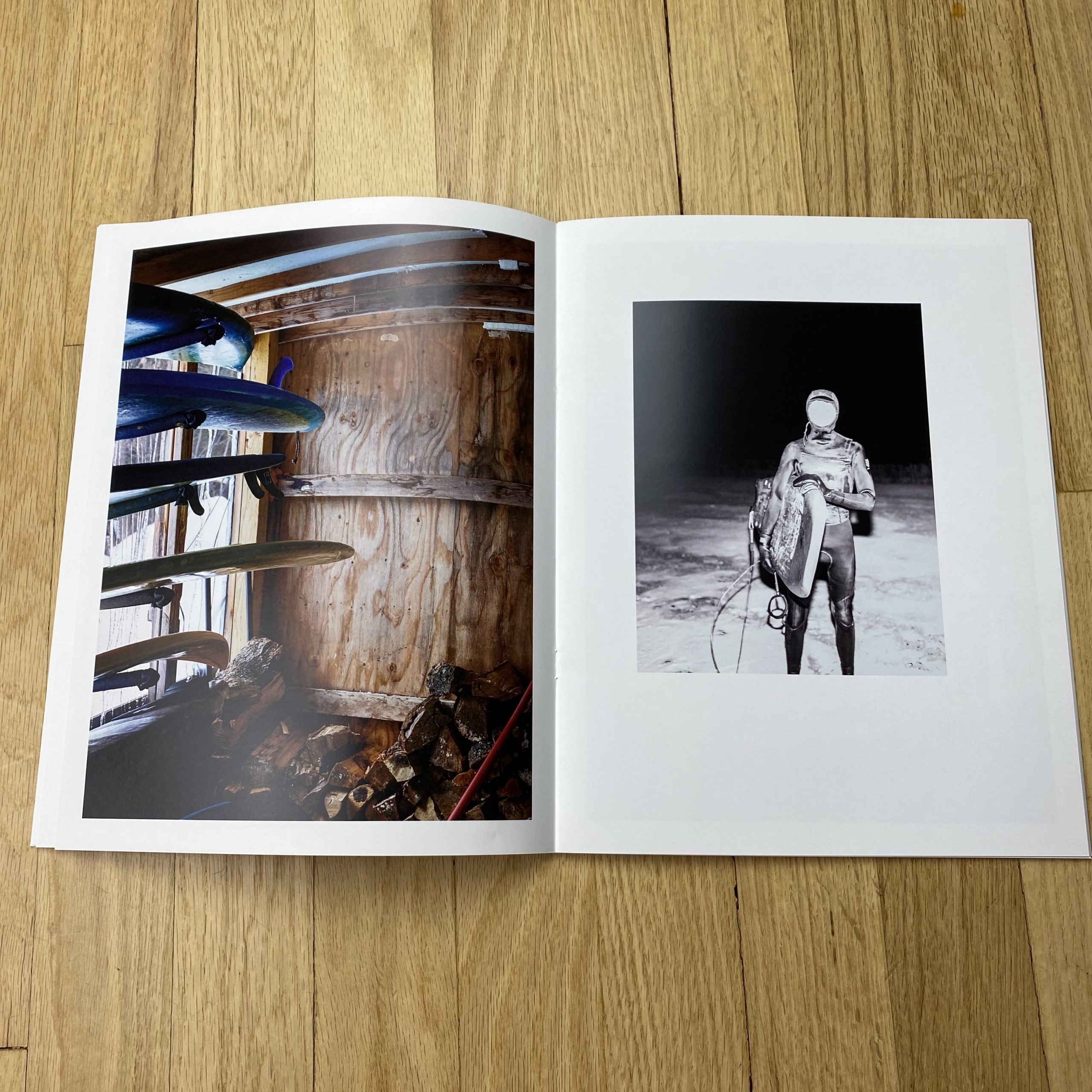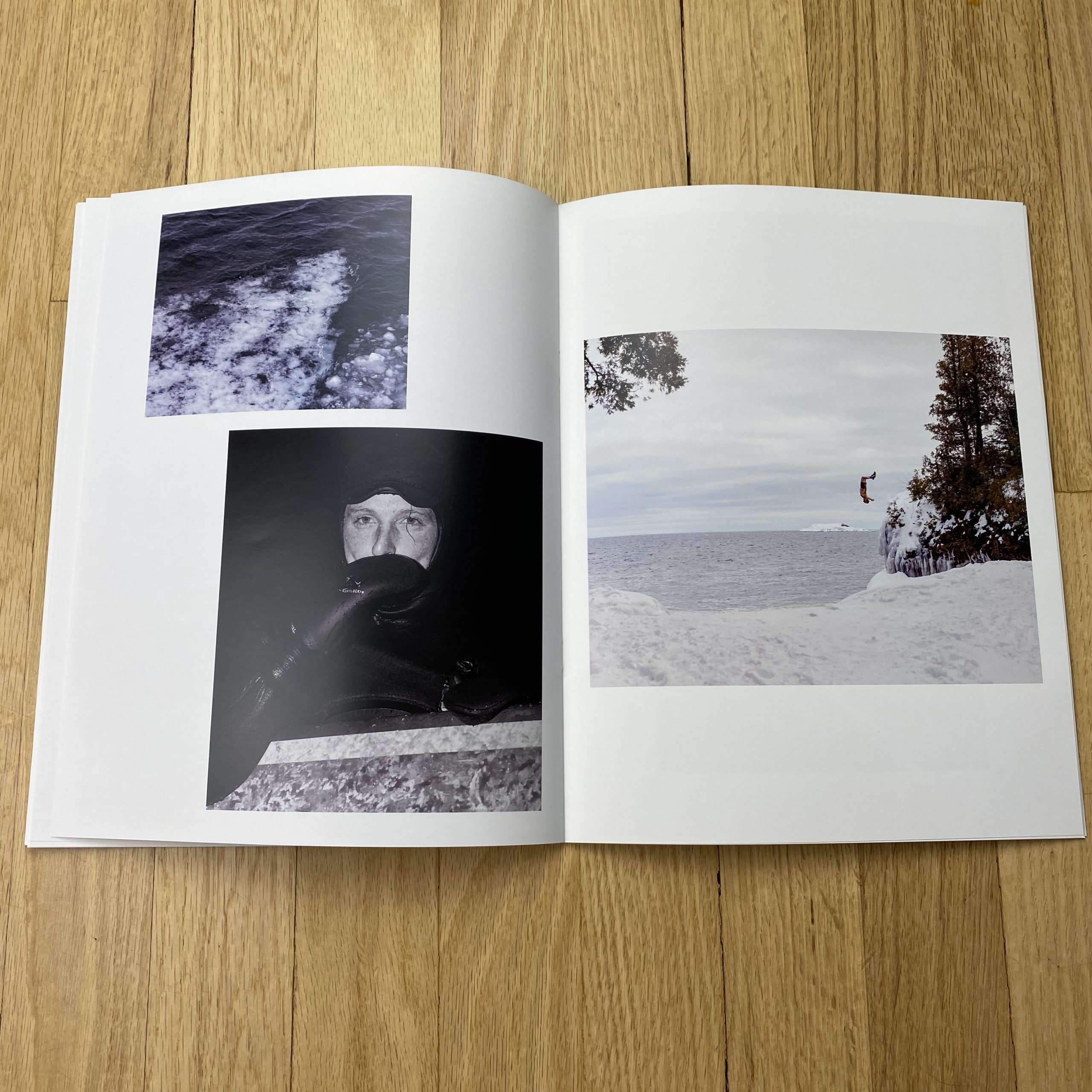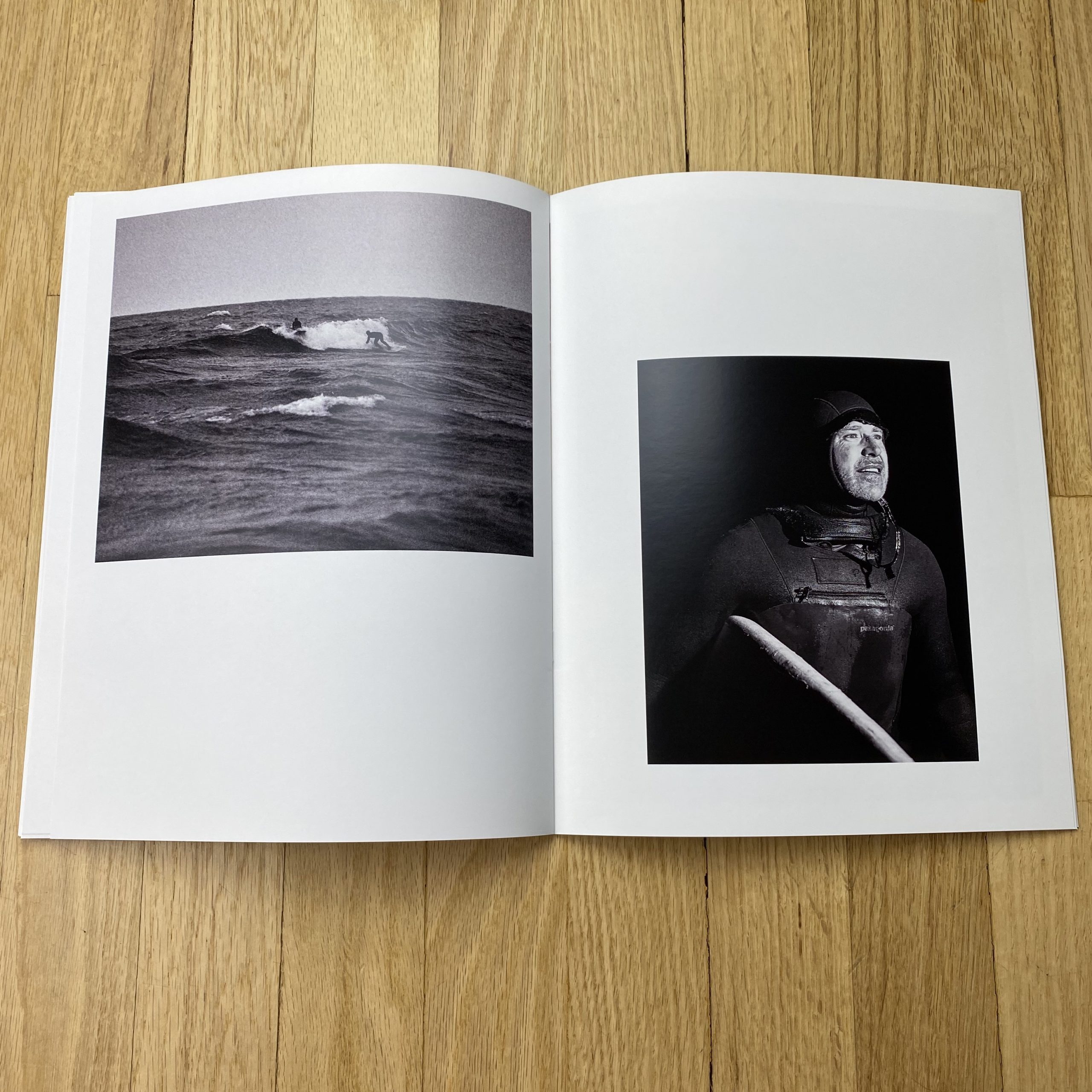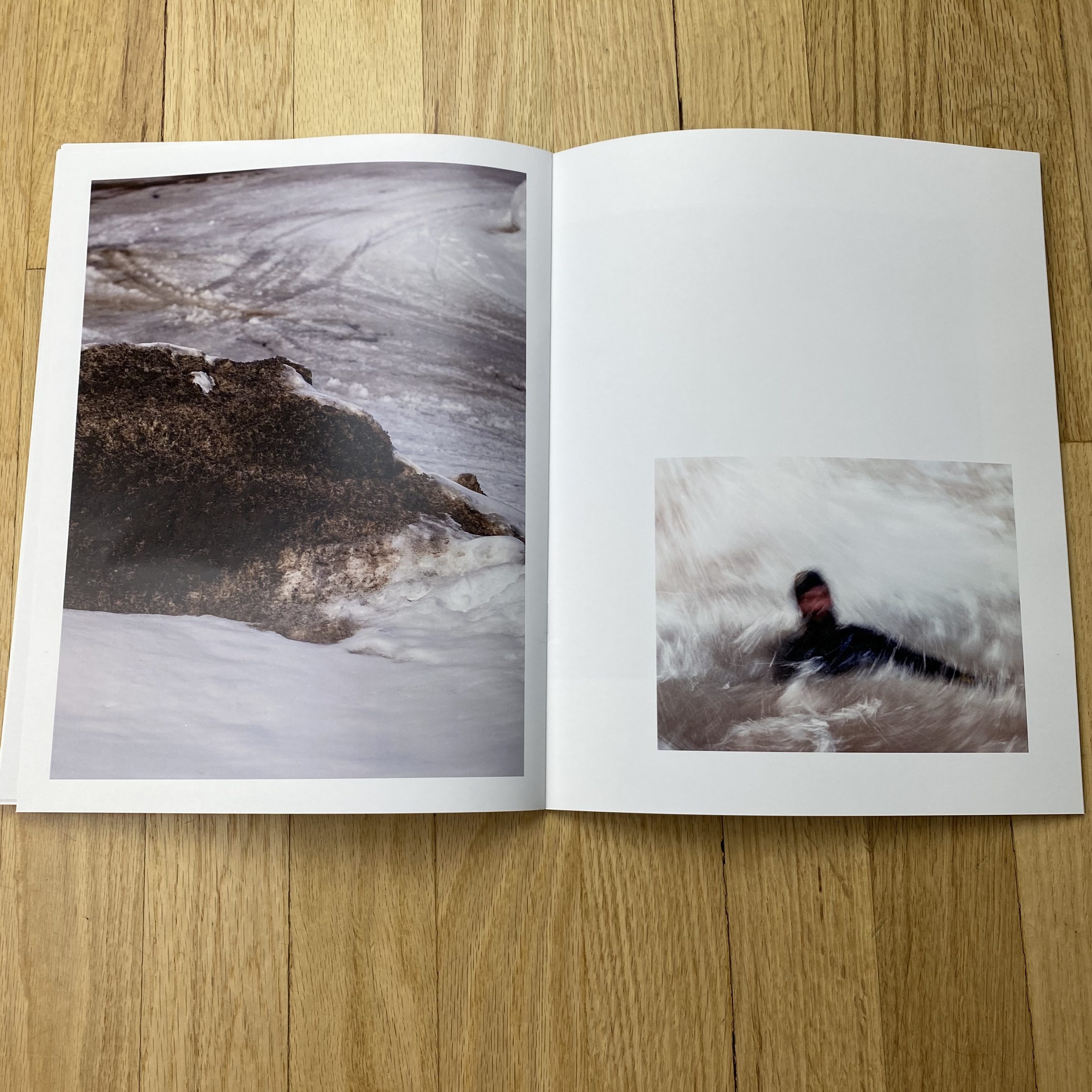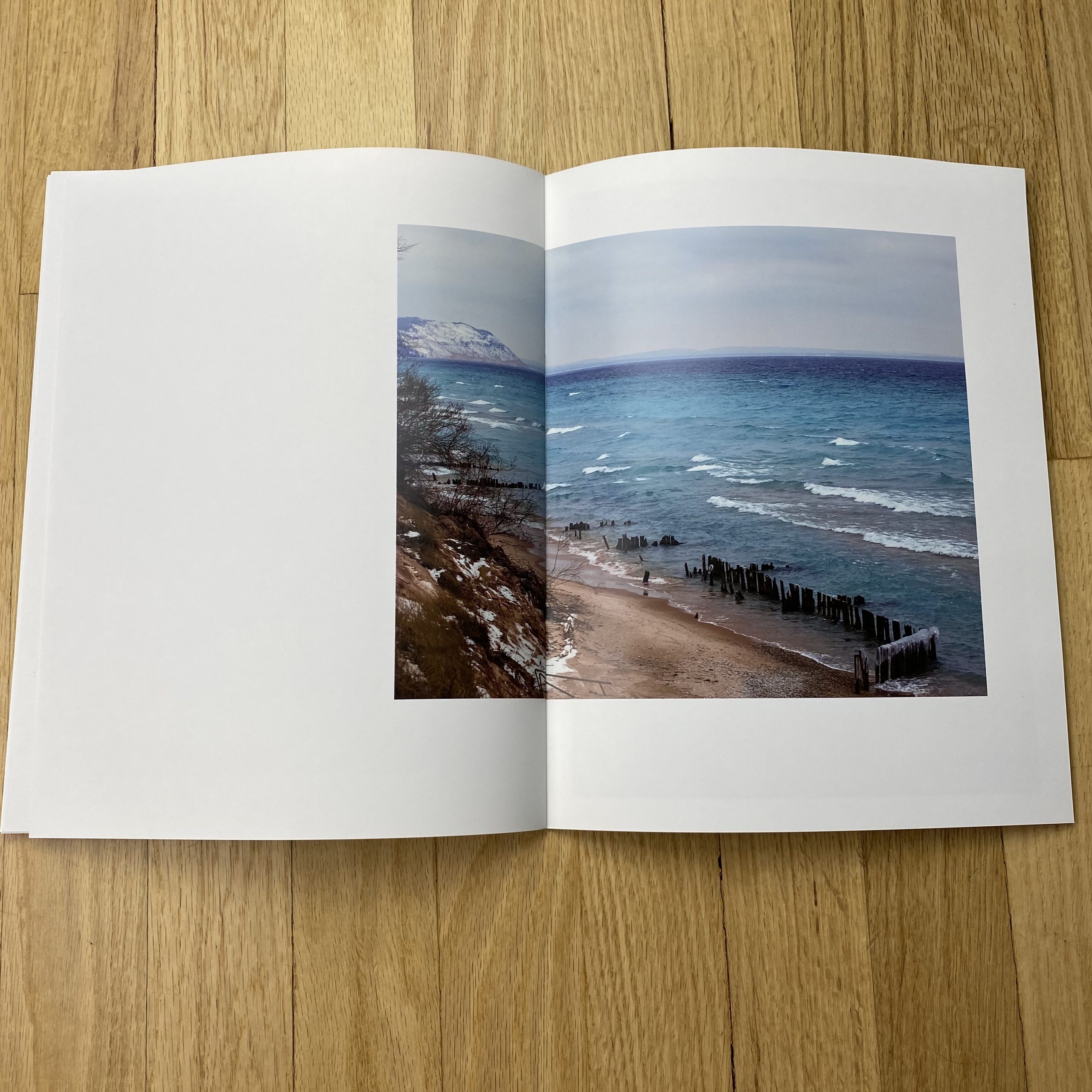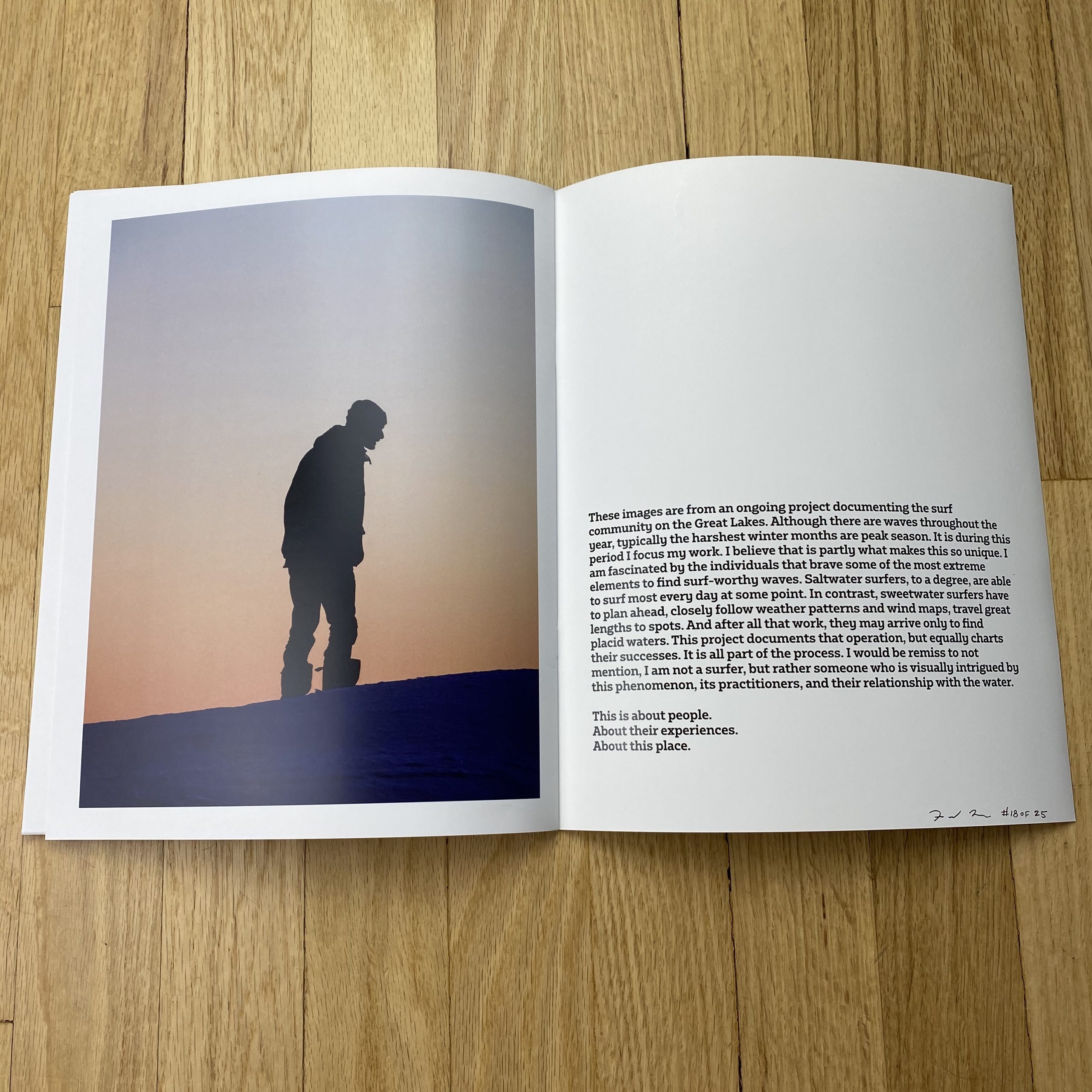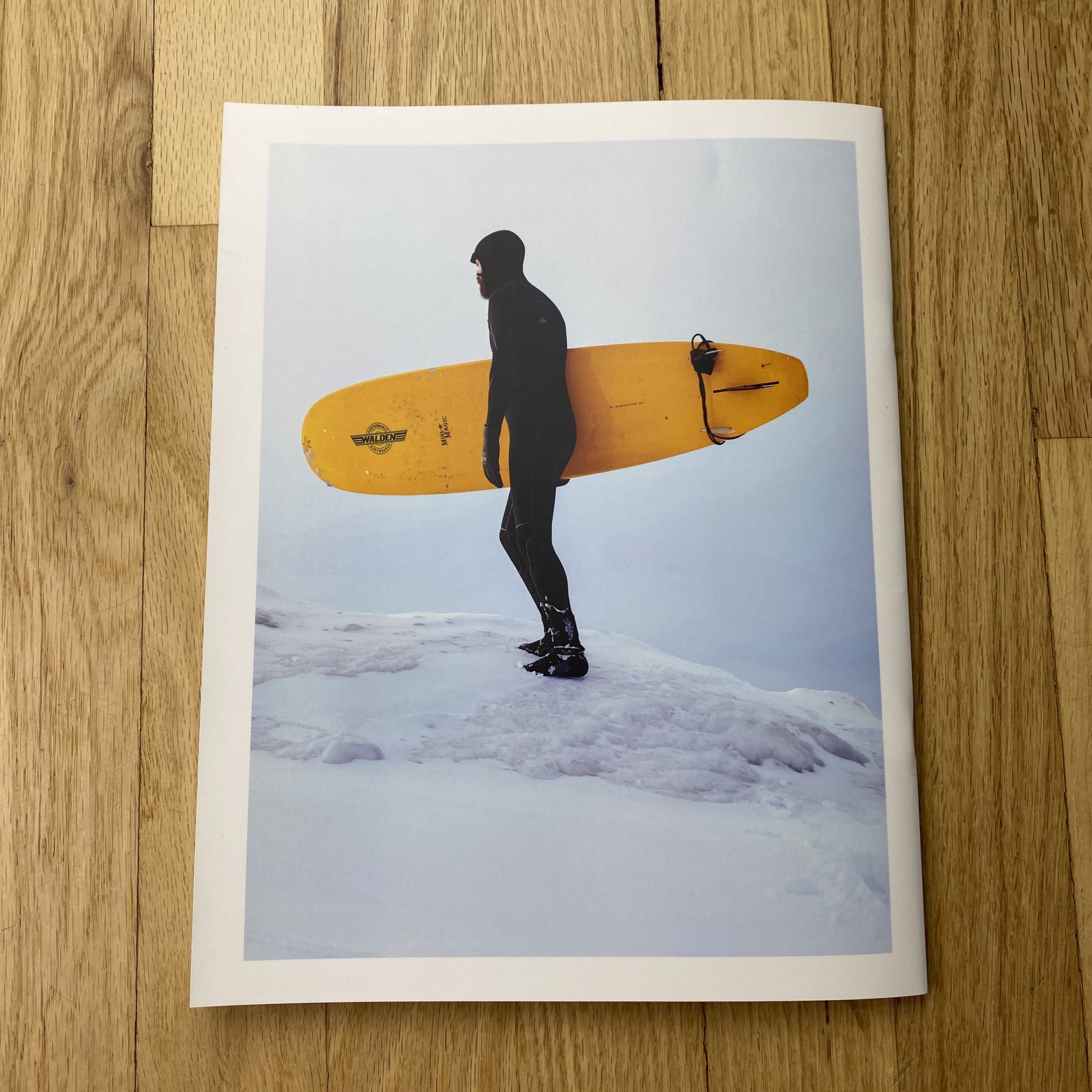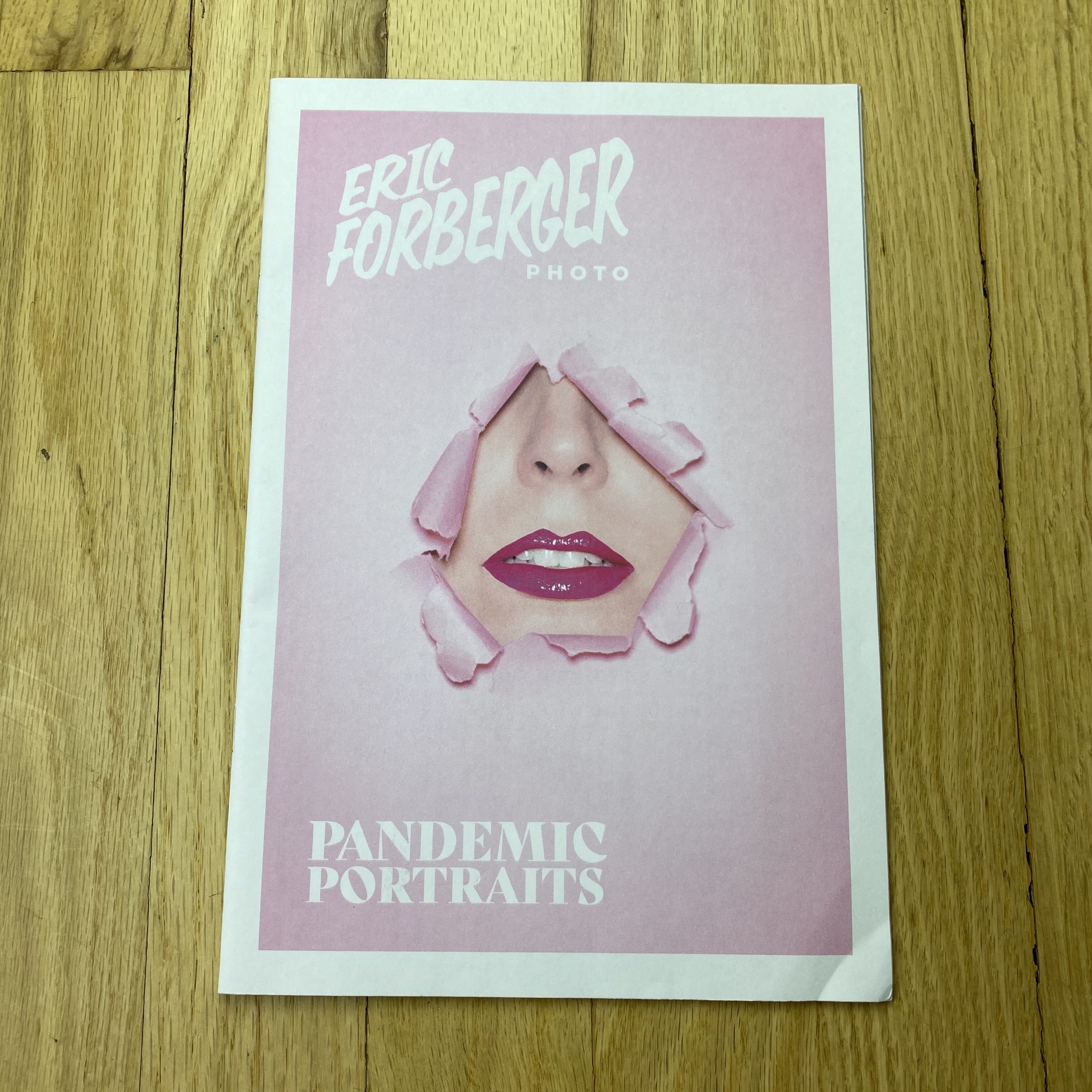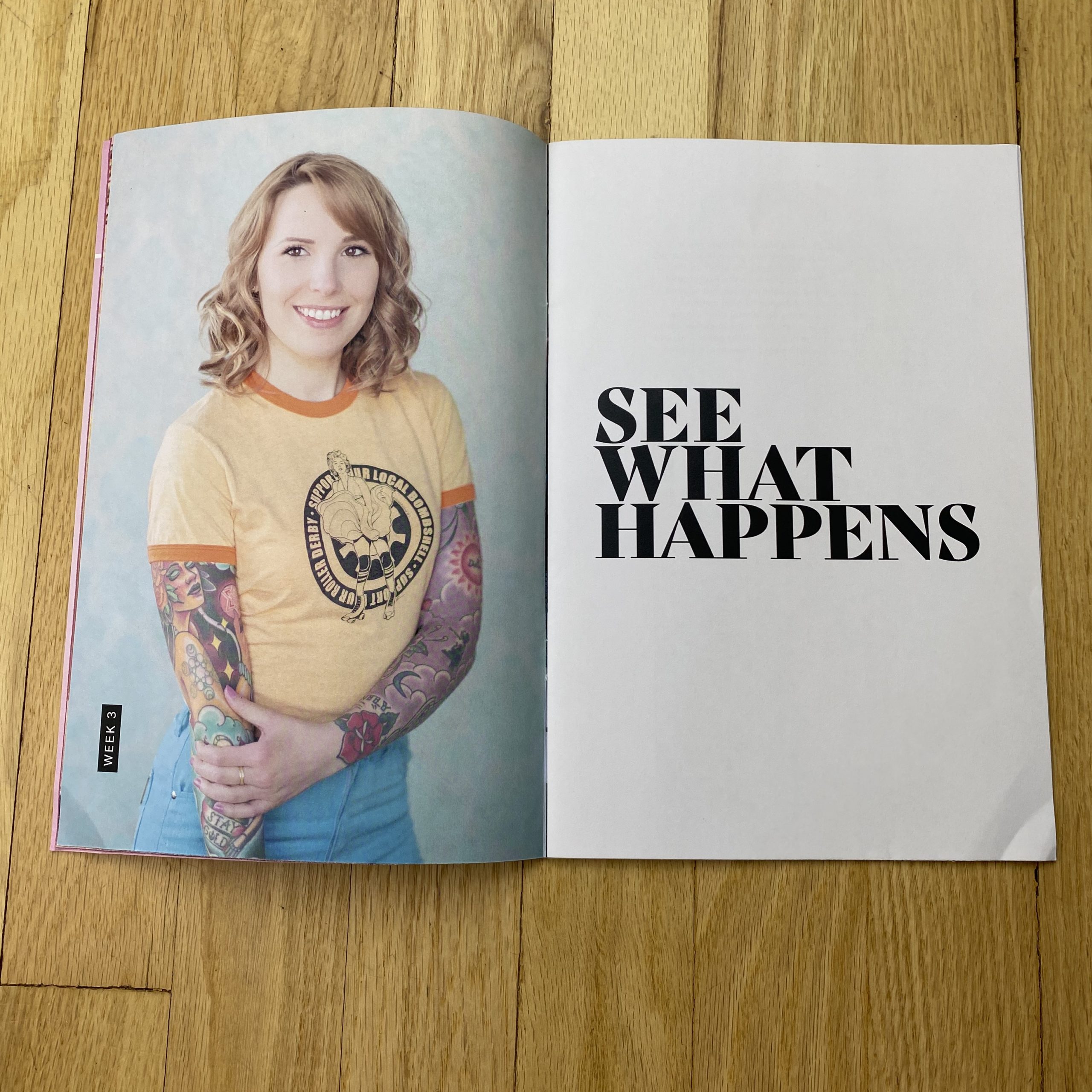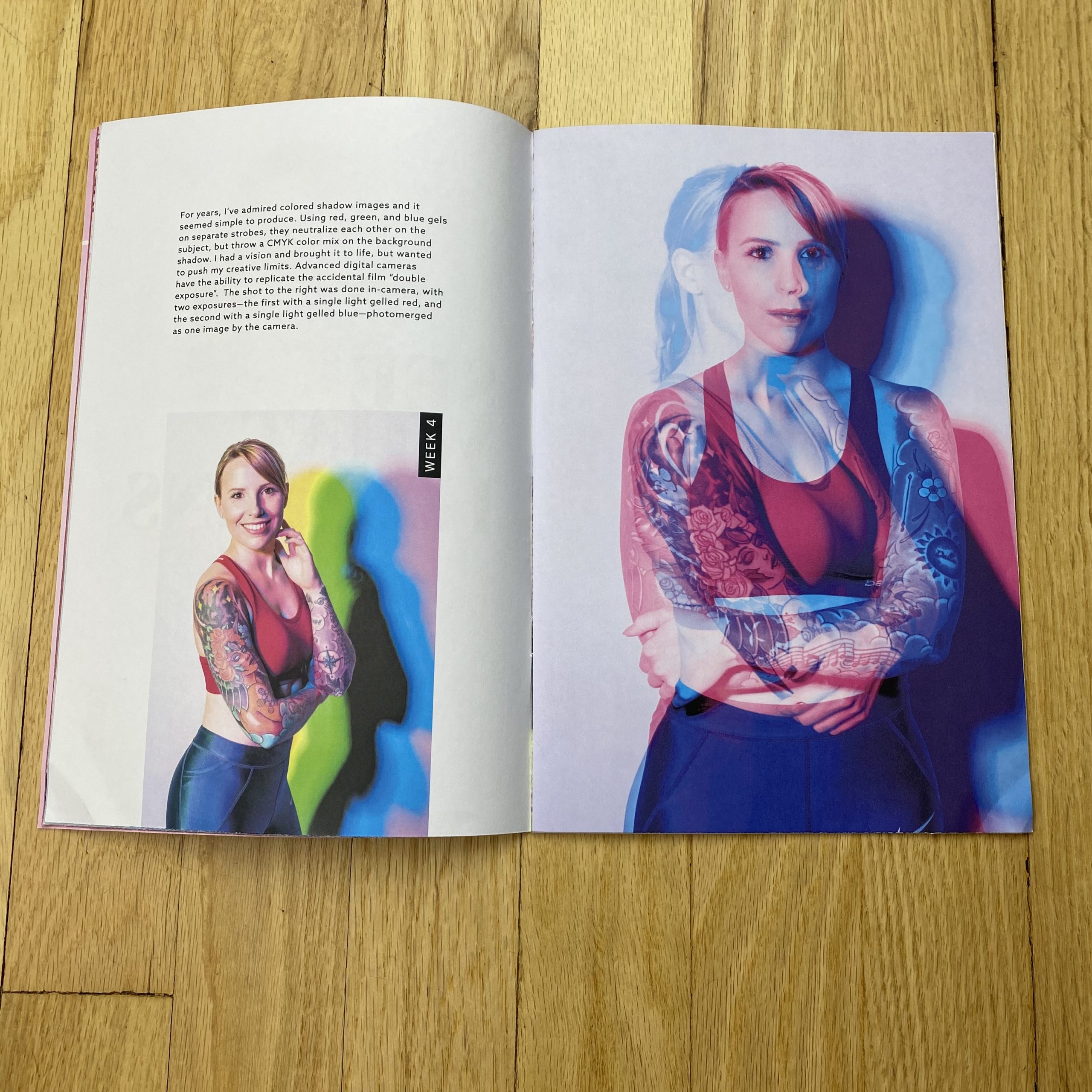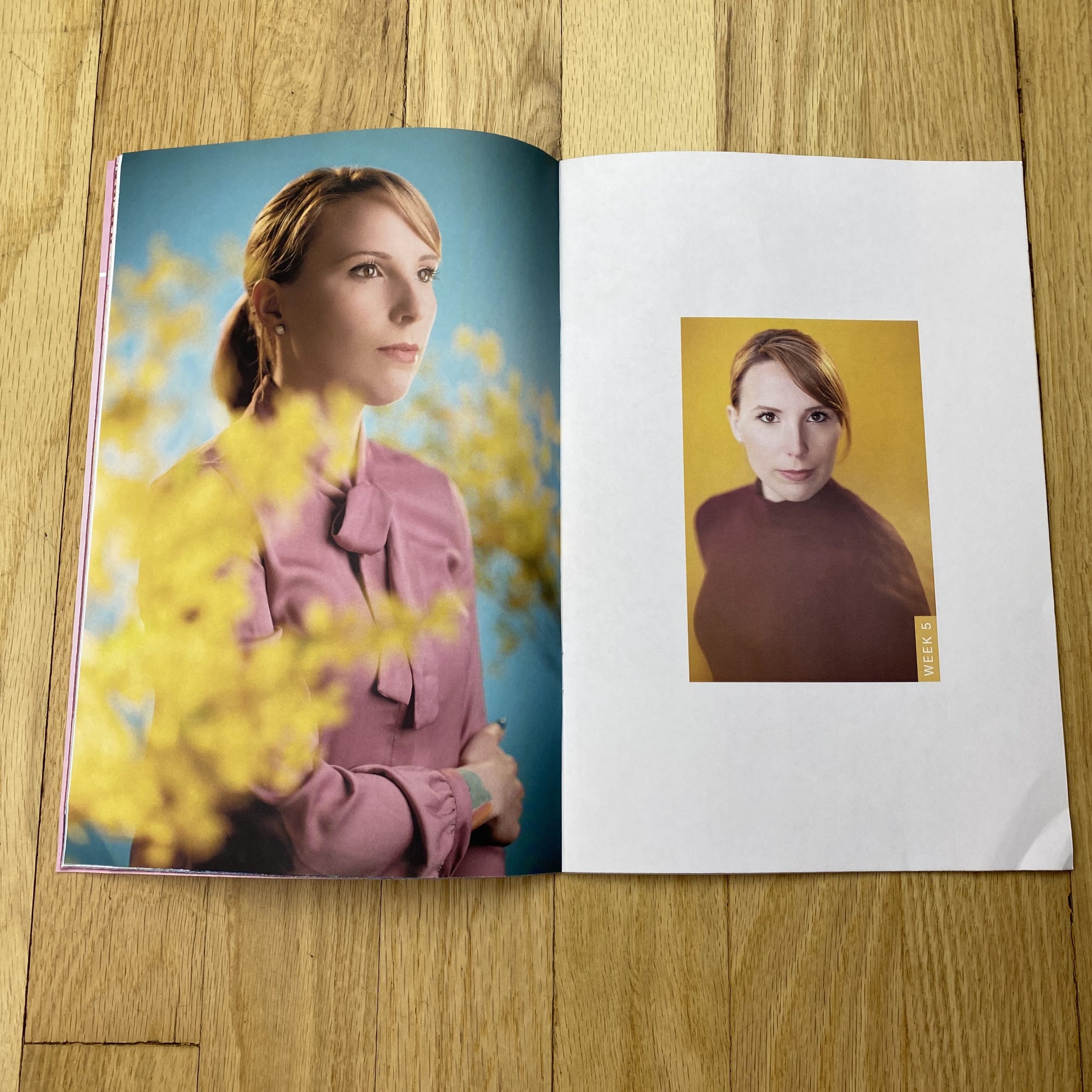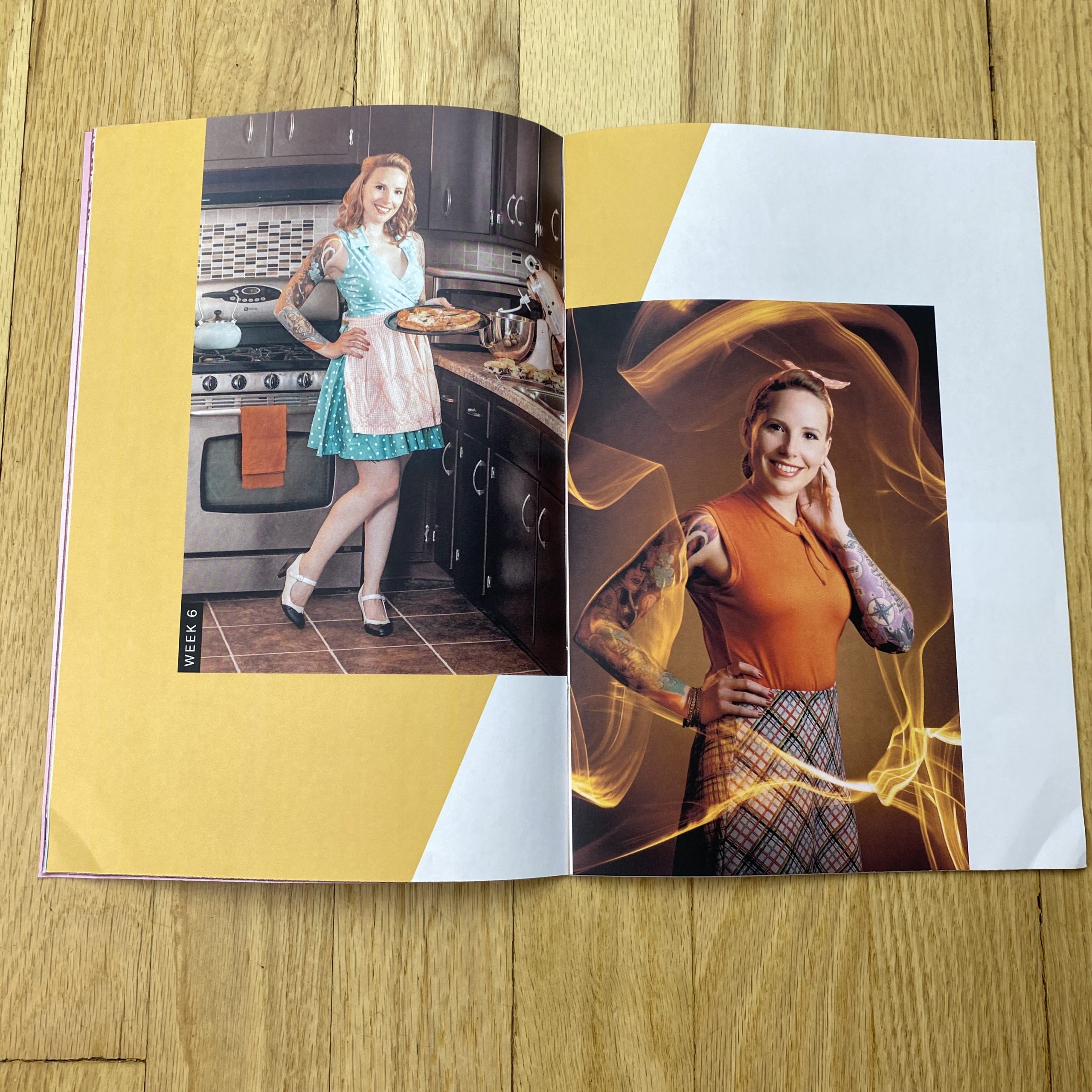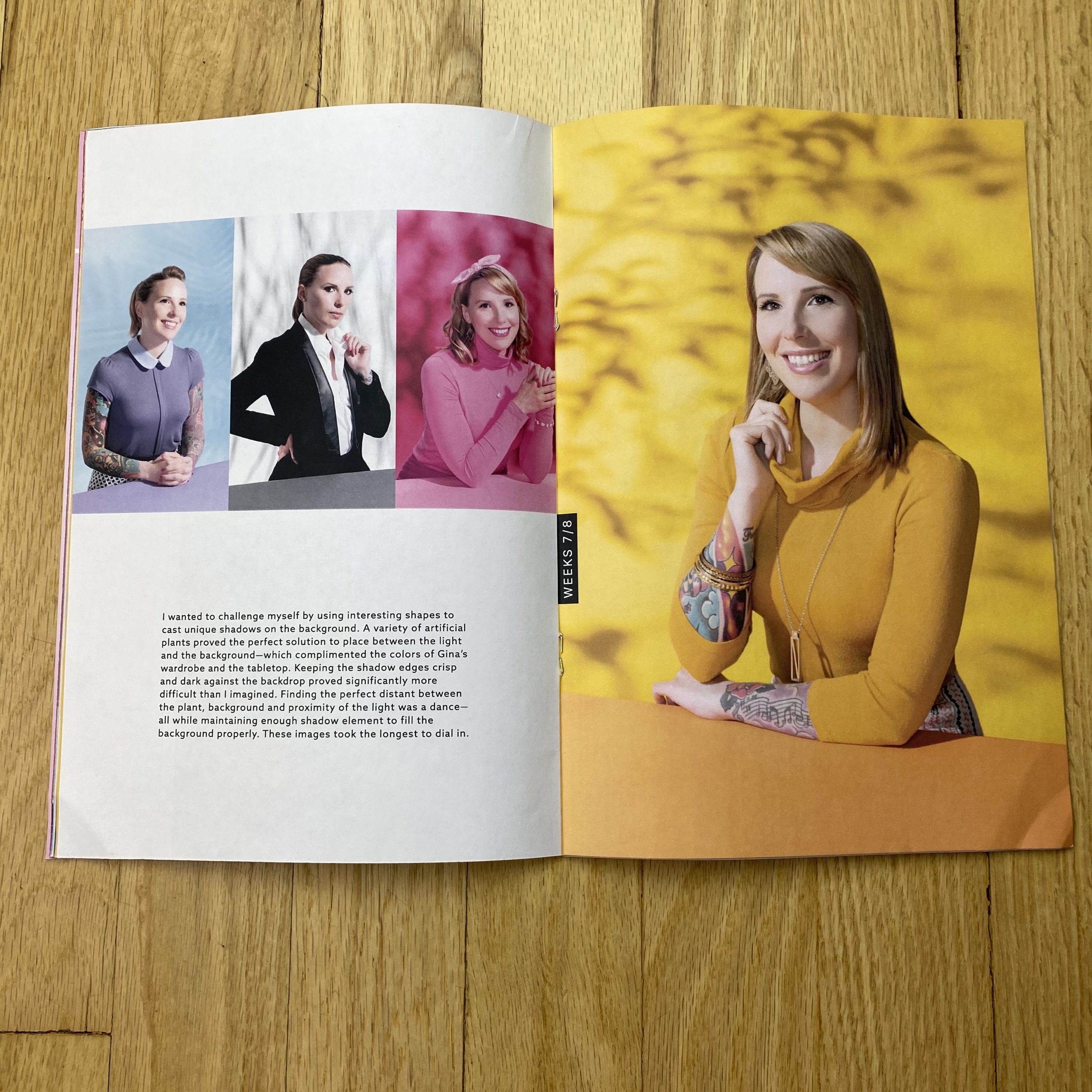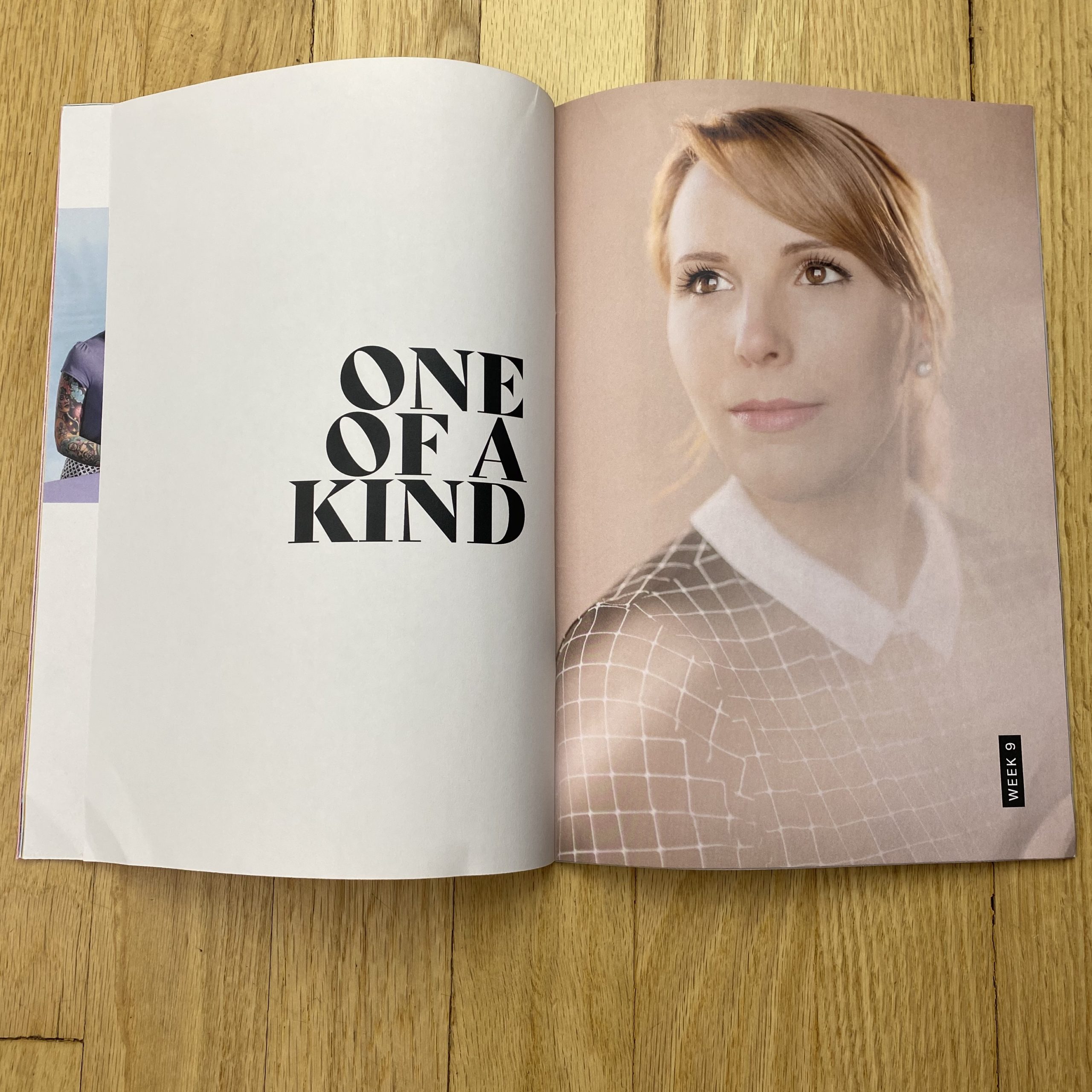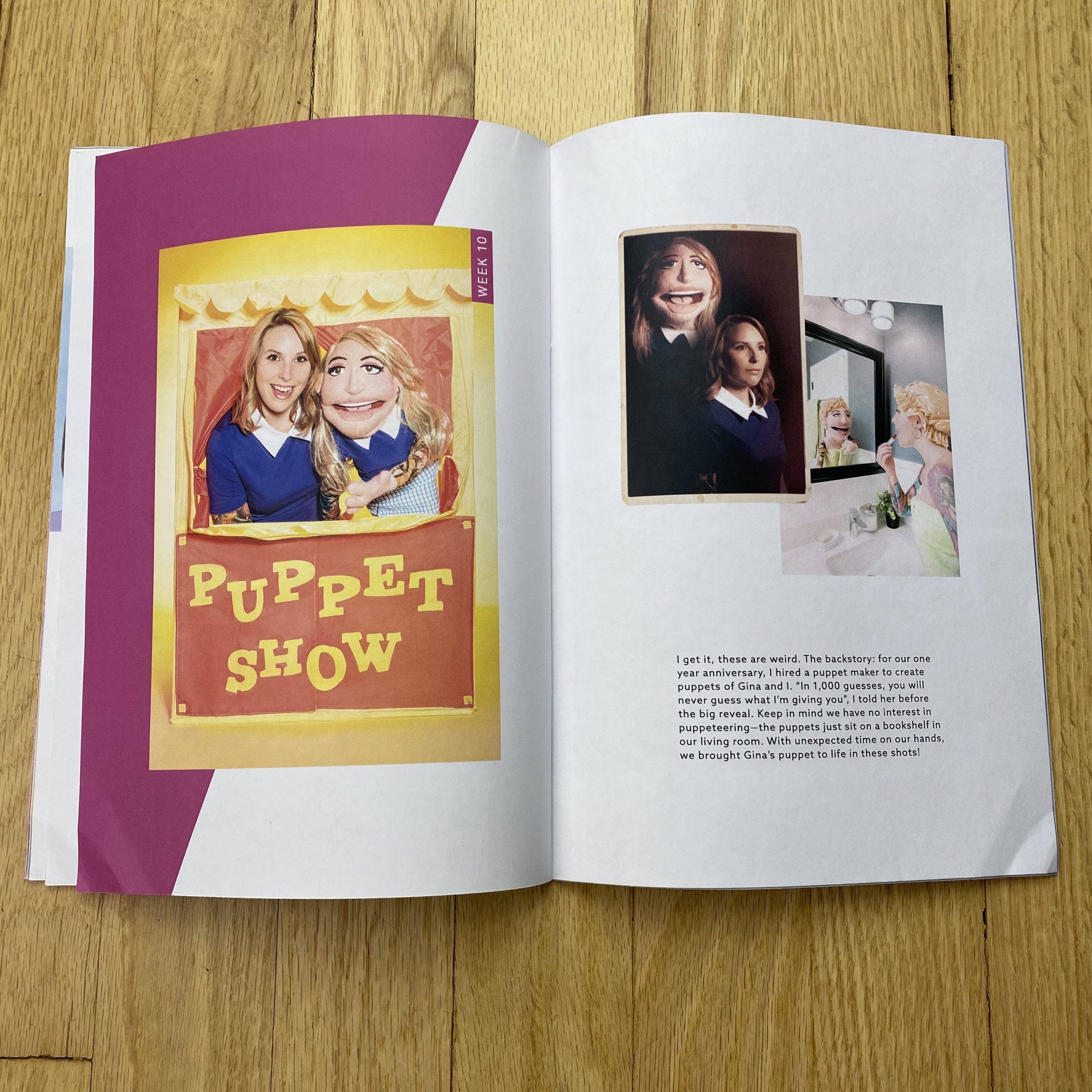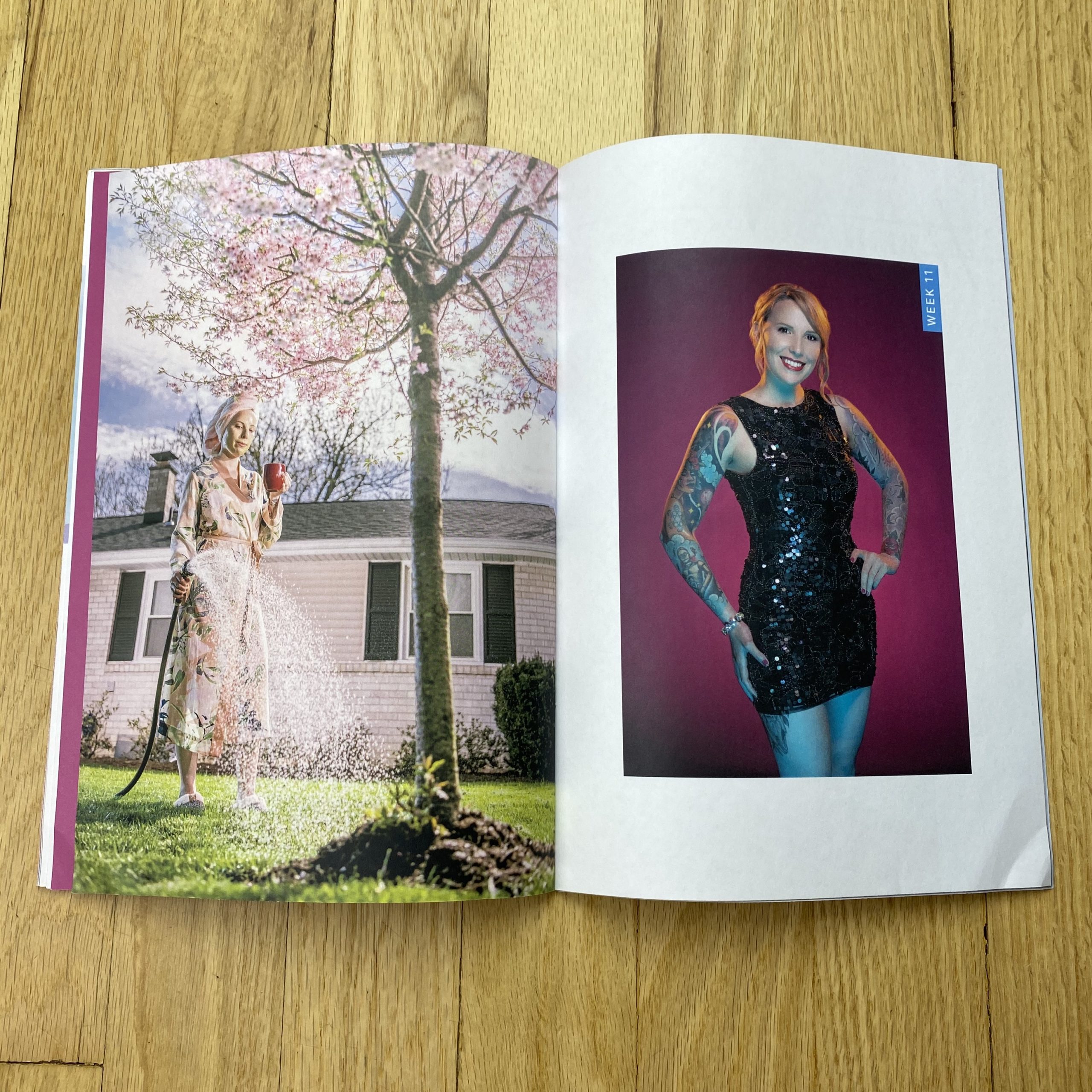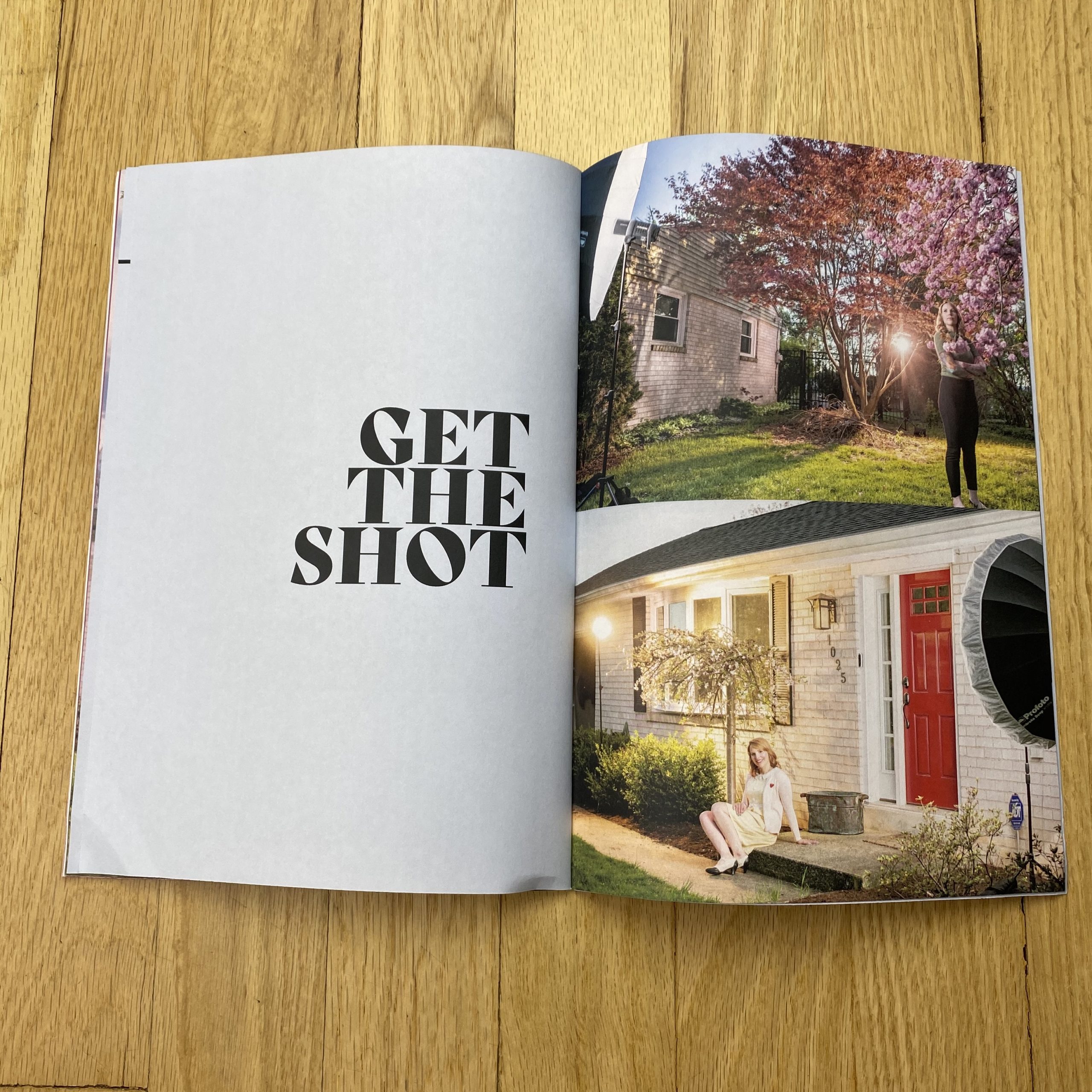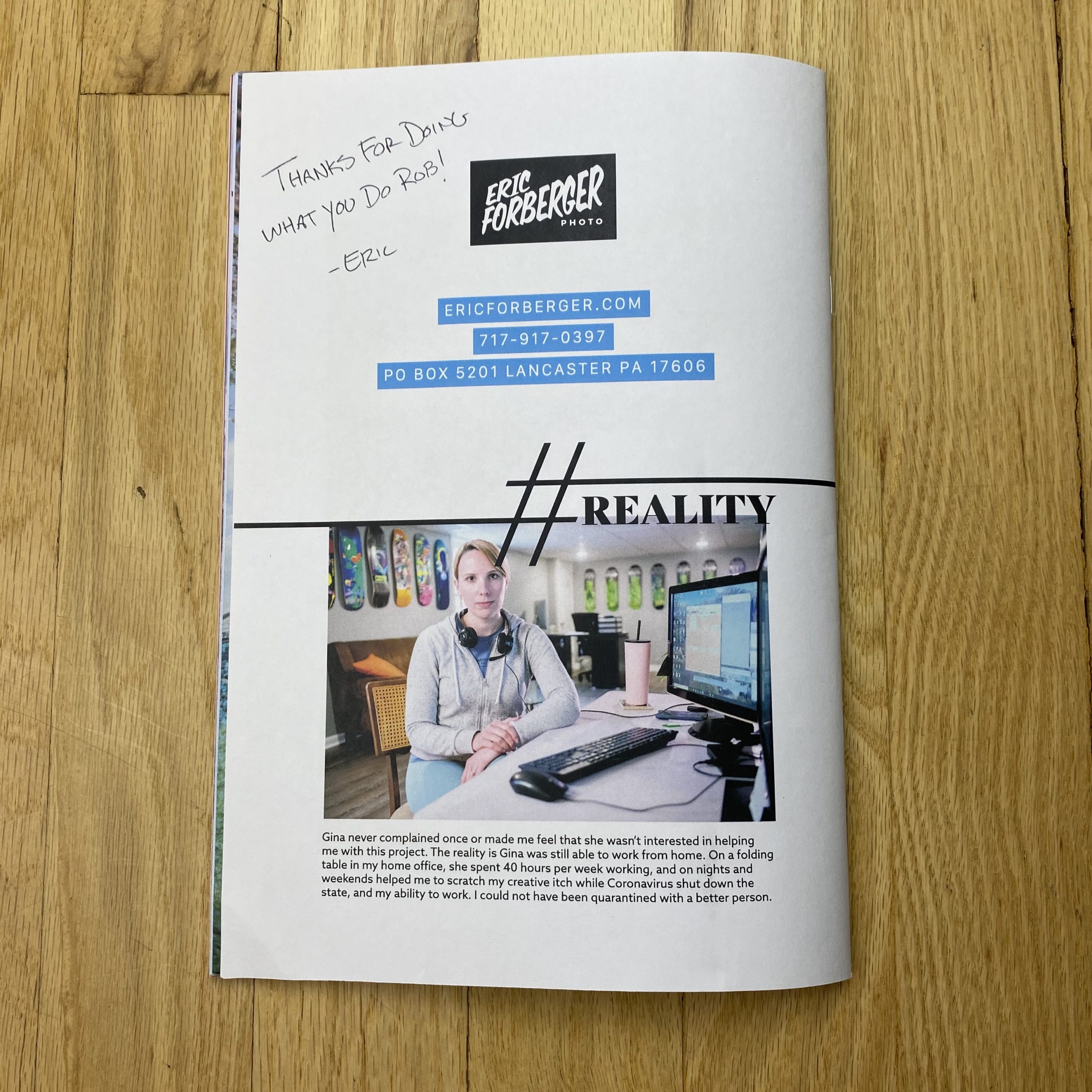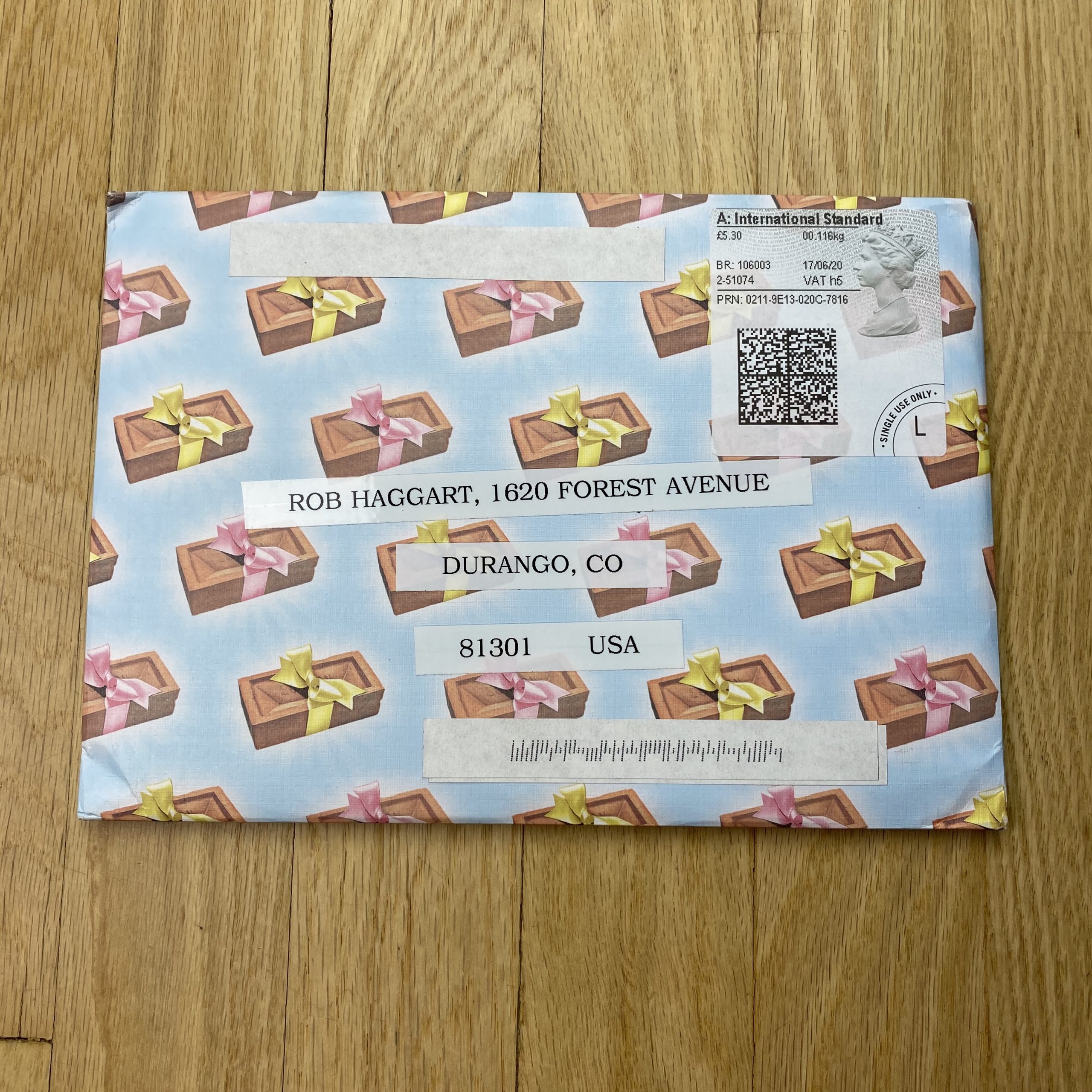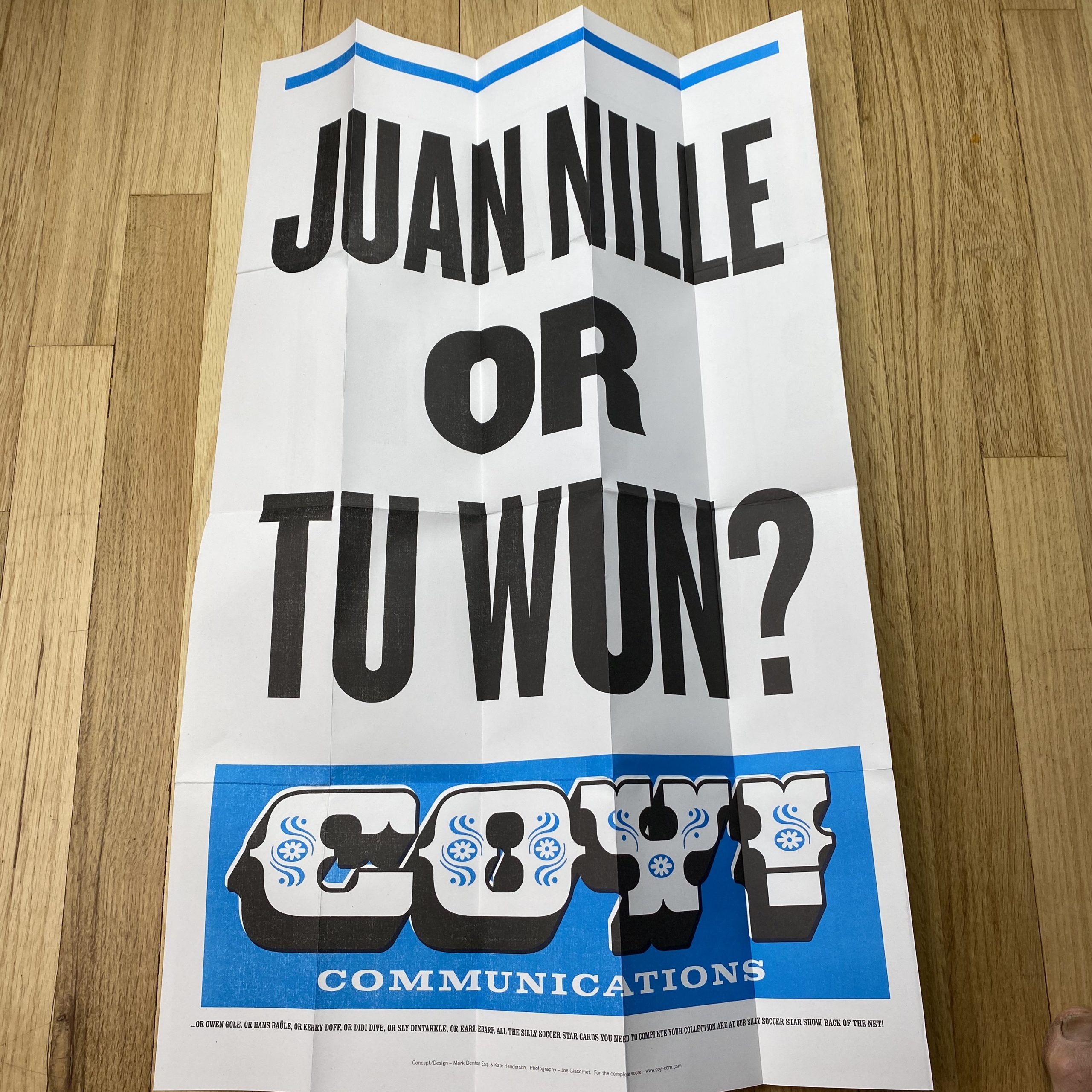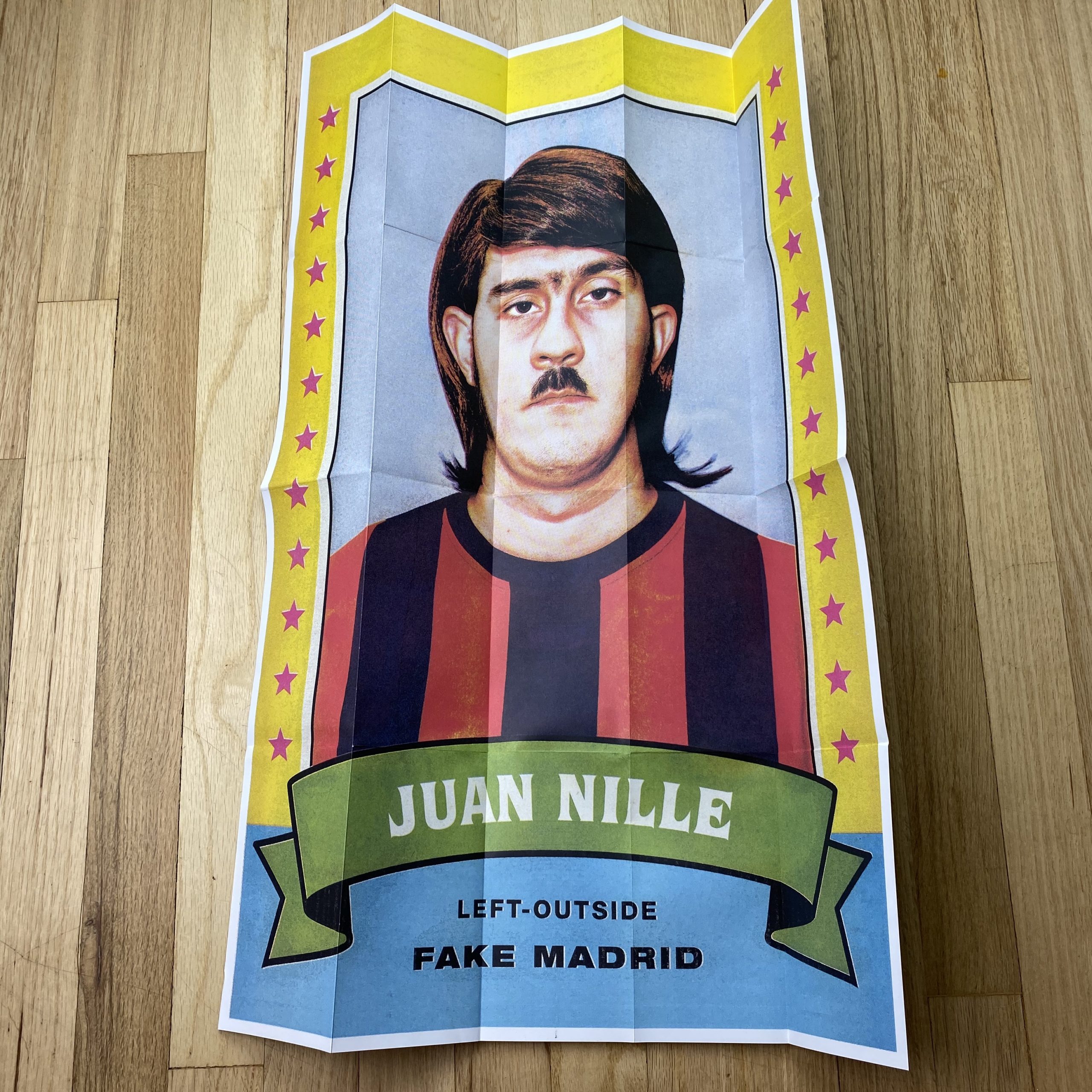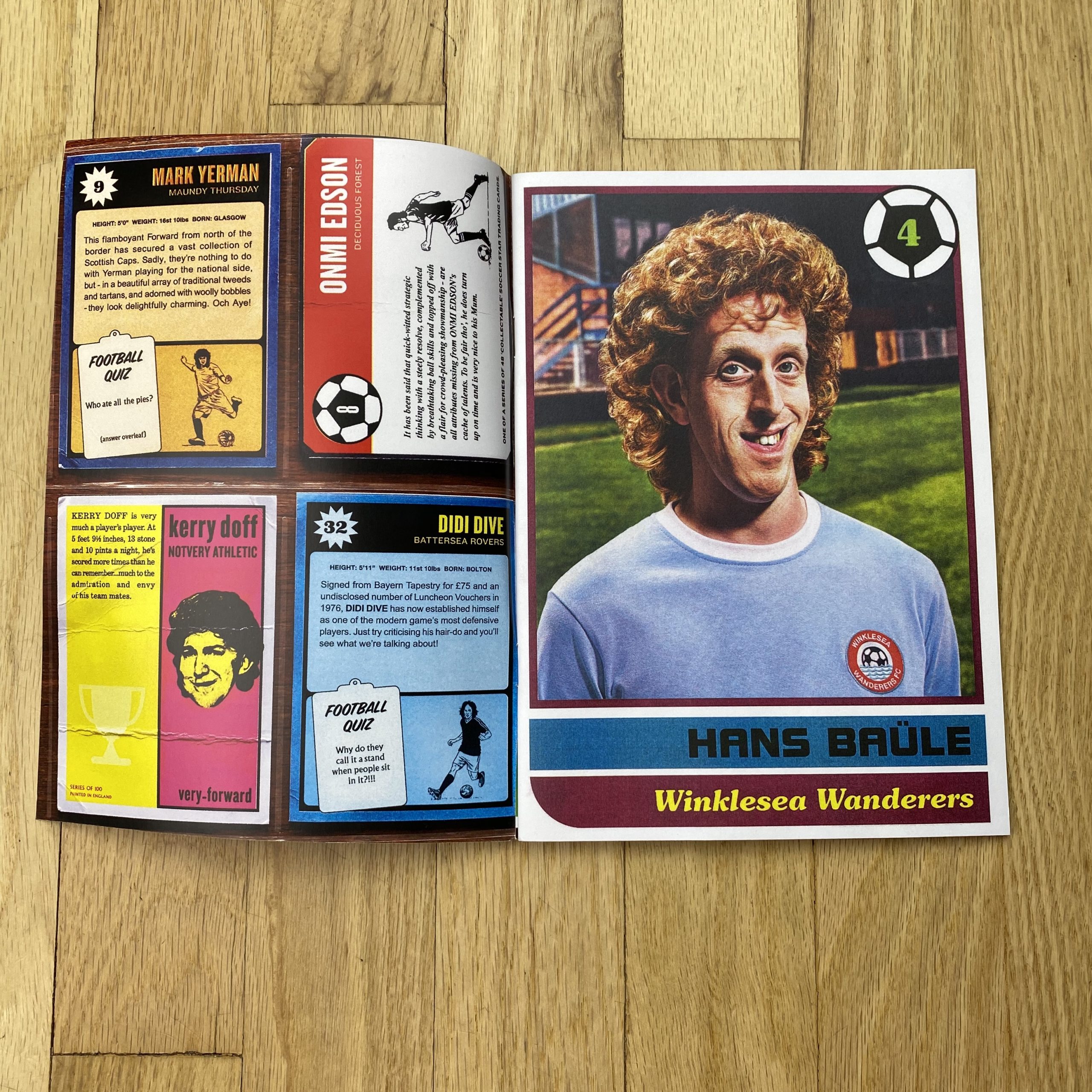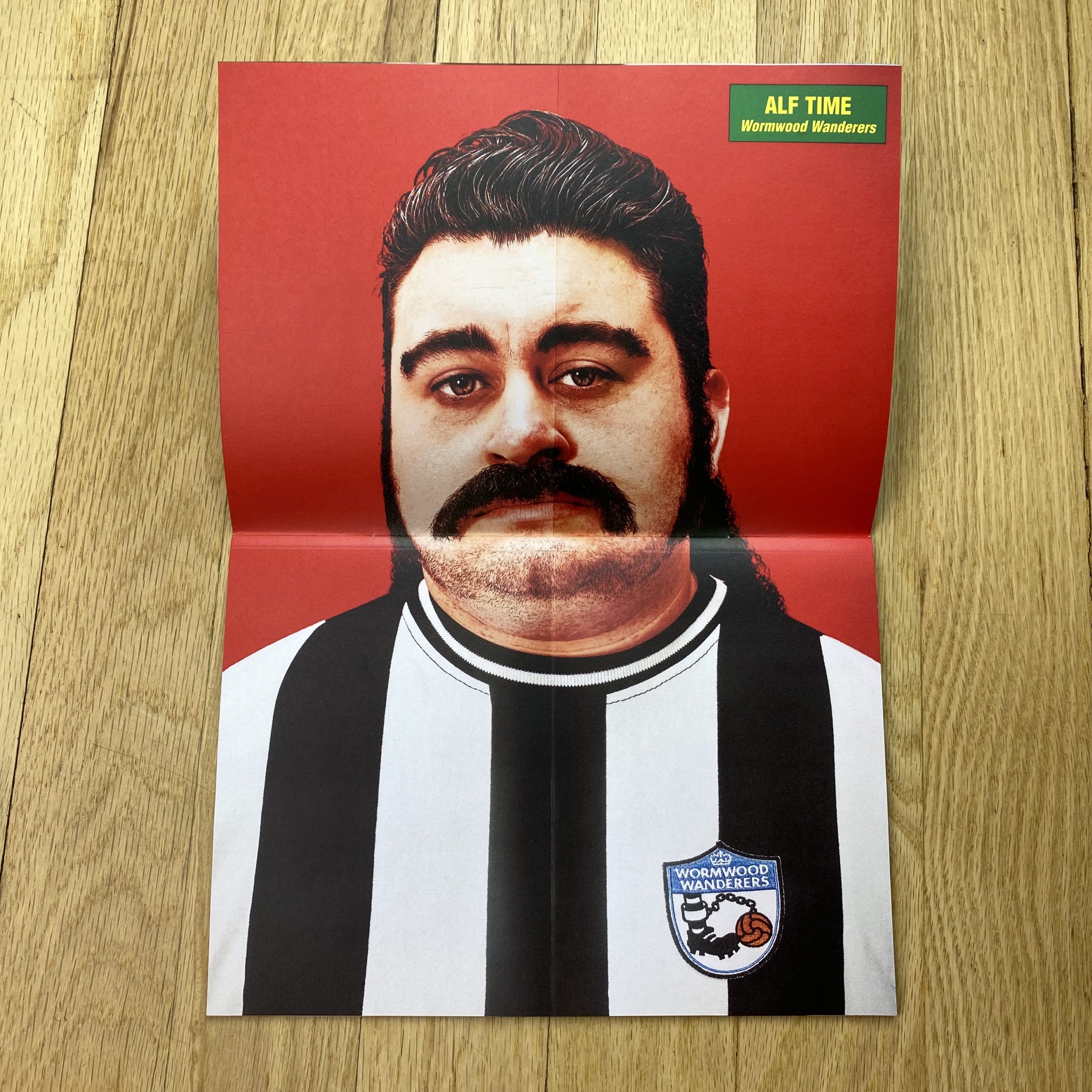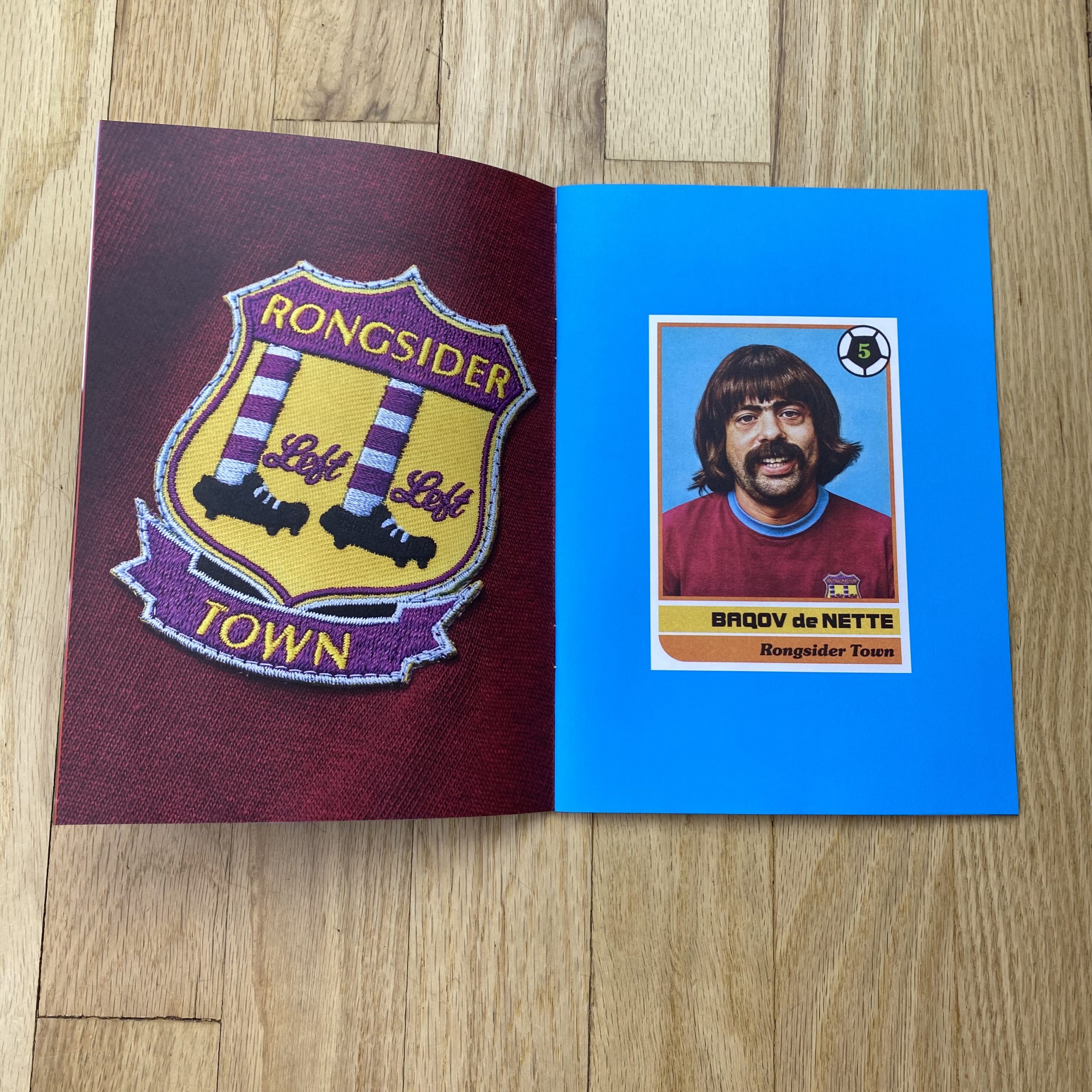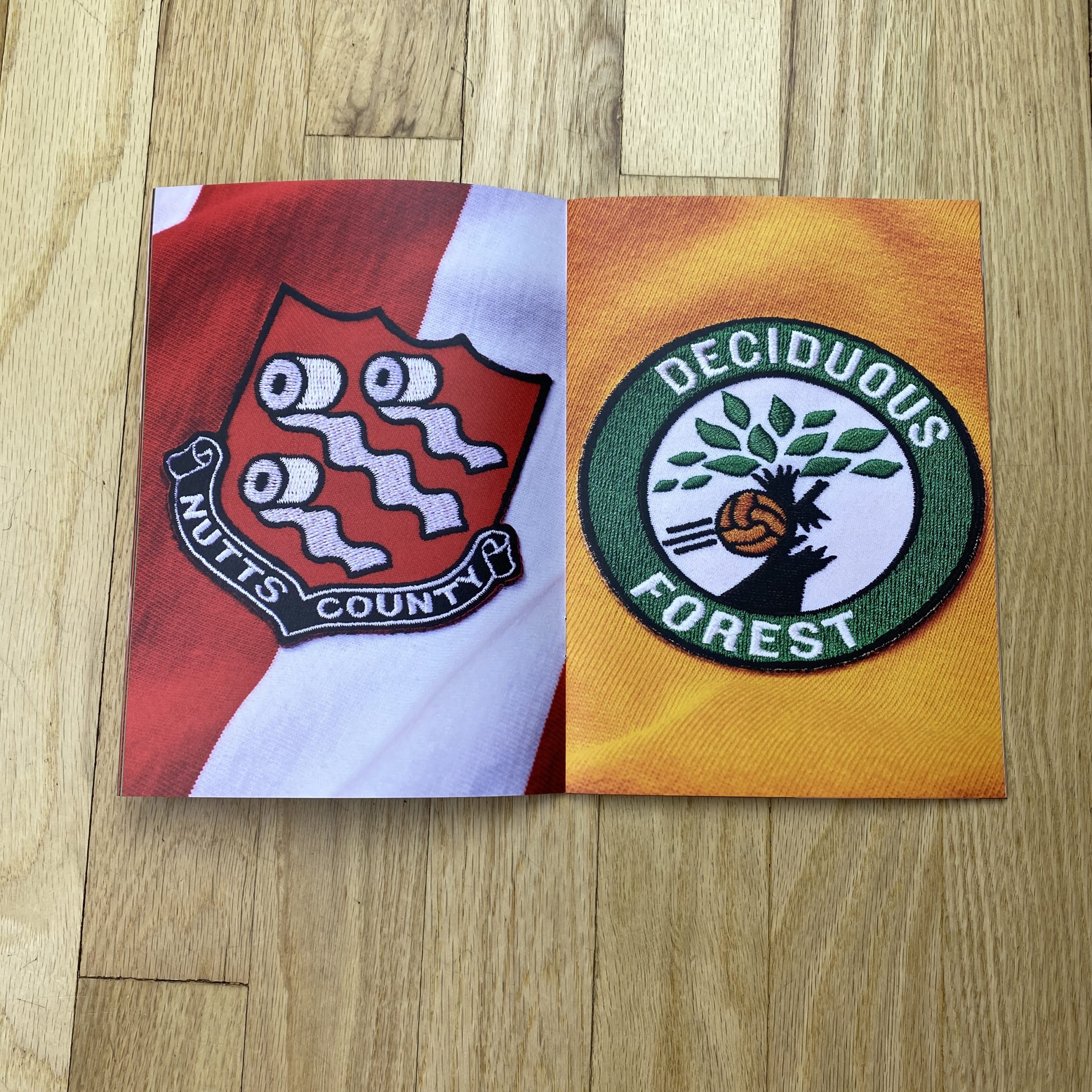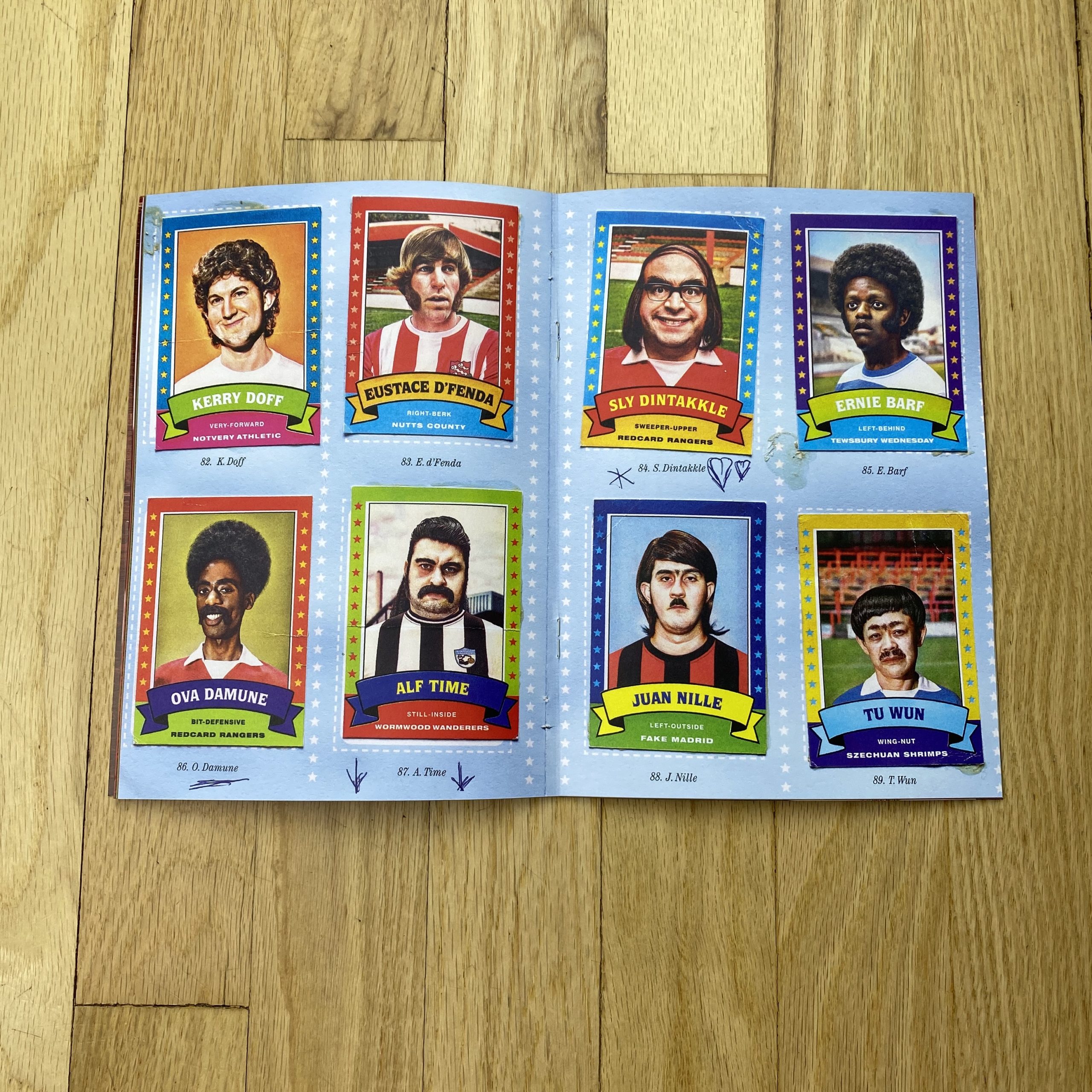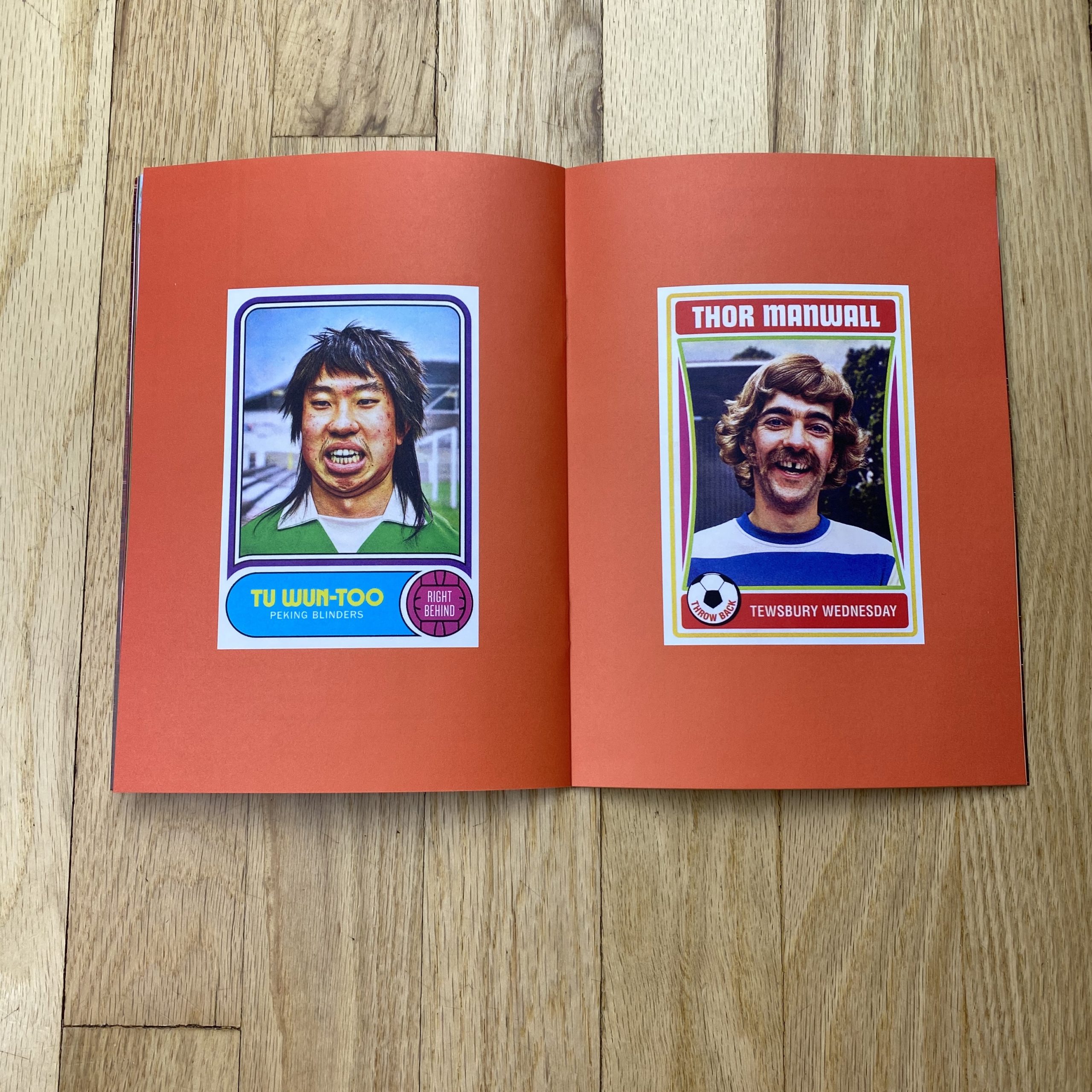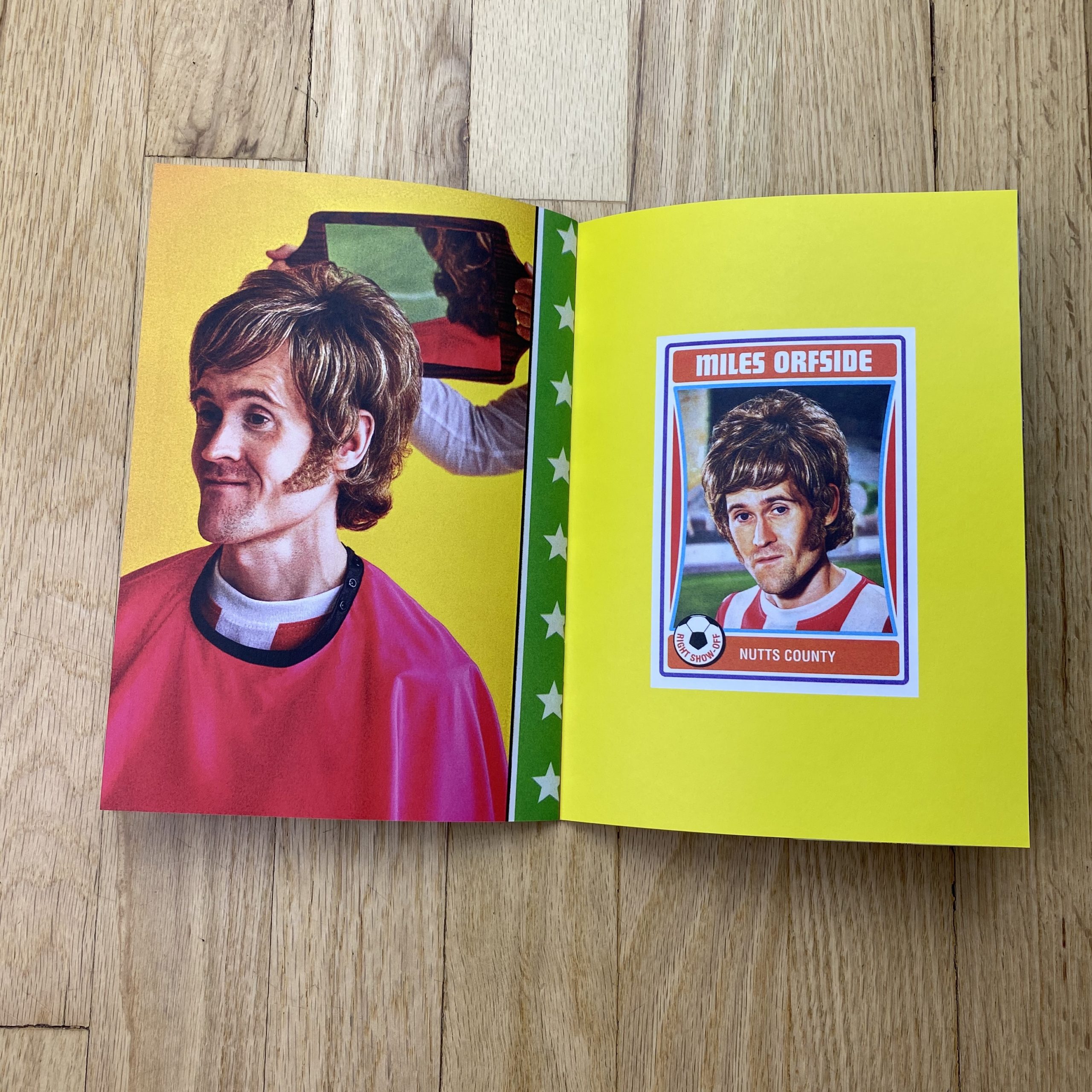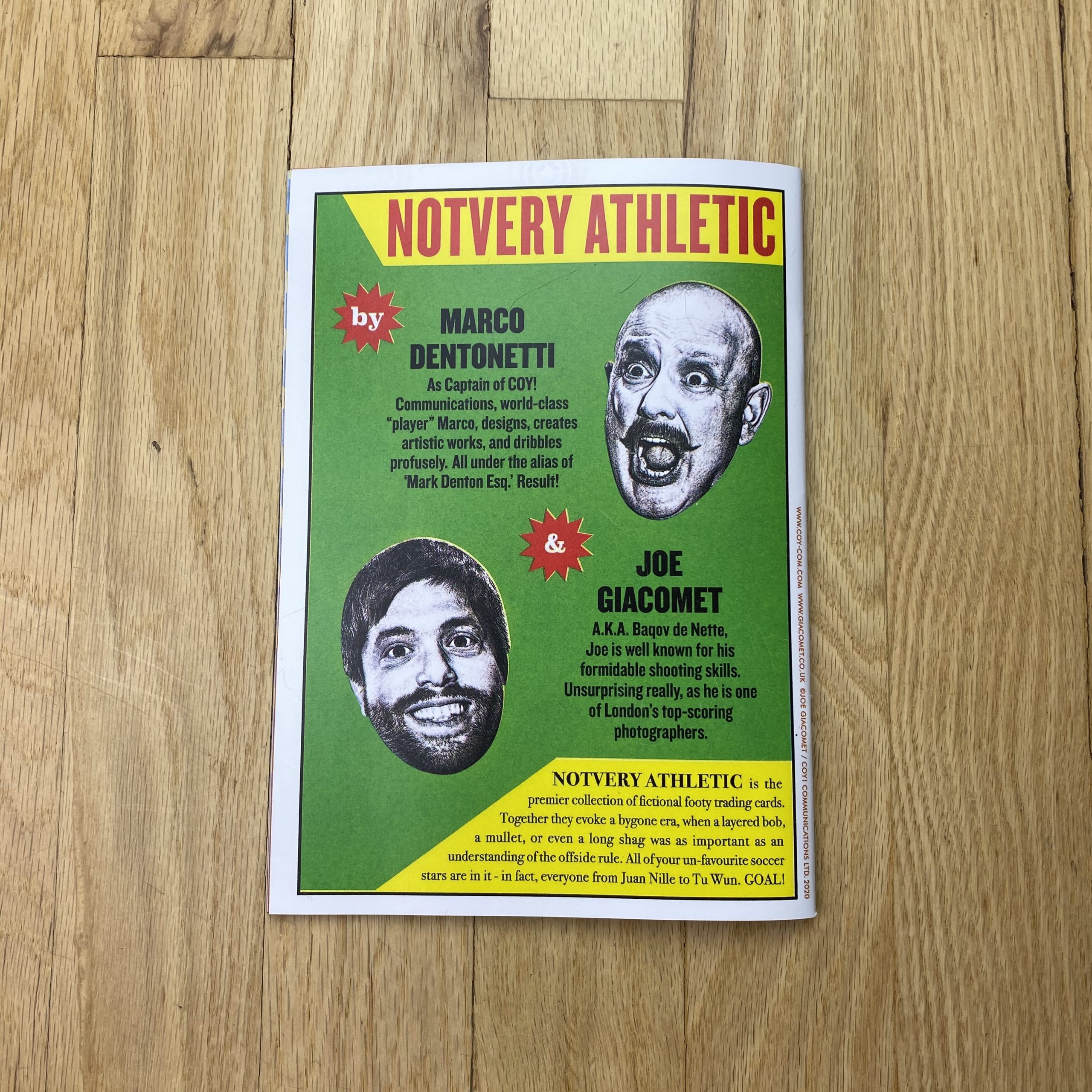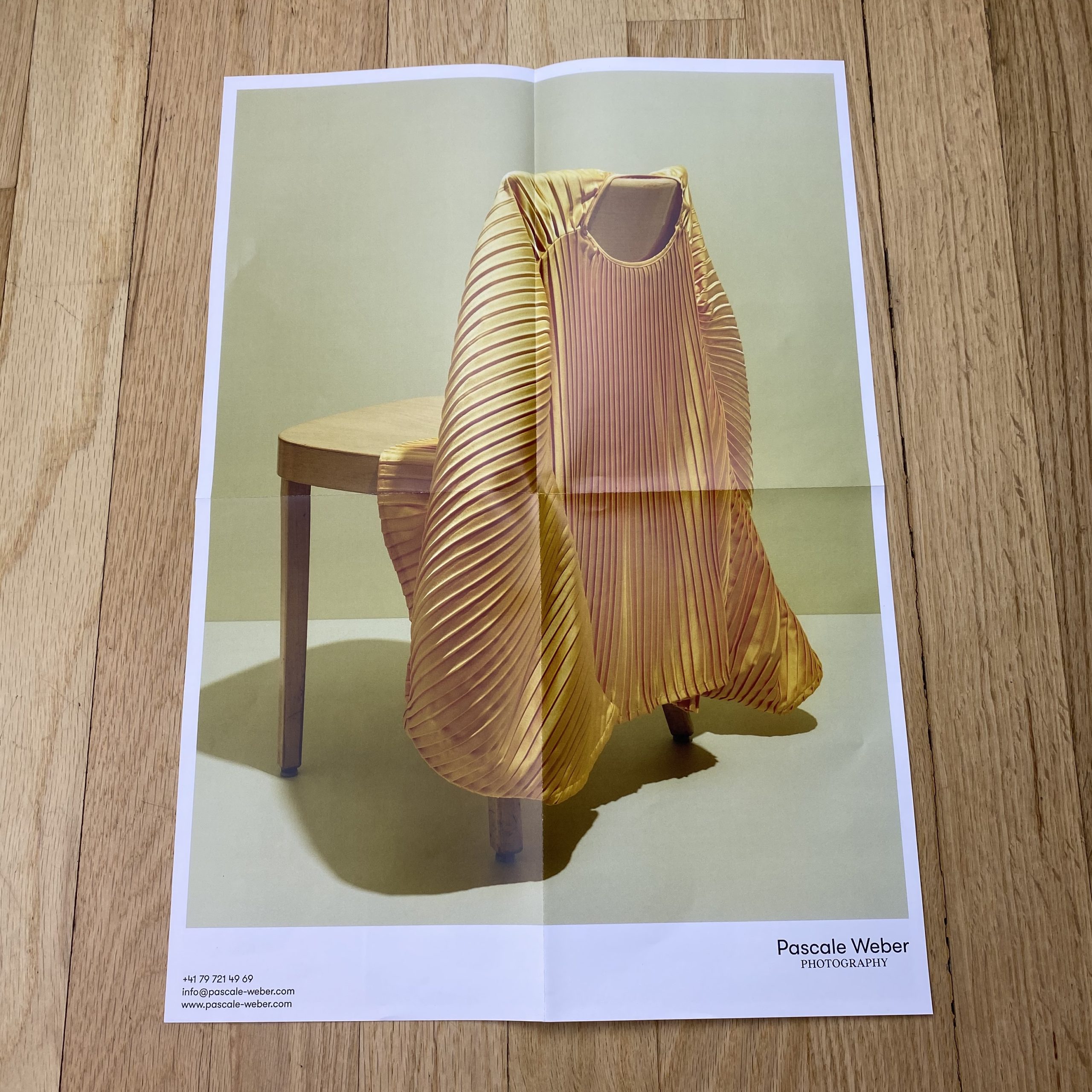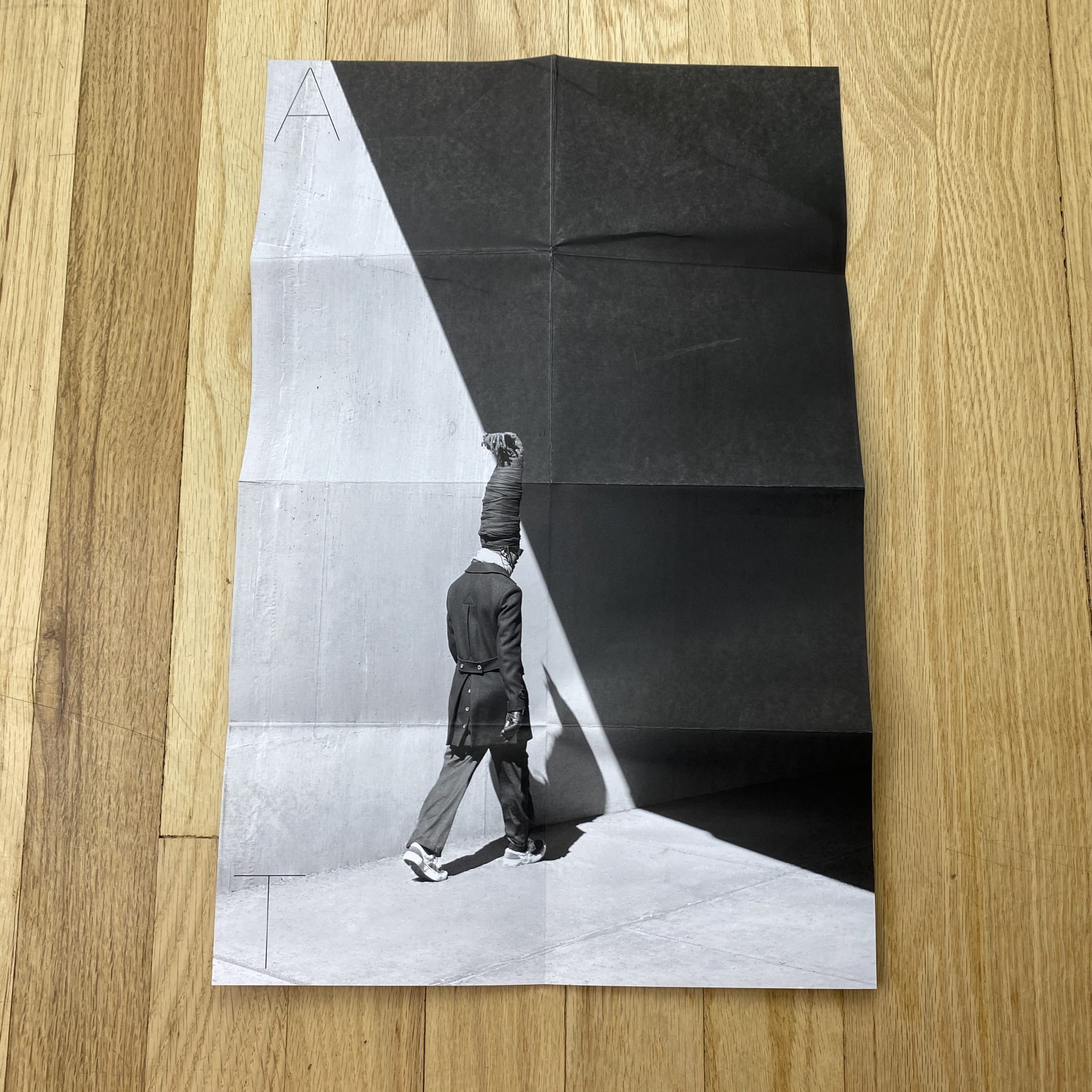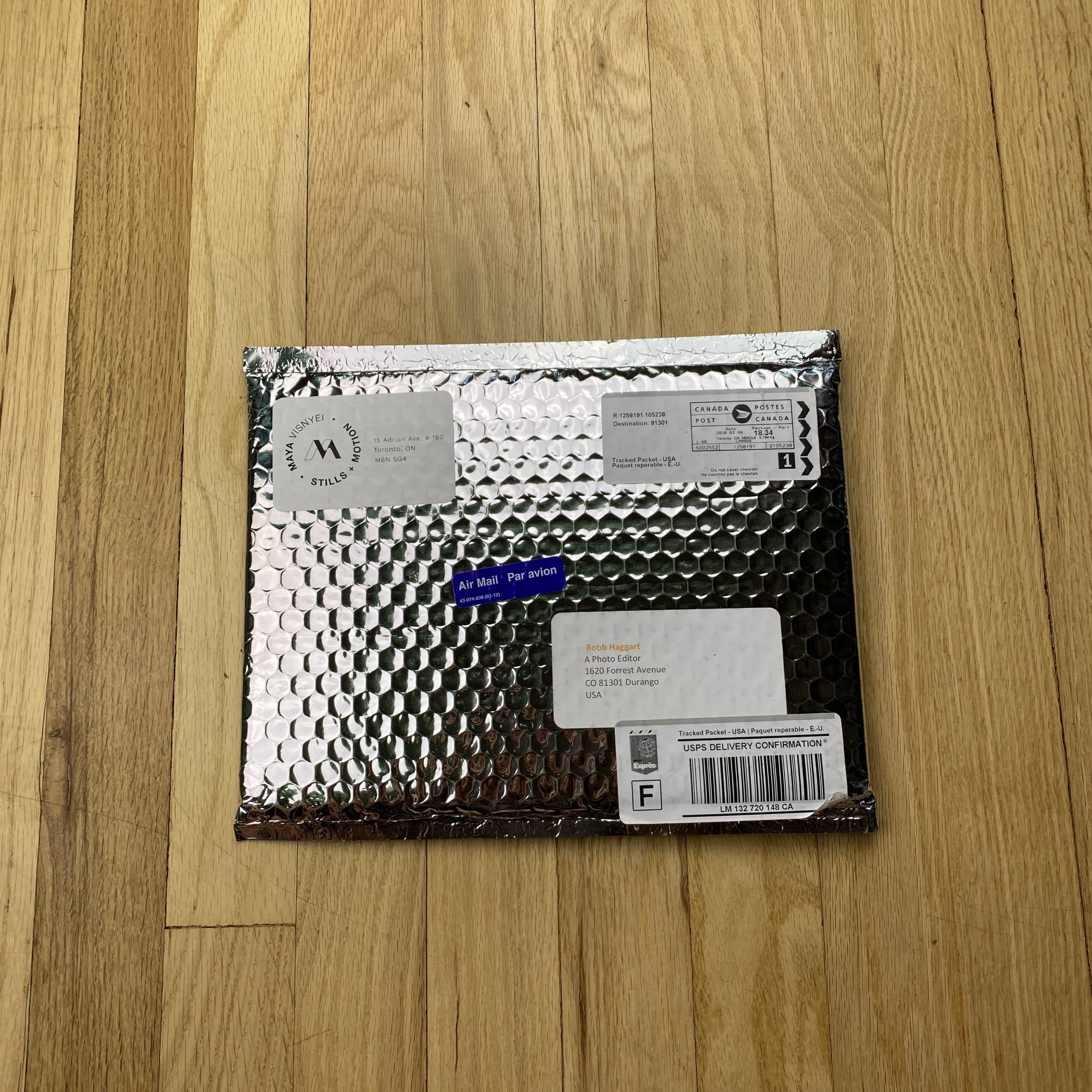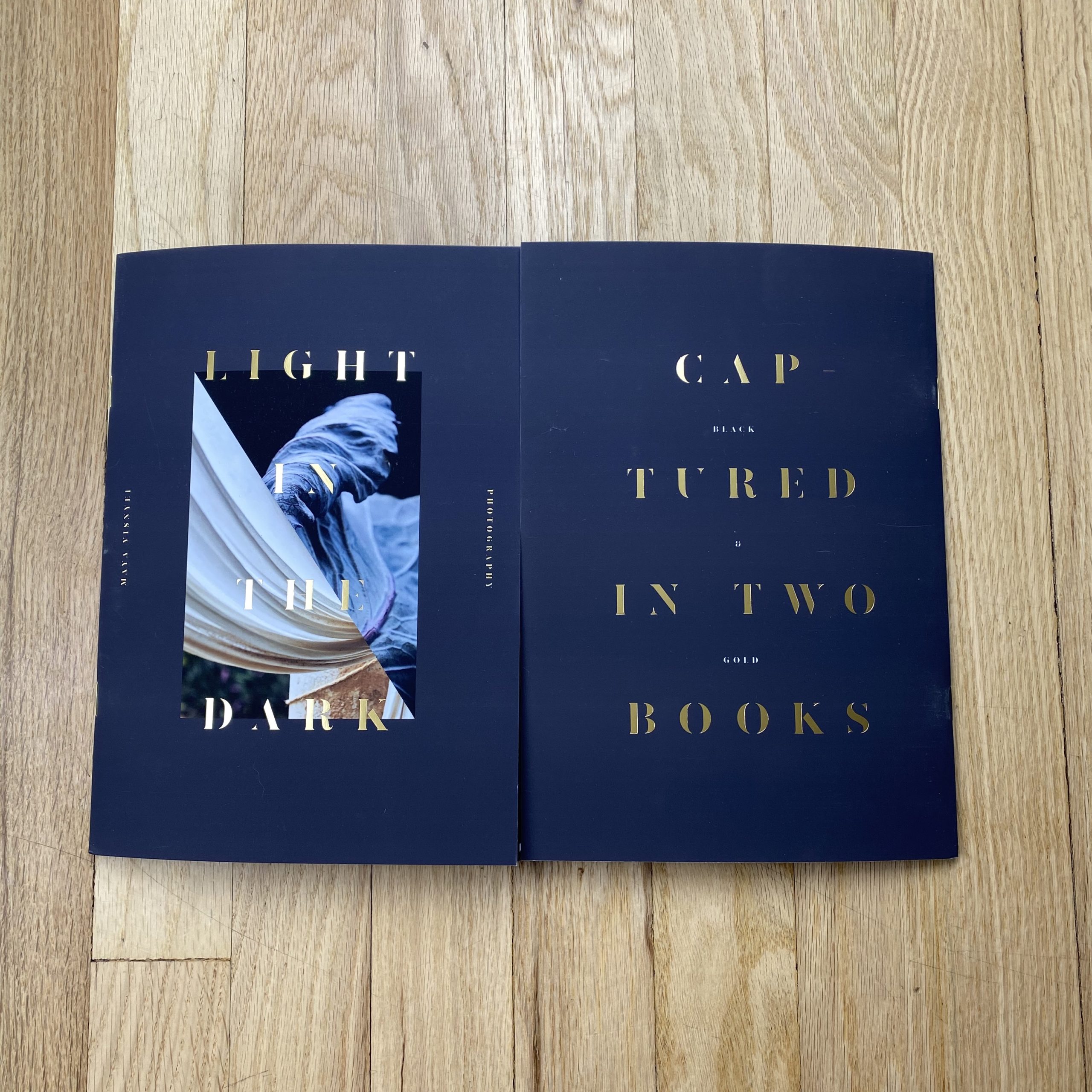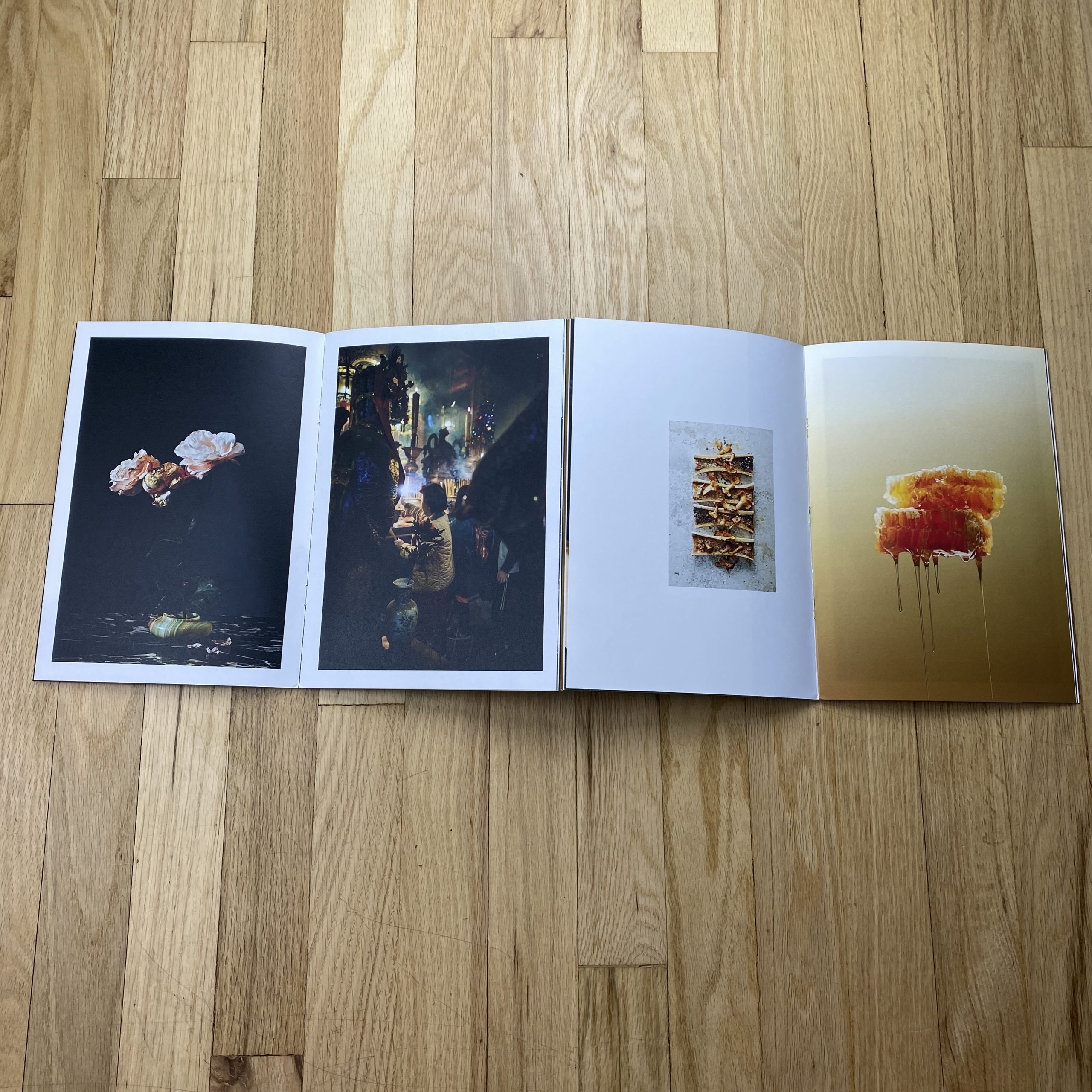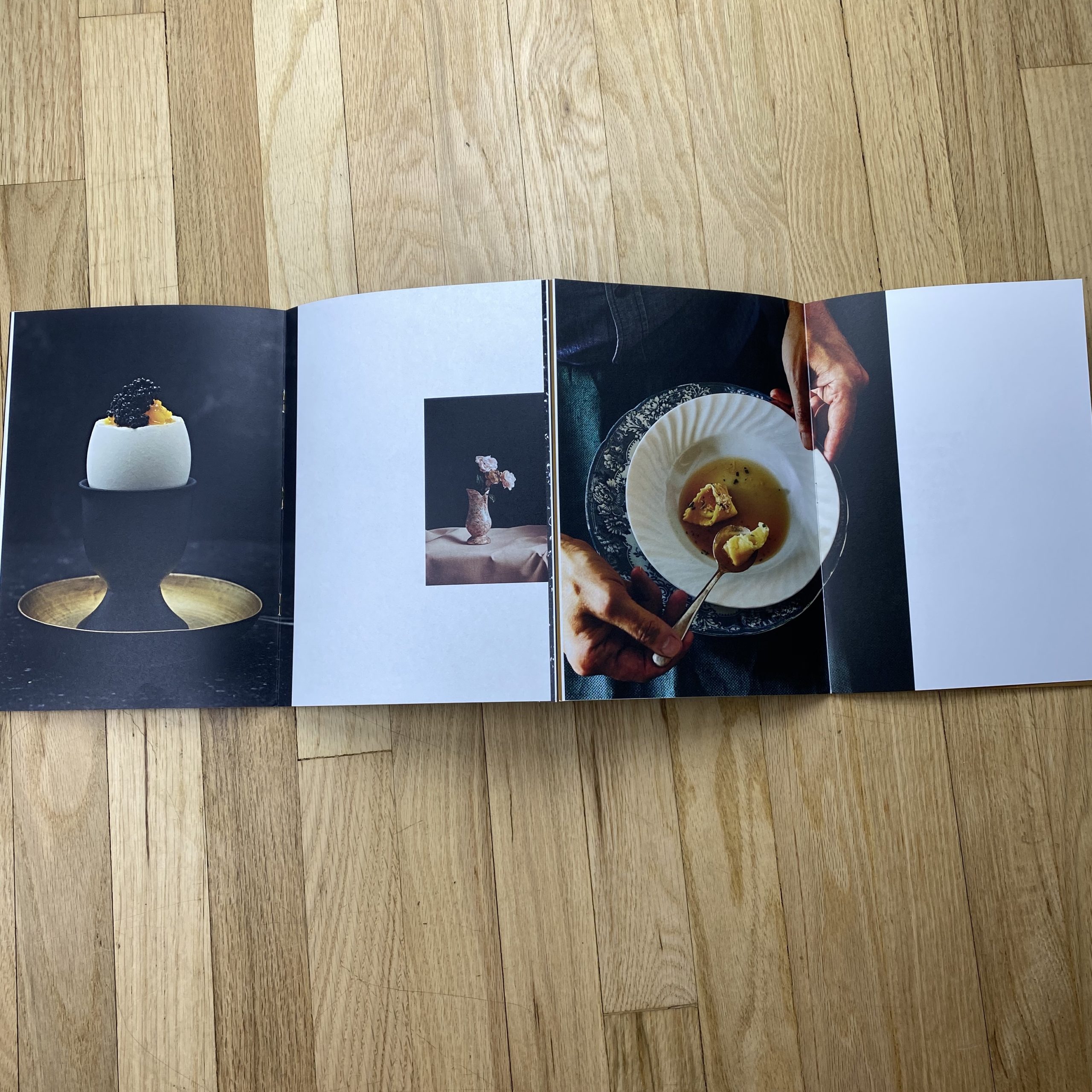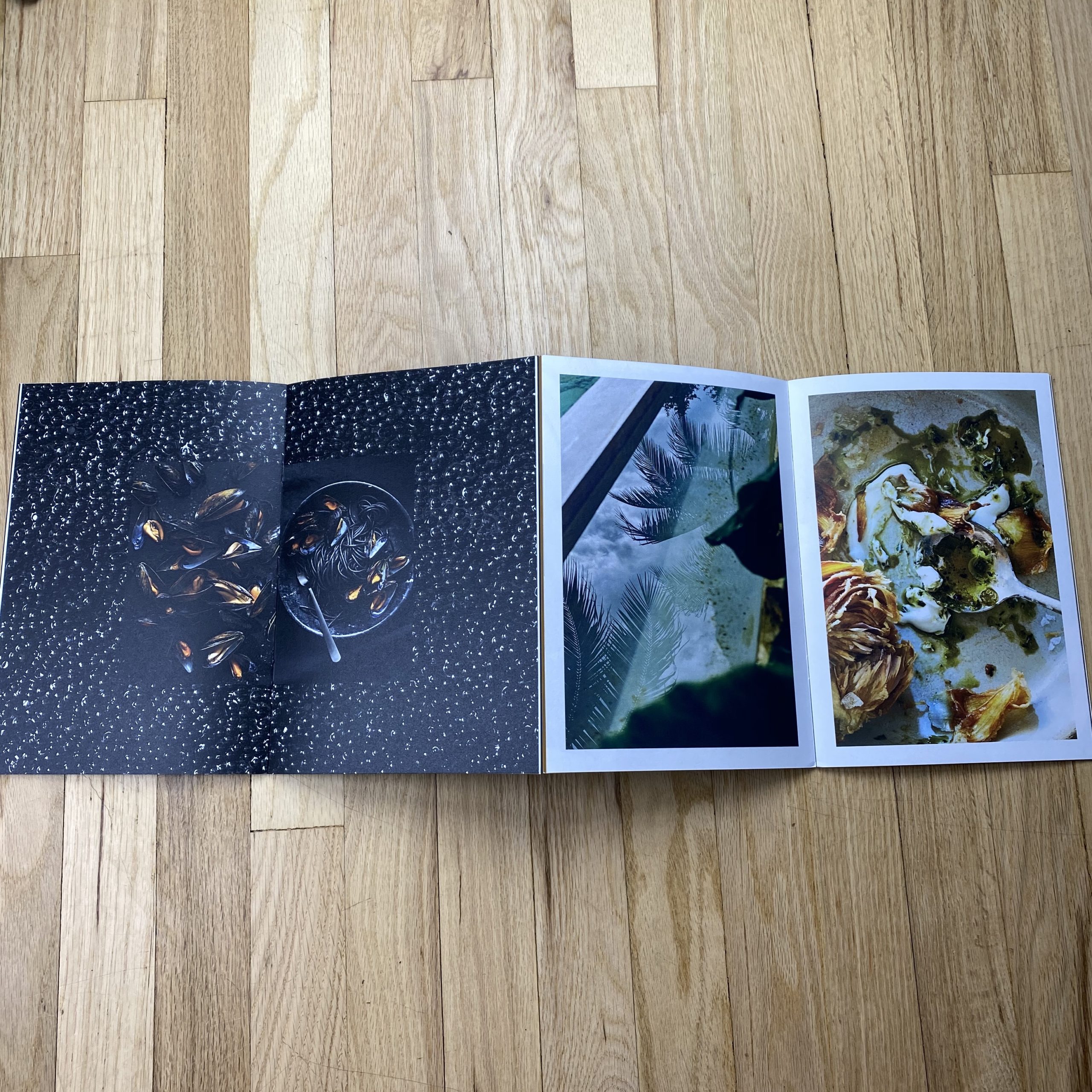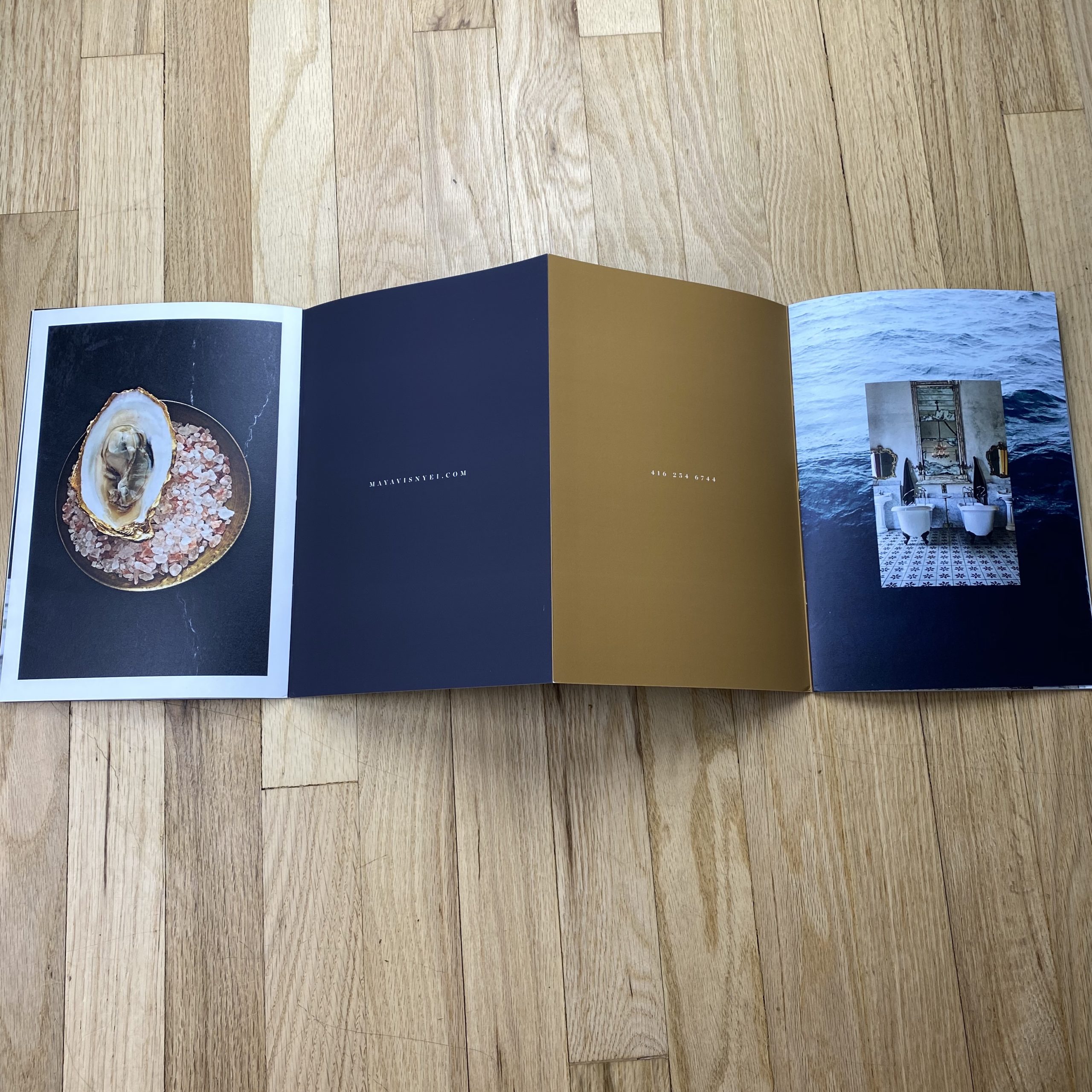Aimee Baldridge, Wondeful Machine
Want to rent some gear, get a permit to shoot in the park, or hire an assistant as an employee?
You’ll need to get insurance for that — equipment, general liability, and worker’s compensation, to be exact. While you’re at it, pick up some coverage for the gear you own (equipment again), any studio equipment you have (business personal property), and the medical bills for anyone who might ever take a spill on set (general liability).
But don’t stop there. Getting a data loss policy to help you recover work you’ve done might be smart. Covering the work you haven’t done is prudent too, since unhappy clients sometimes sue for errors and omissions. If something goes sideways and you can’t do any work at all, it’s great to have a business interruption policy that covers loss of income. And if things go sideways abroad, you’ll be glad to have an international liability policy, a non-owned and hired auto liability policy, or an emergency medical evacuation policy, as the case may be.
You get the idea. Insurance is available for just about everything and everyone you can have, use, do, or interact with as a photographer, and you’ll need some of it to be in business. Fortunately, by tailoring the types of coverage you purchase to the kind of photography you do (and finding a provider who can package it for you at a reasonable price), you can avoid being bankrupted by either losses or premium costs.
Types of Insurance
EQUIPMENT
What it covers: Gear that you own or rent. Each item you own must be listed in the policy in order to be covered. Make sure to include both photo/video and computer gear. If you use a rental house, you will usually need to provide a certificate of insurance from your insurance provider that covers the full replacement value of rented gear and names the rental house as the Certificate Holder or Loss Payee.
How much you need: A policy that covers the full replacement cost of your gear is best. Some policies pay out only what the insurer determines the lost or damaged gear was worth after depreciation.
The fine print: Make sure your policy covers every cause of equipment loss and damage you might encounter, from theft and accidental damage to weather and environmental conditions. An all-risk policy will cover all causes except for those named as exclusions, whereas a named-risk policy will cover only the causes that are explicitly named in the policy. Also check the locations covered. Worldwide coverage is obviously best. Look for a policy that covers gear stolen from vehicles, too. And use a provider that can supply certificates of insurance quickly.
Look out for: Policy exclusions. These are uses or items that make a loss ineligible for coverage under the policy. Examples include things like shooting near water, with gear mounted to a vehicle, or with a drone.
BUSINESS PERSONAL PROPERTY
What it covers: The contents of your studio or office space, including things like furniture, electronics, set elements, wardrobe items, and props.
How much you need: A policy that covers the full replacement cost of your property is best. Some policies pay out only what the insurer determines the lost or damaged property was worth after depreciation.
The fine print: Business personal property can be covered under its own policy, as part of a commercial property insurance policy that also covers the facility that you own or rent or as part of a business owner’s policy that also includes equipment and liability coverage. Look at different providers to find the best package for your situation.
Look out for: Policy exclusions. These are causes for loss or damage that make property ineligible for coverage under the policy. Flooding is a typical example. You should purchase flood insurance separately if that’s a risk.
PROFESSIONAL LIABILITY
What it covers: A dissatisfied client can sue you for “errors and omissions” in the work you produce, which can mean anything from missing a deadline to shooting out of focus to flubbing a key shot. Professional liability insurance will cover the cost of legal fees, settlements, and judgments.
How much you need: $1,000,000 or more. Getting sued can be pricey, even if you win.
The fine print: Coverage is offered with either a “claims-made” or an “occurrence-based” policy. An occurrence-based policy will cover any liability incurred when the policy was active, even if you don’t have the policy anymore when you get sued and have to make the claim. A claims-made policy will only cover a liability if the policy is still active when you make the claim.
Look out for: Make sure you understand your coverage limits, which can be listed per incident or as a total for all claims.
GENERAL LIABILITY
What it covers: Your legal and court fees, defense costs, settlement, and judgment amounts, and other costs in the event that someone sues you for property damage or bodily injury occurring at your studio or on location, defamation, slander, or libel. Locations and venues may require you to be insured to shoot there.
How much you need: $1,000,000 or more. Again, getting sued can be pricey, even if you win, and locations that request a certificate of insurance will usually require a $1,000,000 policy minimum.
The fine print: Make sure your policy covers the types of locations where you’ll shoot outside of your studio. Also use a provider that can supply certificates of insurance quickly.
Look out for: If you work in international markets, consider an international liability policy. If you have employees or hire independent contractors, you may need worker’s compensation insurance to cover liabilities incurred through the actions of people working for you.
BUSINESS INCOME INTERRUPTION
What it covers: Income lost due to an interruption in your ability to do business, as well as costs for temporary relocations and operating costs due to the interruption. The interruption can be an incident such as a blackout, fire, or weather event.
How much you need: The limit of your coverage will be based on an estimate of your future earnings. Your policy should cover up to a year of costs and losses related to a business interruption.
The fine print: Business income interruption insurance generally doesn’t cover income lost due to personal illness or injury. Short-term or long-term disability insurance can be purchased separately.
Look out for: Coinsurance penalties. If you purchase less insurance than your provider determines would be required for you to recover from a total loss—say, if your studio and everything in it was destroyed by a fire—you may not receive full coverage in the event of any claim. Ask about the details on coinsurance penalties before you pay for a policy.
TRAVEL MEDICAL
What it covers: Medical care abroad, where your usual medical insurance can’t be used; and emergency medical evacuation, which generally means a flight home on a plane with medical staff and equipment.
How much you need: This depends on how often you travel for work, where you go, and how much risk of illness or injury you expect to encounter there. Purchasing insurance for each trip as needed can be an affordable route for infrequent travelers. Emergency medical evacuation insurance can be purchased on its own to cover only the most serious situations.
The fine print: Medical evacuation isn’t the same as general evacuation insurance. If you’ll be working in a conflict zone where you might need evacuation for non-medical reasons, look for a general evacuation policy.
Look out for: Policy exclusions. These are conditions that disqualify you for coverage. Things like being a combatant or the victim of a weapon of mass destruction are typical exclusions that you probably don’t have to worry about, but make sure the conditions you expect to encounter aren’t on the list.
WORKERS’ COMPENSATION
What it covers: The medical expenses and some part of the lost wages of an employee who is injured while working for you.
How much you need: This will depend on your location and the specifics of your business.
The fine print: Look for a policy that also protects you from lawsuits related to injuries.
Look out for: Workers’ compensation is often required by law. Get up to speed on state and local requirements before hiring anyone or purchasing a policy.
NON-OWNED AND HIRED AUTO LIABILITY
What it covers: Auto liability for rented and employee vehicles that you use for work.
How much you need: This type of insurance is very affordable, especially as an addition to a business owner’s policy, so opt for the maximum available.
The fine print: This type of insurance generally covers only liability and not physical damage to vehicles. Make sure physical damage to the vehicles you use is covered by other policies.
Look out for: If an employee rents a vehicle under his or her own name for use on a shoot, has an incident, and gets sued for it, the liability may not be covered. If this might be an issue for you, ask about adding an Employee-Hired Auto endorsement to your policy.
Force Majeure
One very serious and timely consideration involves the famous “force majeure” clauses appending most insurance policies. Although at this point COVID-19 may no longer be considered force majeure, you will want to look into how this clause can affect the policy you are purchasing.
Ways to Save
Choosing insurance is always a question of balancing cost with risk. You want to protect yourself from financial disaster without spending more than your budget permits on premiums. If you’re at high risk for a loss or liability, it may make sense to pay a higher premium with a lower deductible.
There are a few ways you can reduce costs:
Join an association that offers discounted insurance to members. Many offer a range of options, from short-term insurance to packages of different types of insurance.
Purchase short-term insurance. If you can’t afford all the insurance you’d like year-round, you can find inexpensive policies for short periods when you’re on a riskier shoot.
Rent your gear through a peer-to-peer service that lets you purchase insurance with each rental instead of requiring you to have your own policy and insurance certificate.
Look for a Business Owner’s Policy. These policies bundle equipment, general liability, business personal property, and sometimes other types of insurance relevant to photographers in an affordable package.
Resources
INSURANCE COMPANIES
If you just need to insure a small amount of gear that you own, you can look into adding it to your renter’s or homeowner’s policy with a rider that lists each item and its value. Beyond that, companies that specialize in insurance for photographers will give you a better deal and packages that meet all of your needs. Here are a few:
PHOTOGRAPHERS’ ASSOCIATIONS
Professional associations for photographers often offer insurance packages at discounted rates, and some include certain types of insurance coverage in the cost of membership. Look for an organization geared toward the specific type of photography you do. Here are a few:
American Society of Media Photographers
Professional Photographers of America
SMALL BUSINESS, FREELANCER, AND PROFESSIONAL ASSOCIATIONS
Organizations that are not specifically geared toward photographers may still offer insurance discounts and benefits that will cover some or all of your needs, depending on the type of photography you do. Here are a few associations that offer insurance packages of interest to photographers:
PEER-TO-PEER GEAR RENTAL SITES
You’ll usually need to have equipment insurance and present a certificate of insurance in order to rent gear from a rental house. However, peer-to-peer gear rental sites like KitSplit and ShareGrid offer an alternative by allowing you to purchase short-term insurance when paying for the rental. ShareGrid also offers members annual insurance options.
Further reading:
https://www.pixpa.com/blog/photographer-insurance
https://photographyspark.com/5-types-of-insurance-every-photographer-needs/
